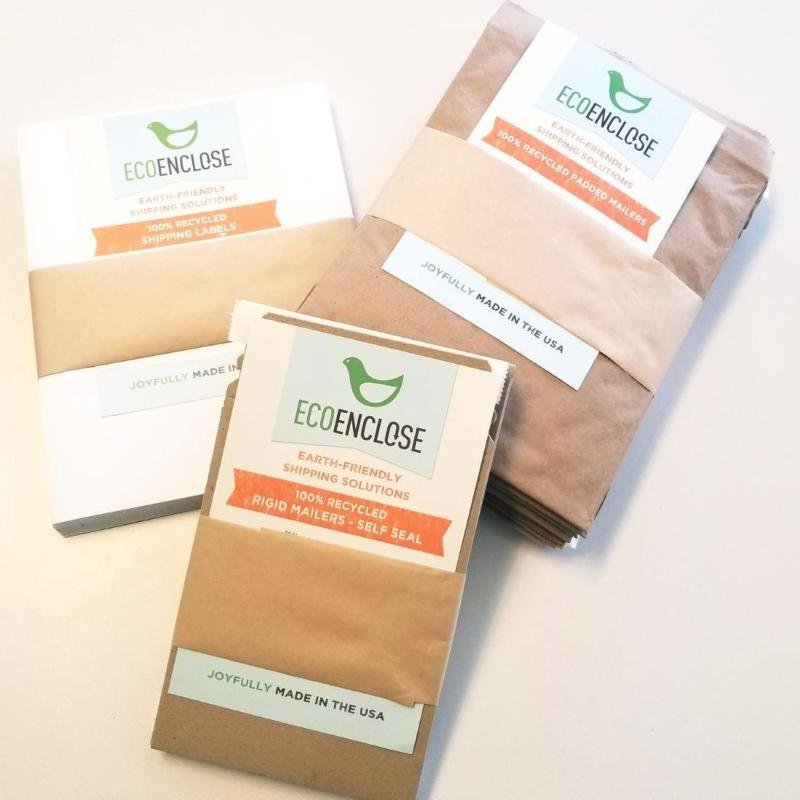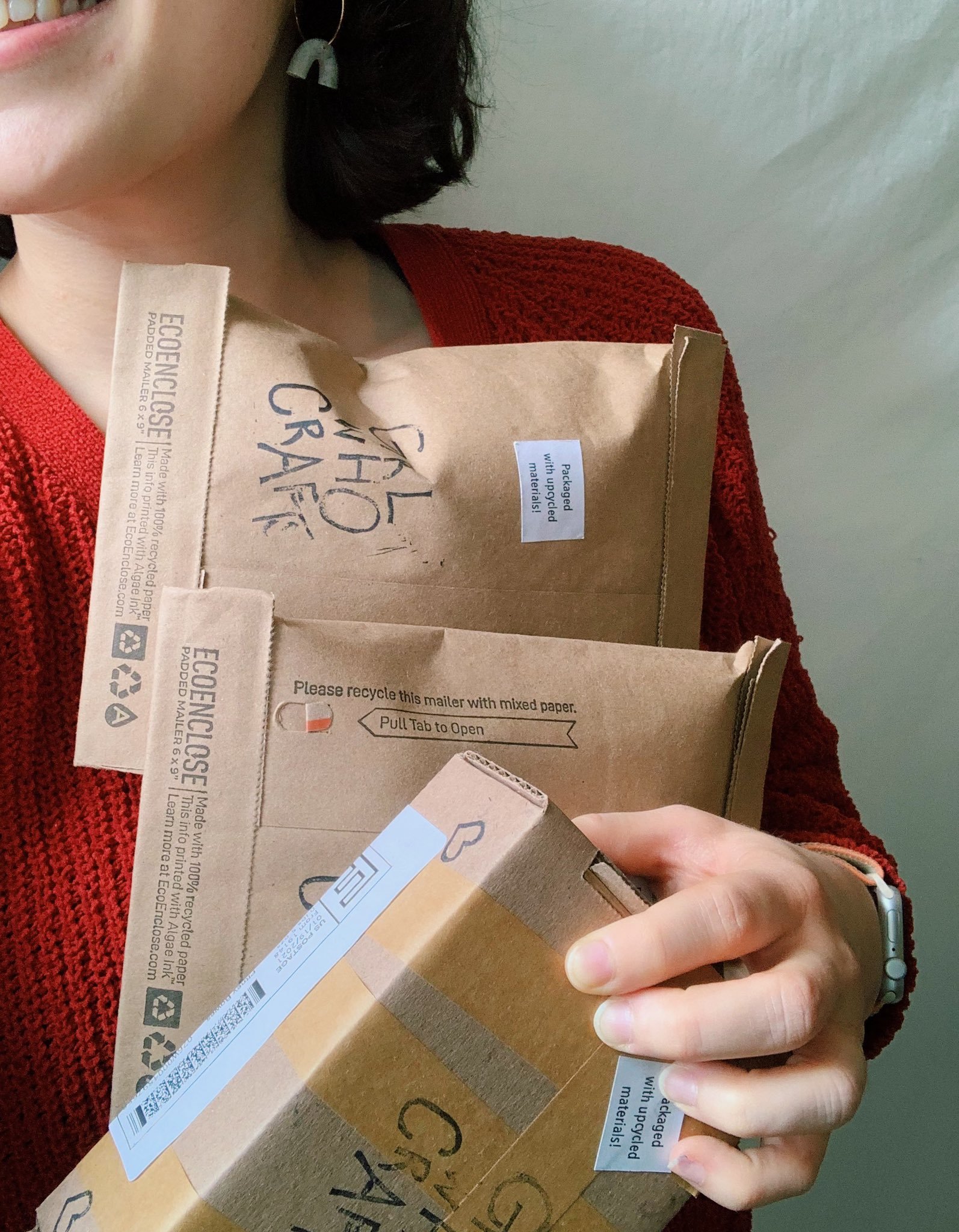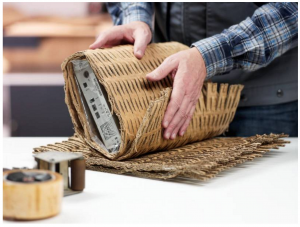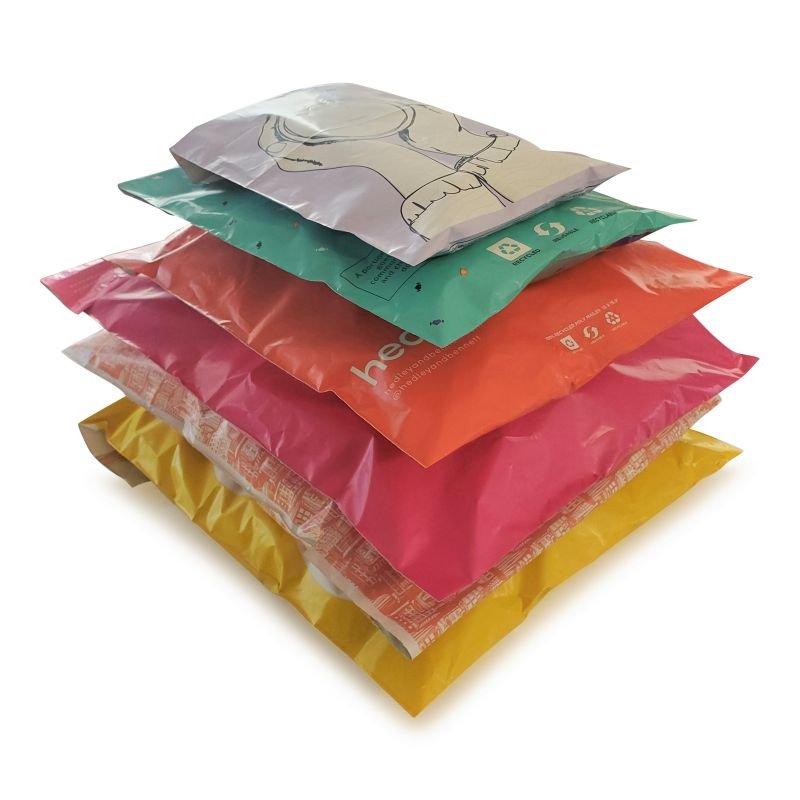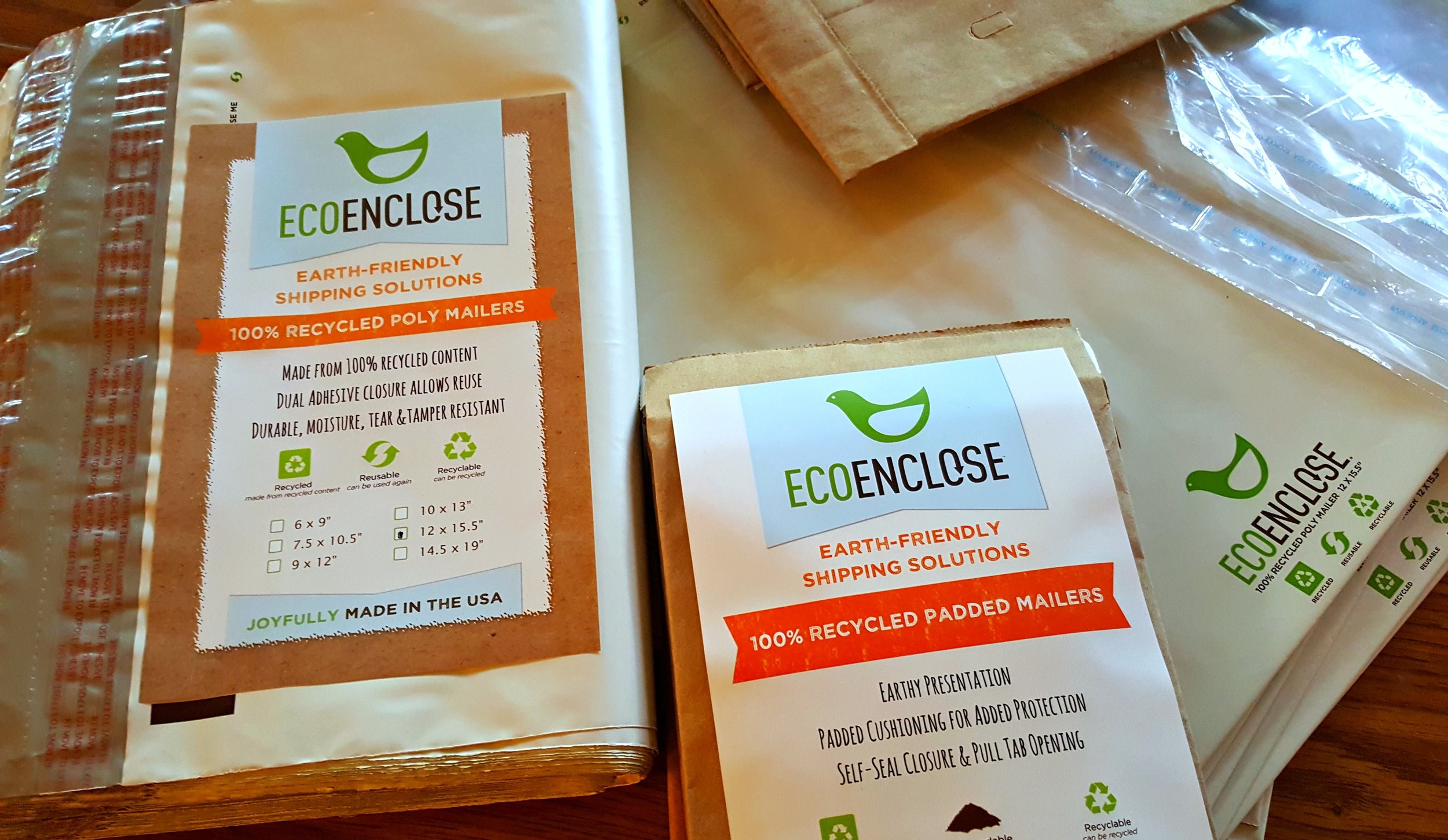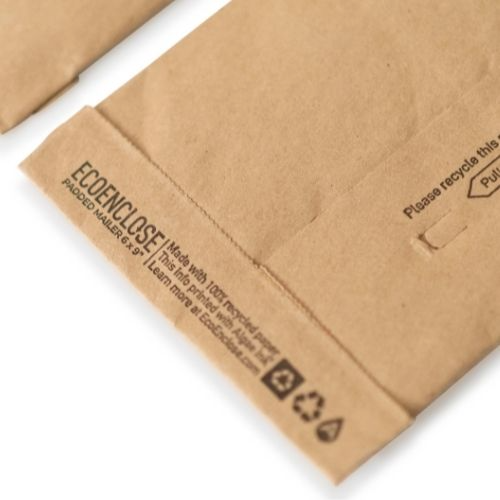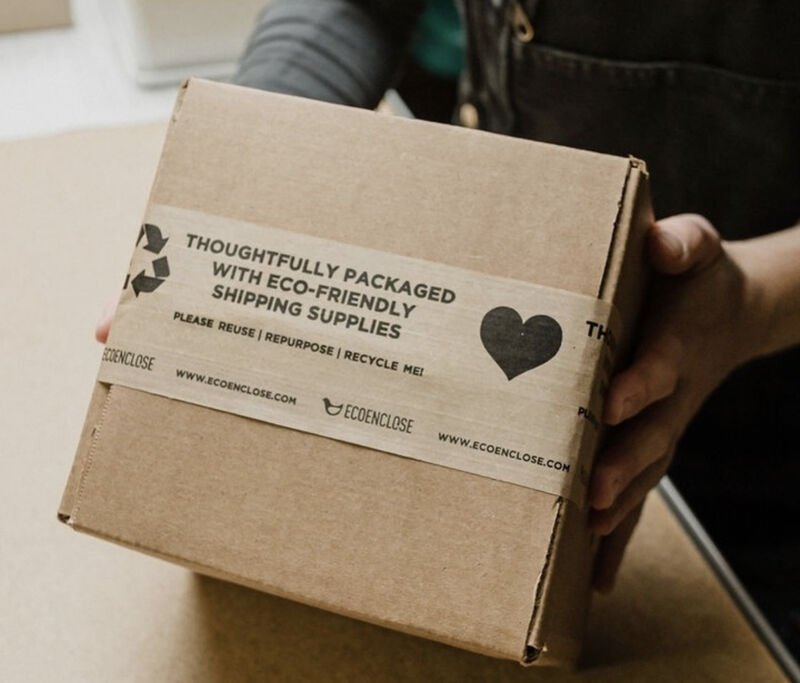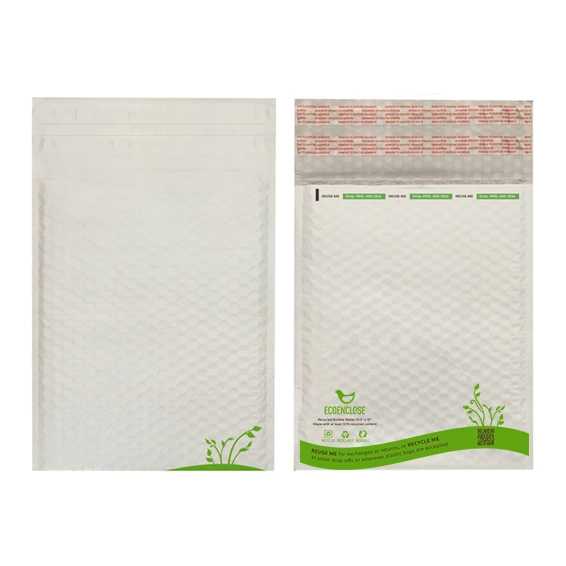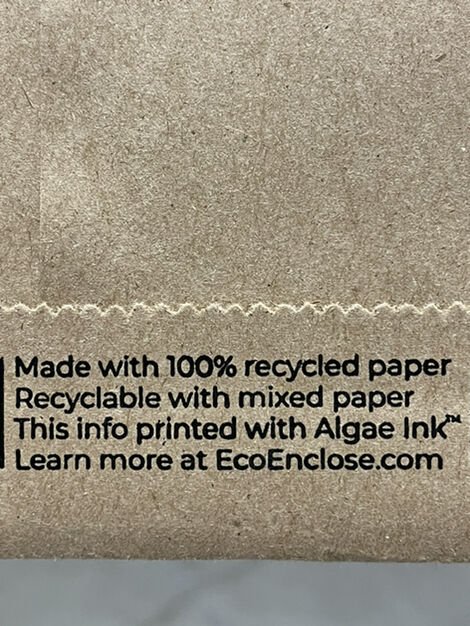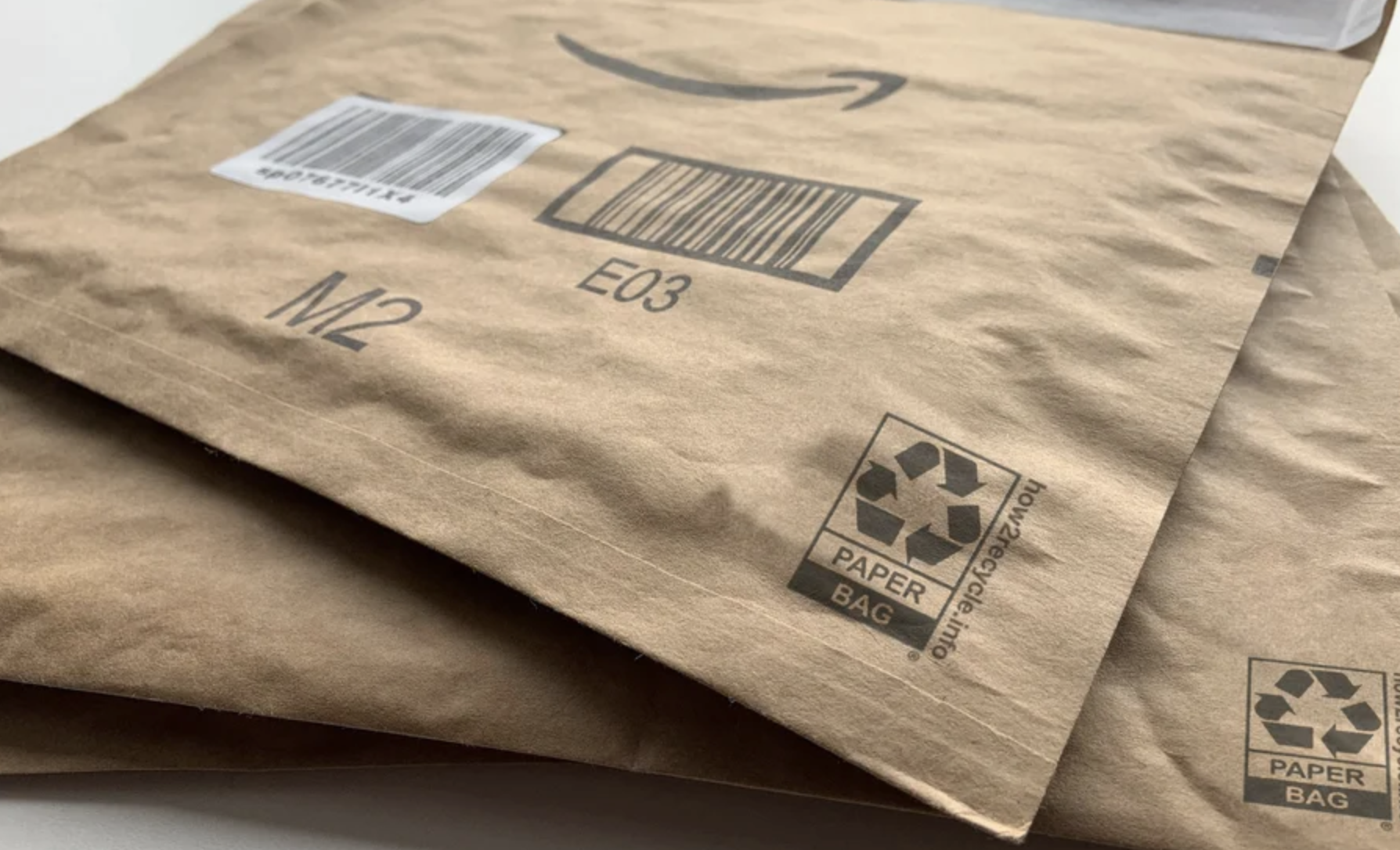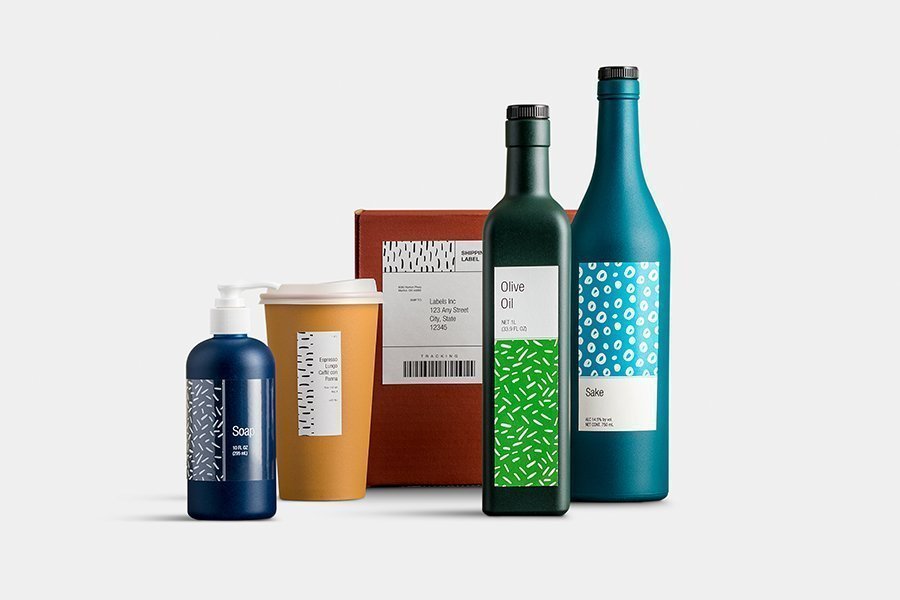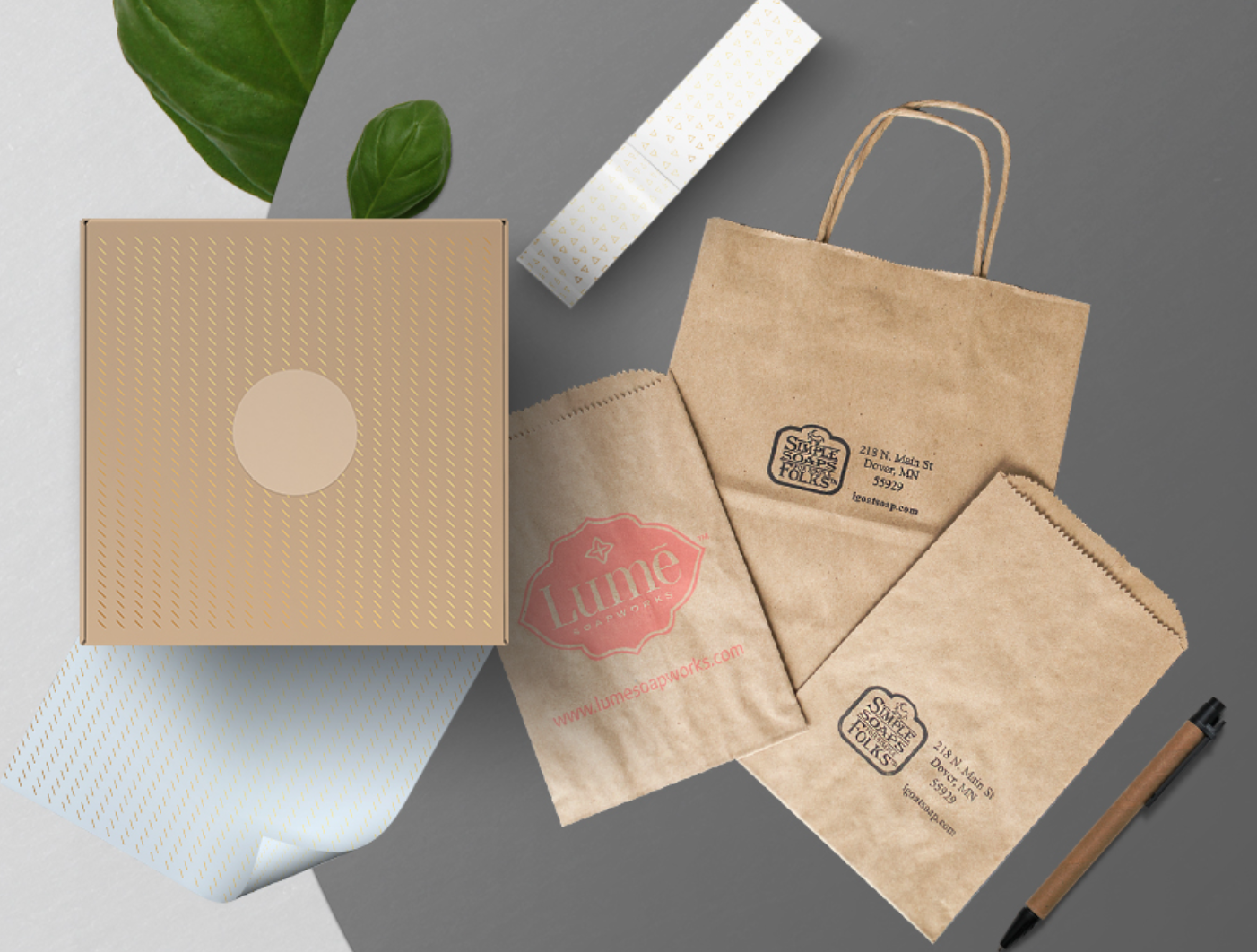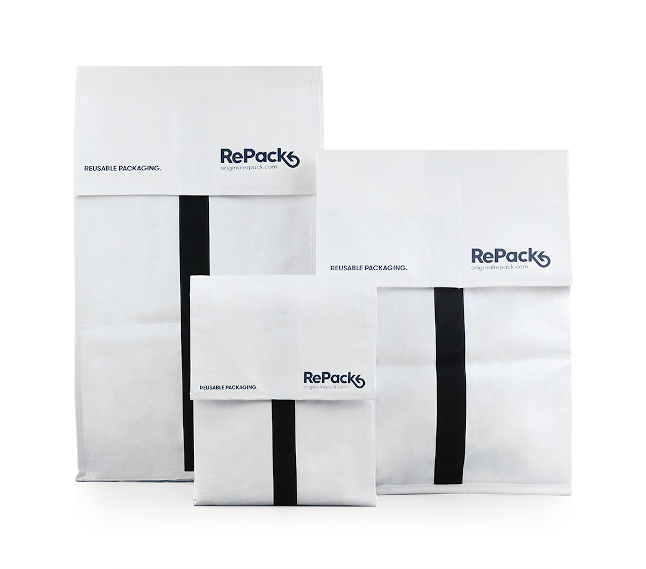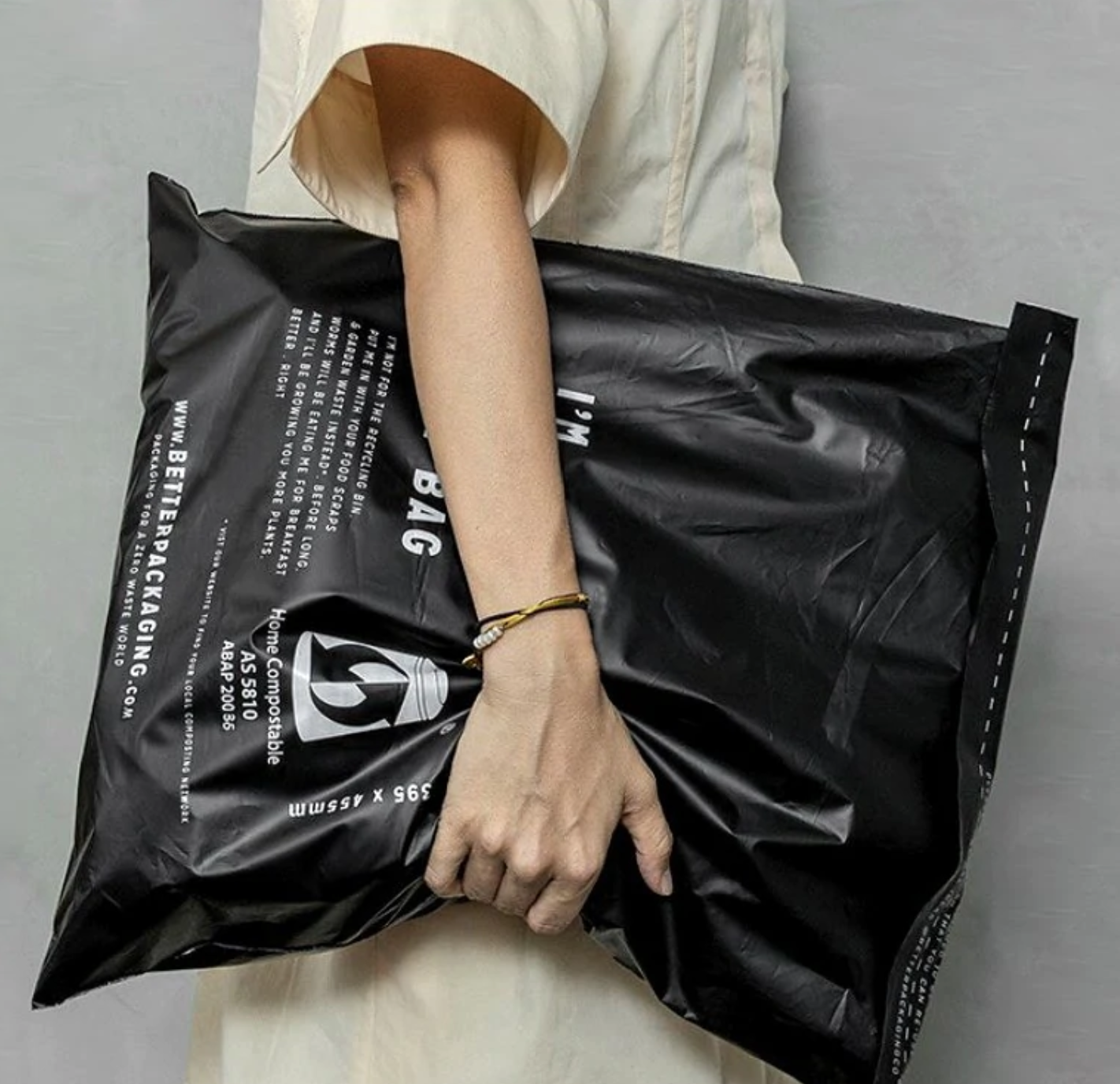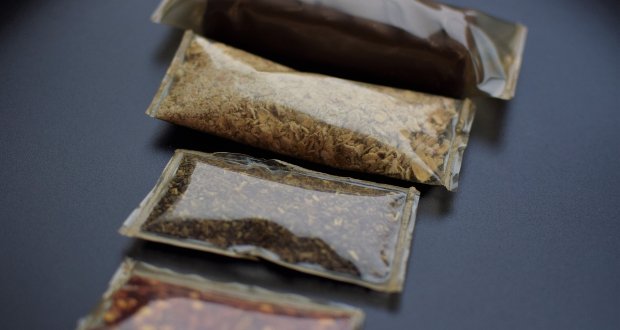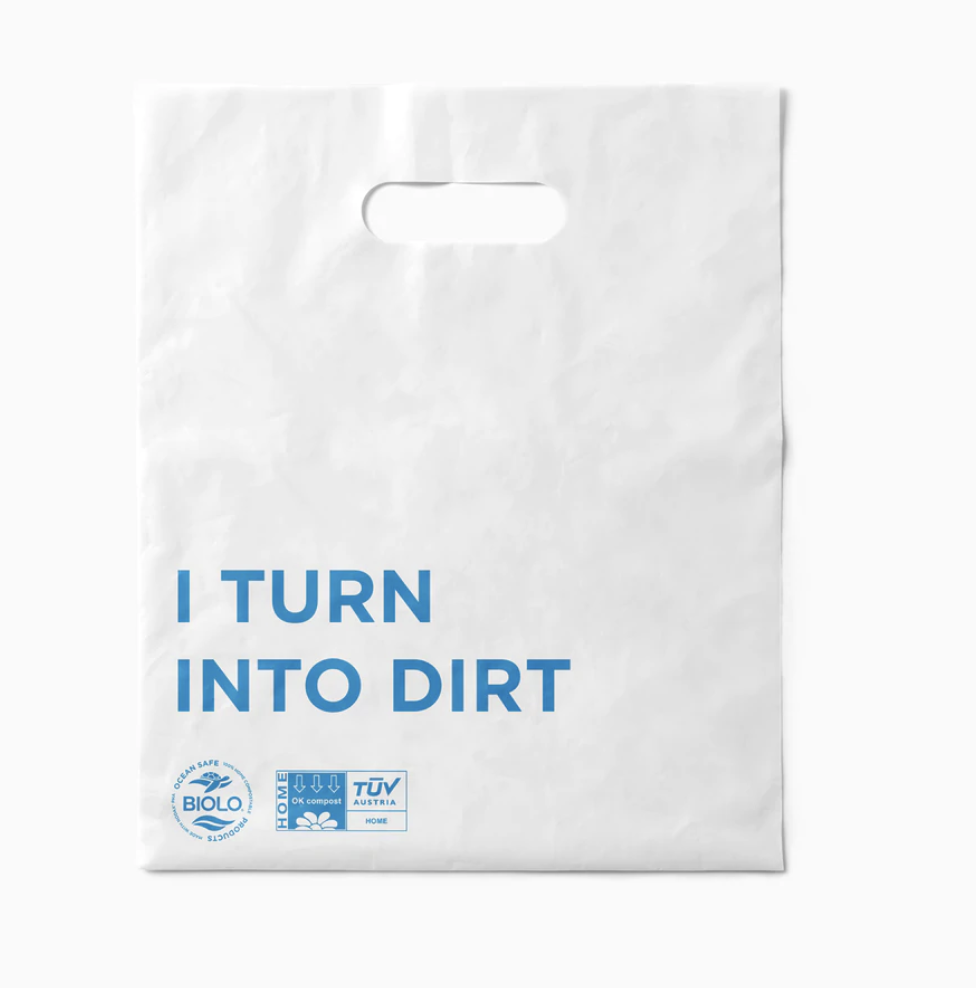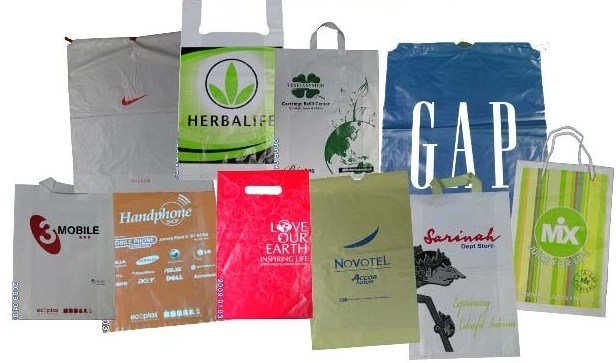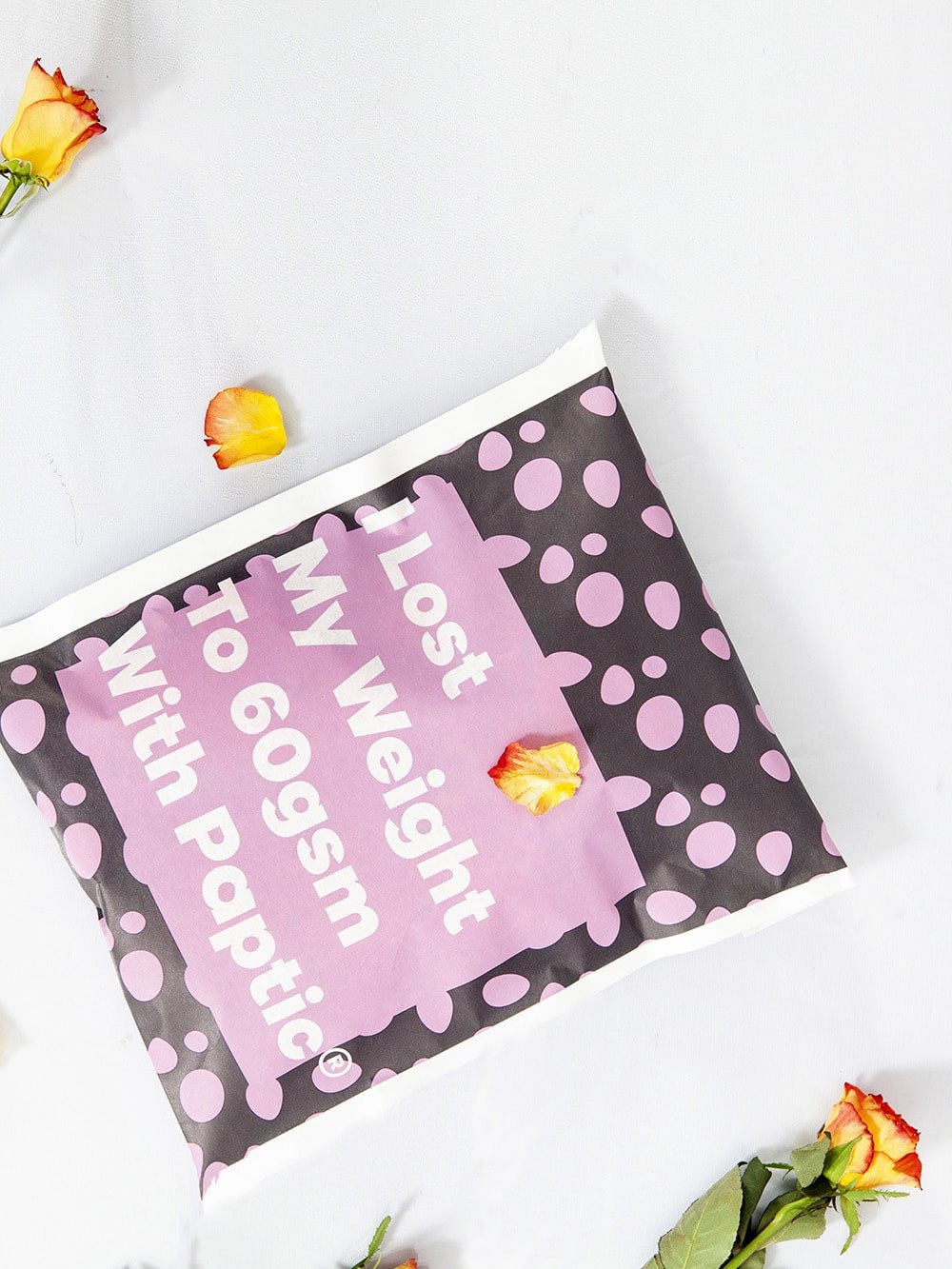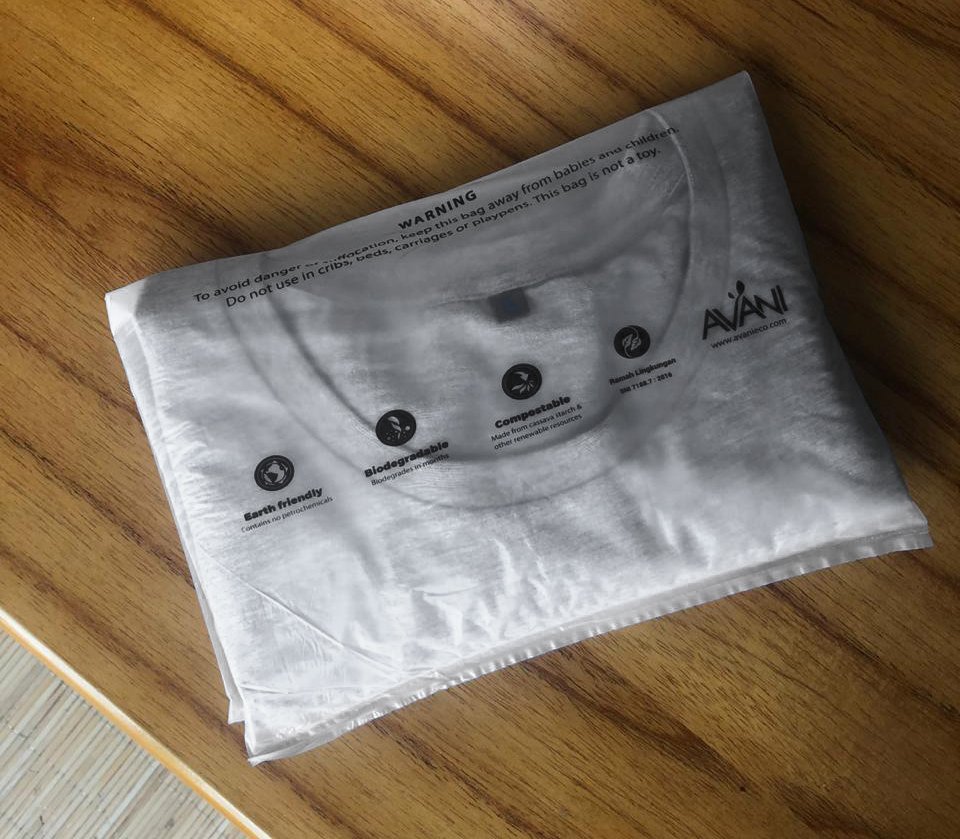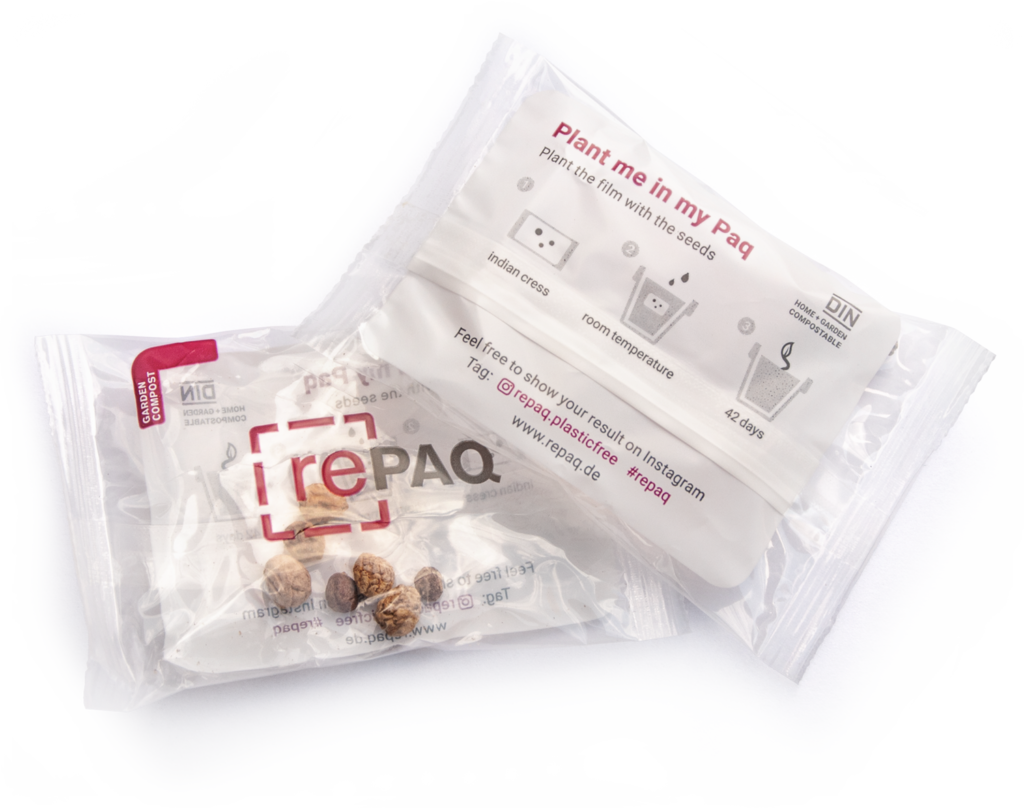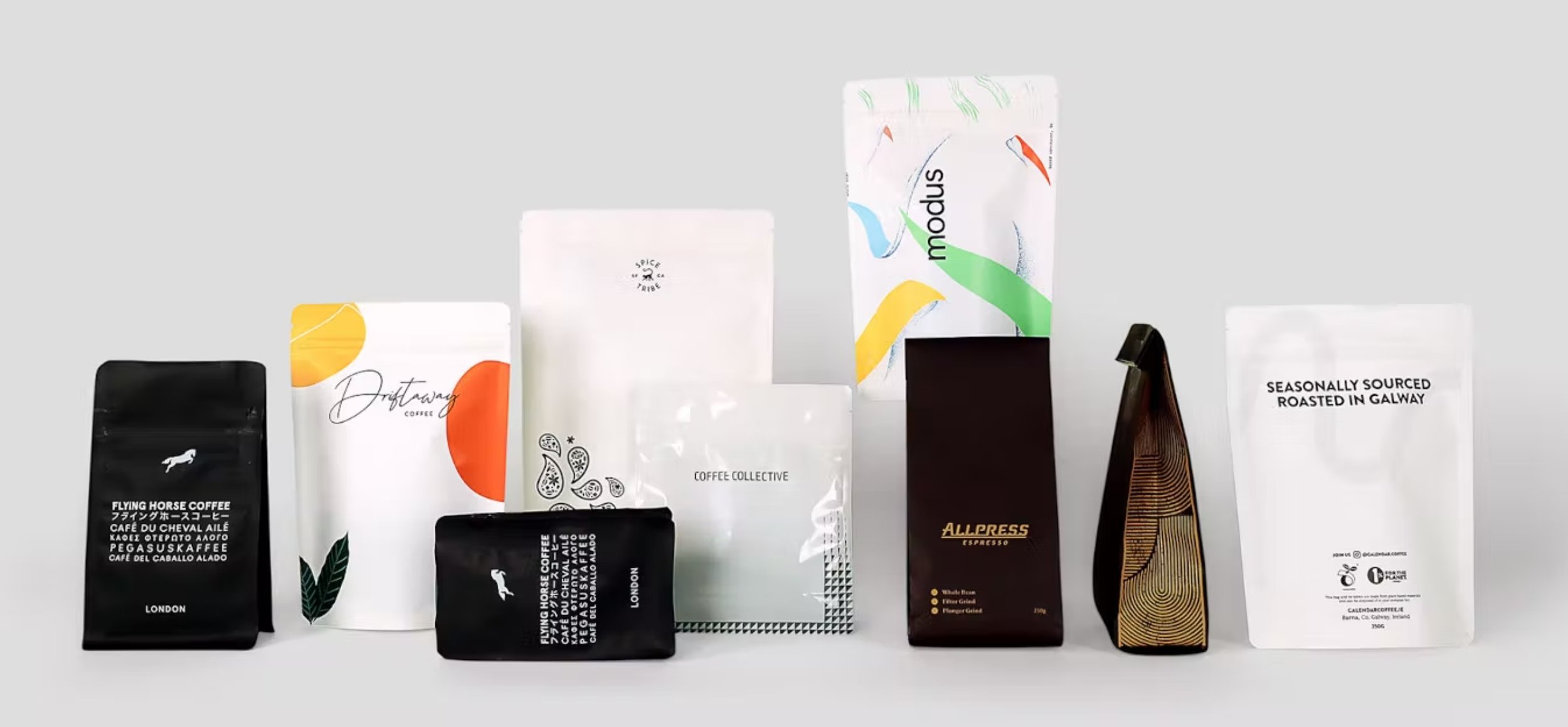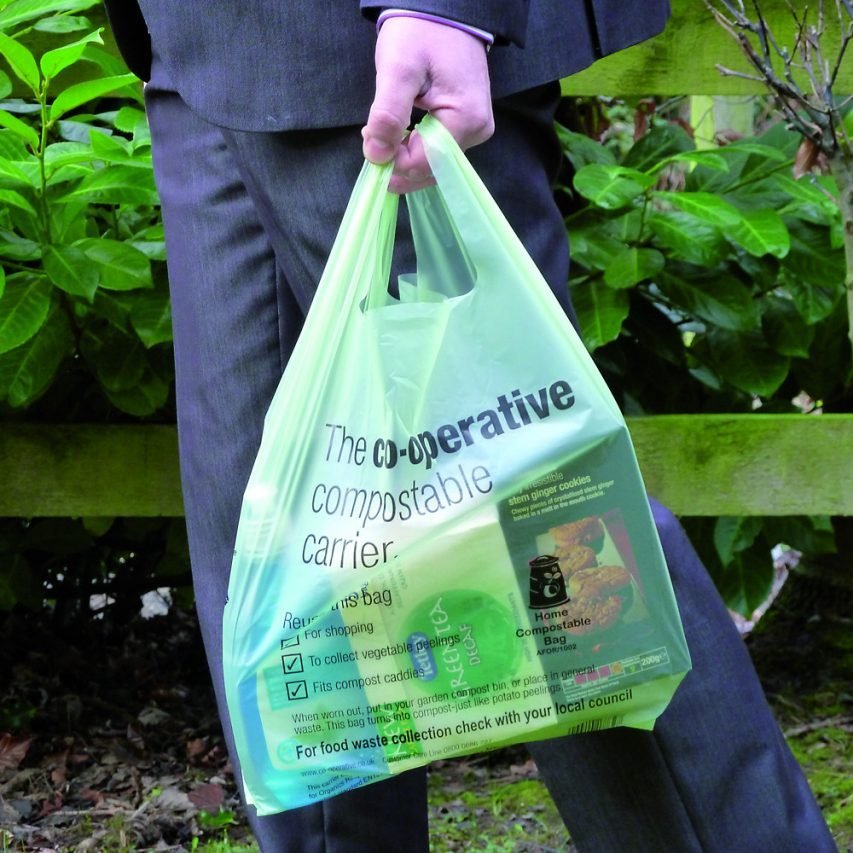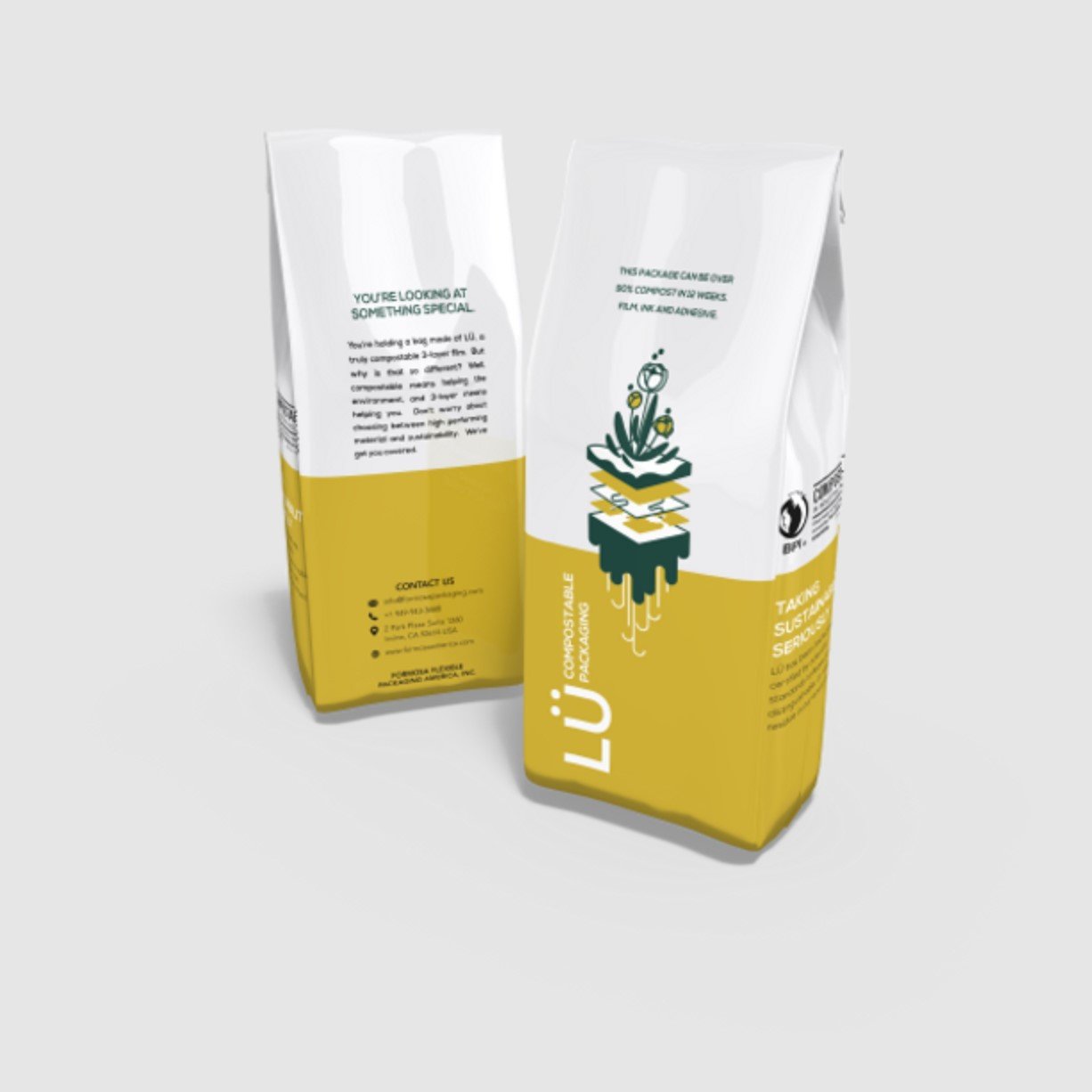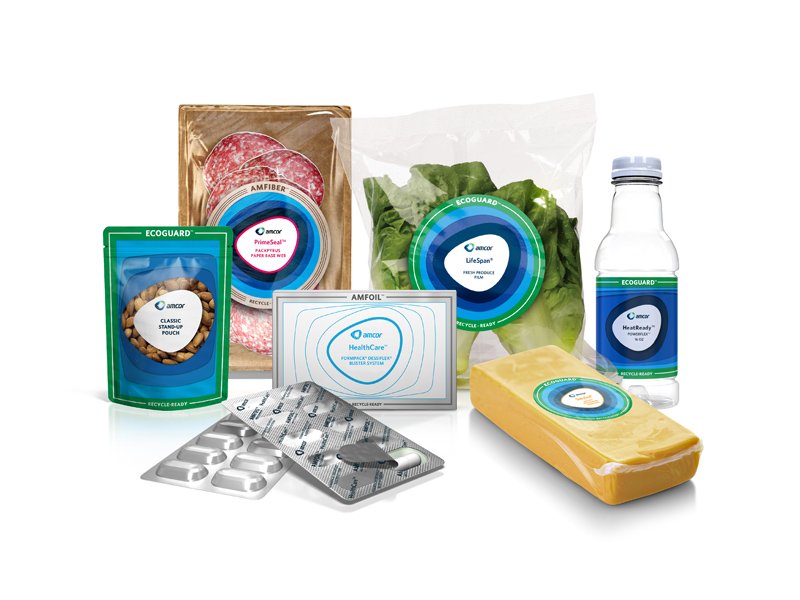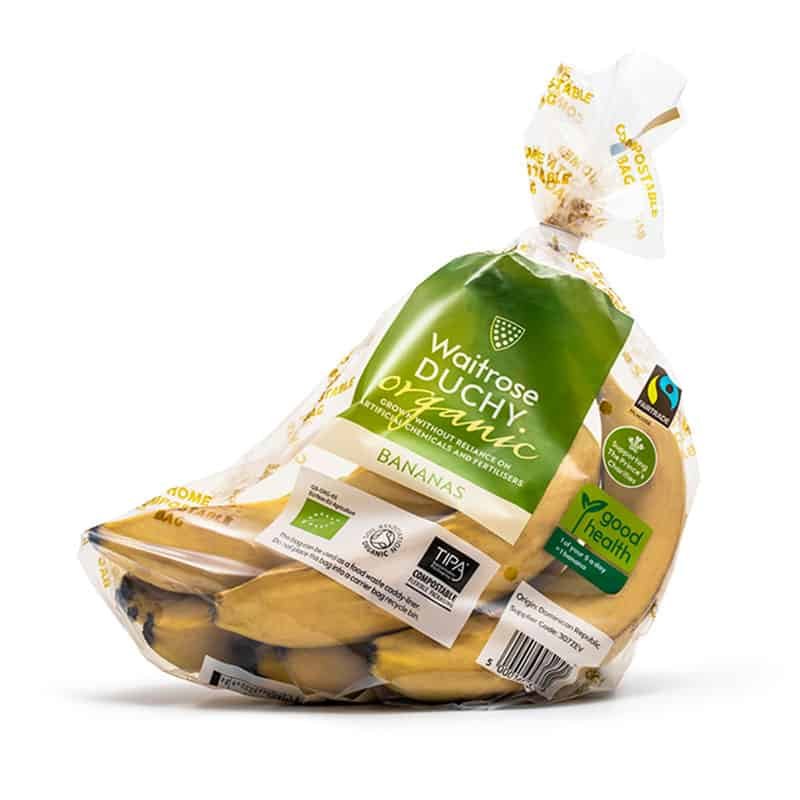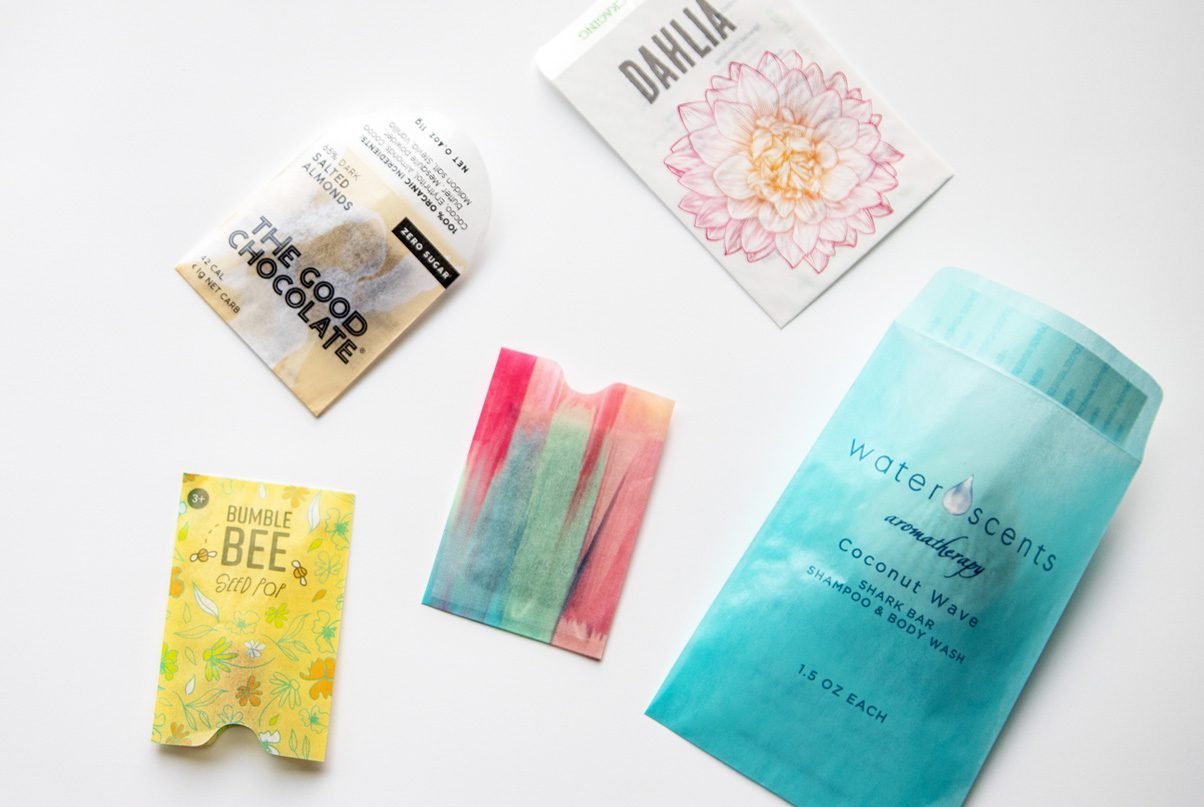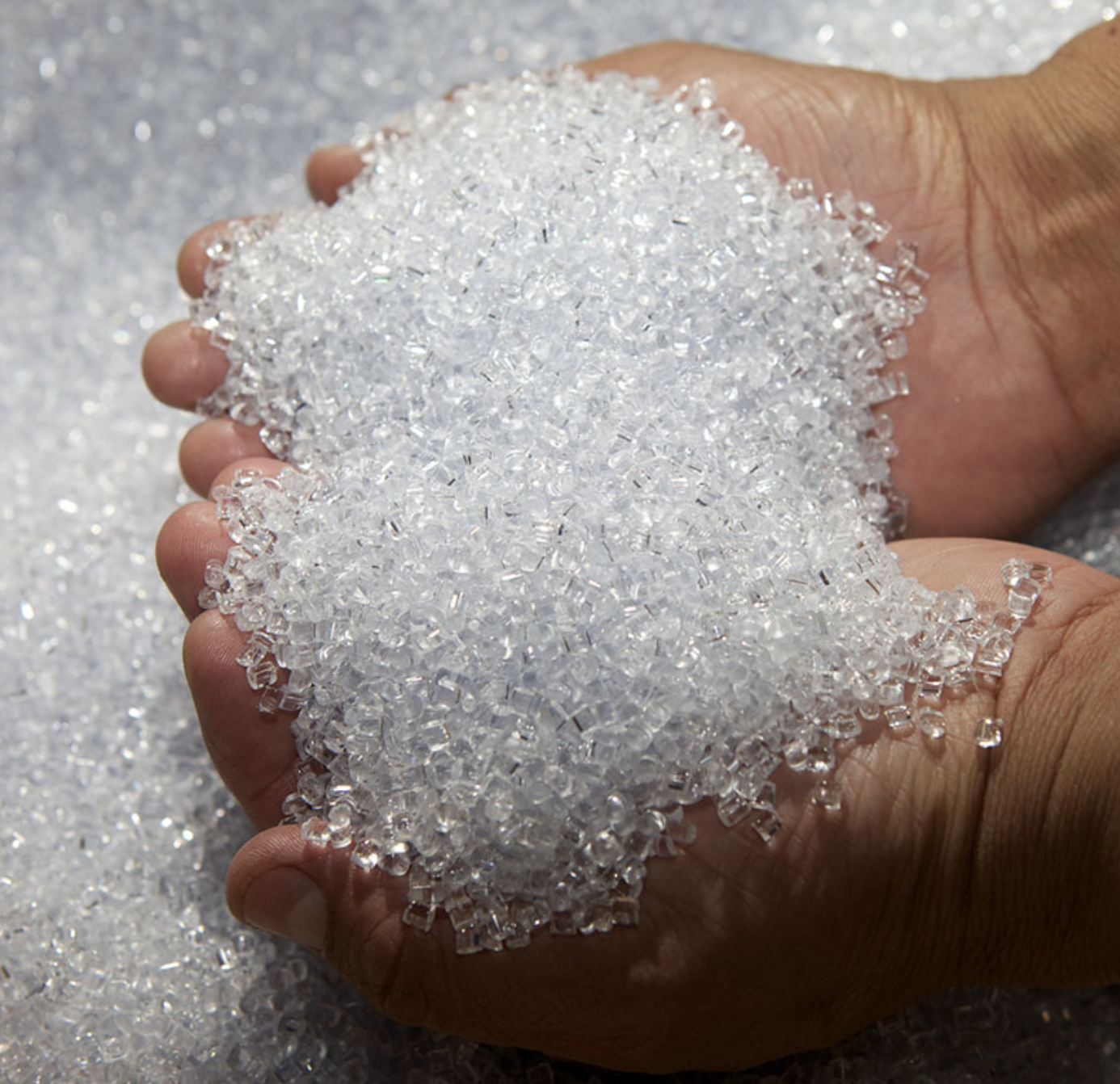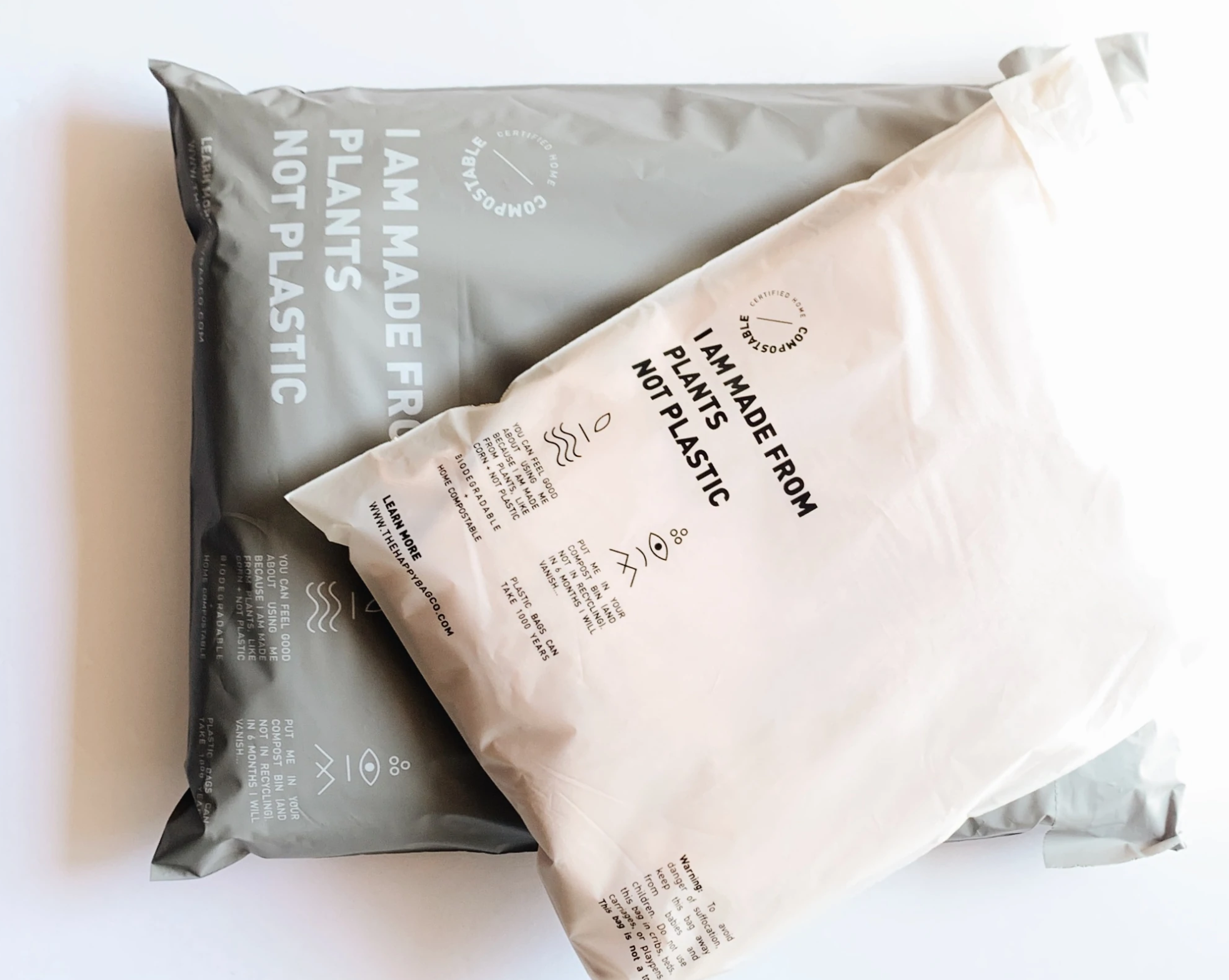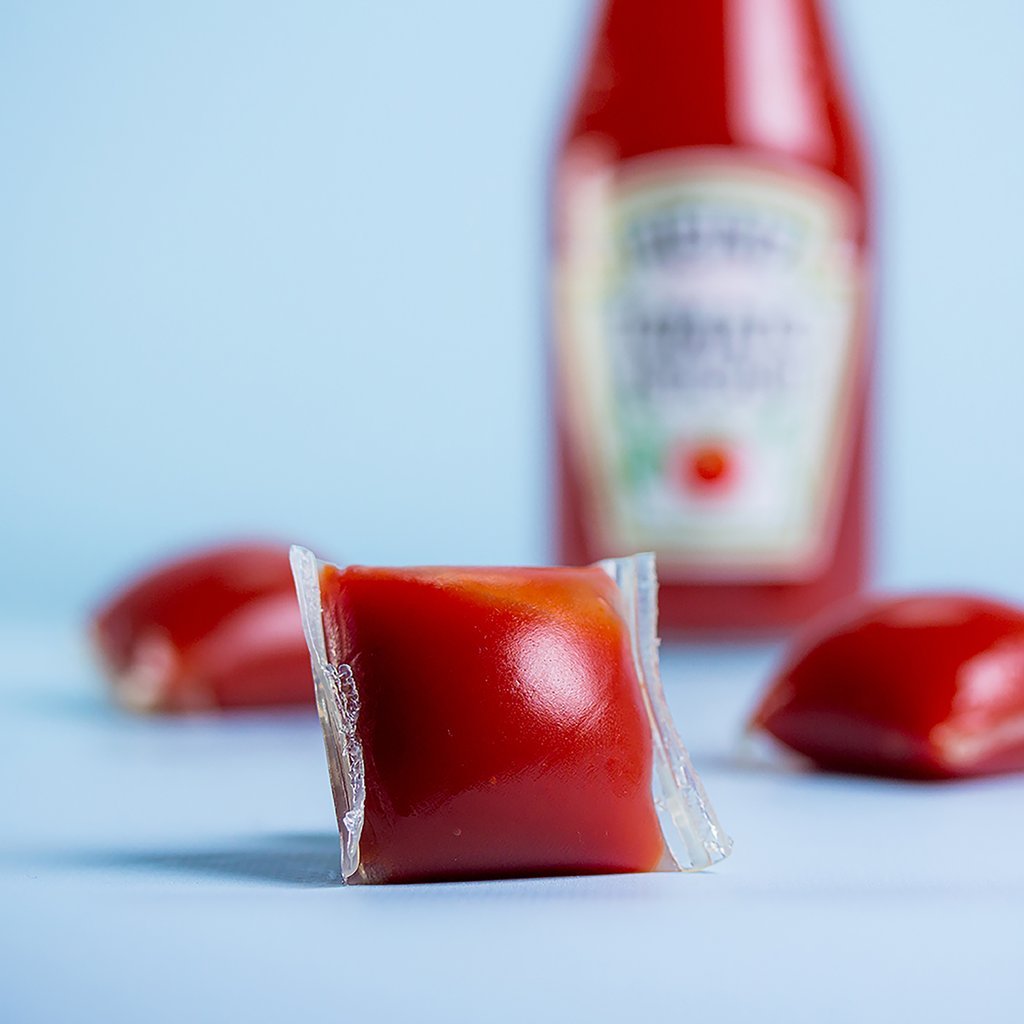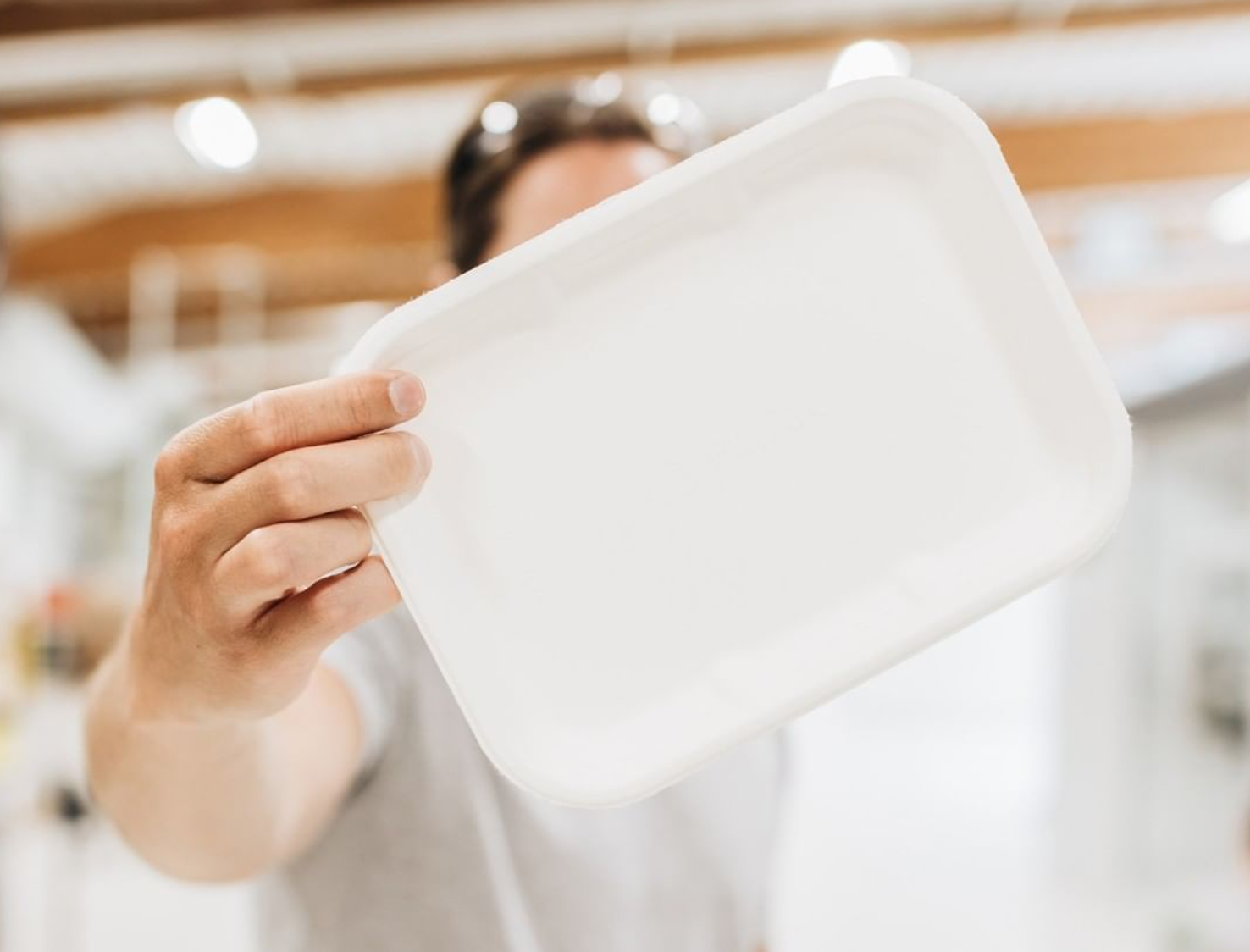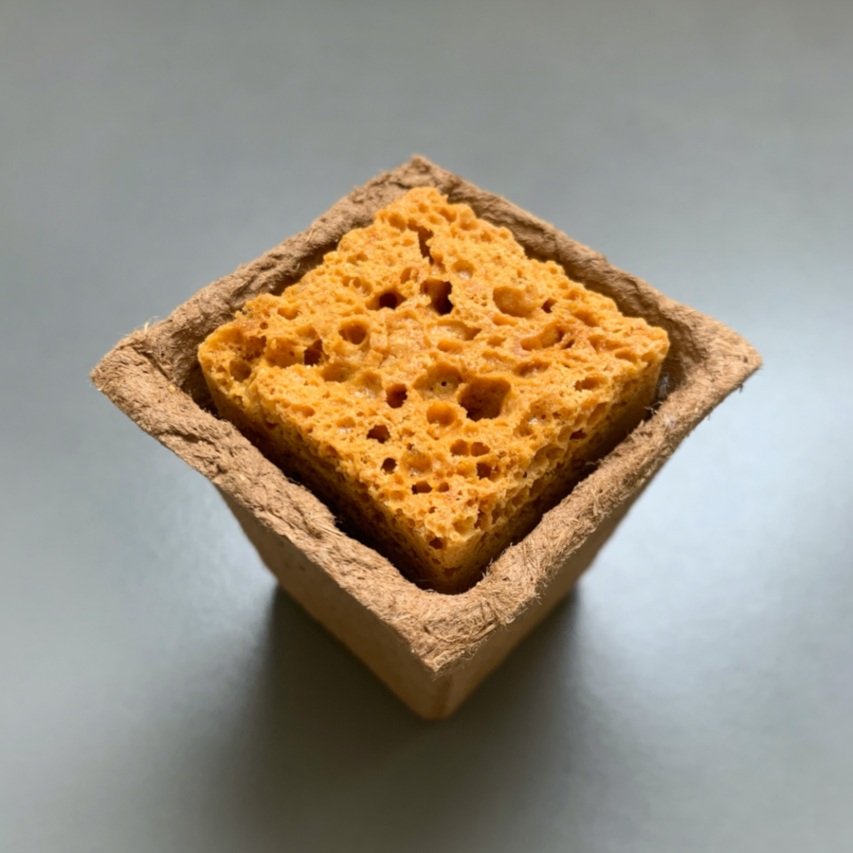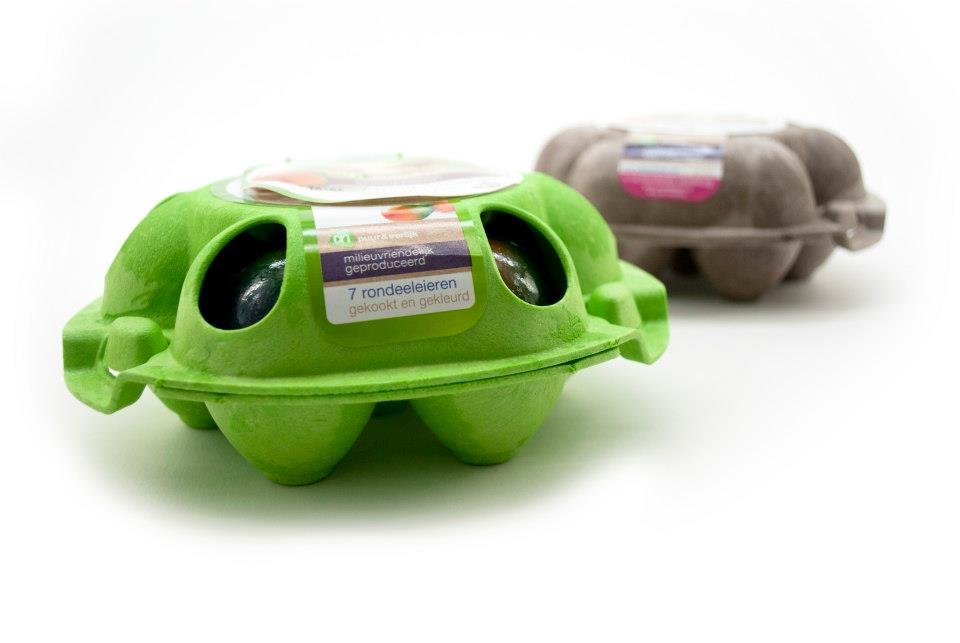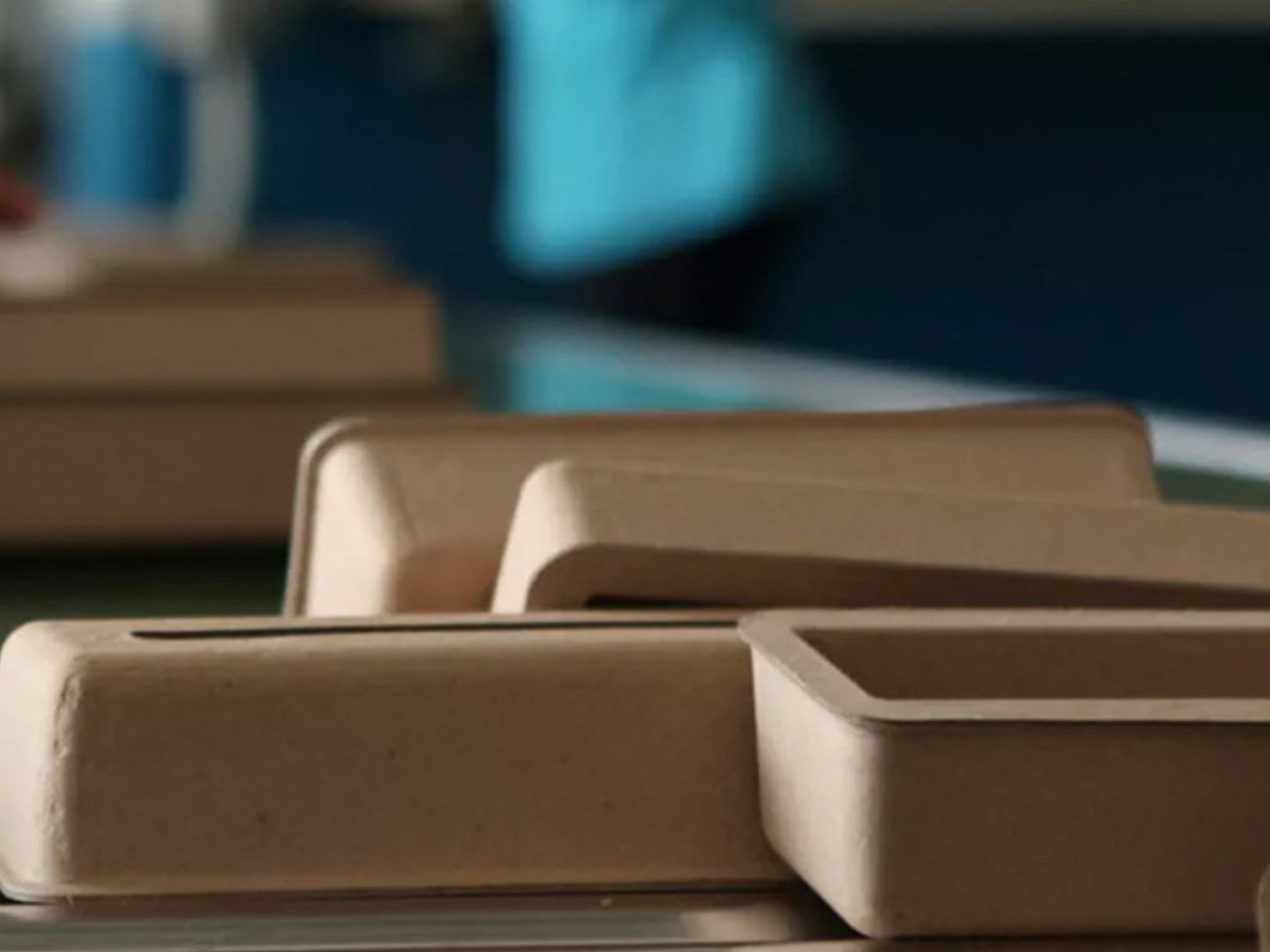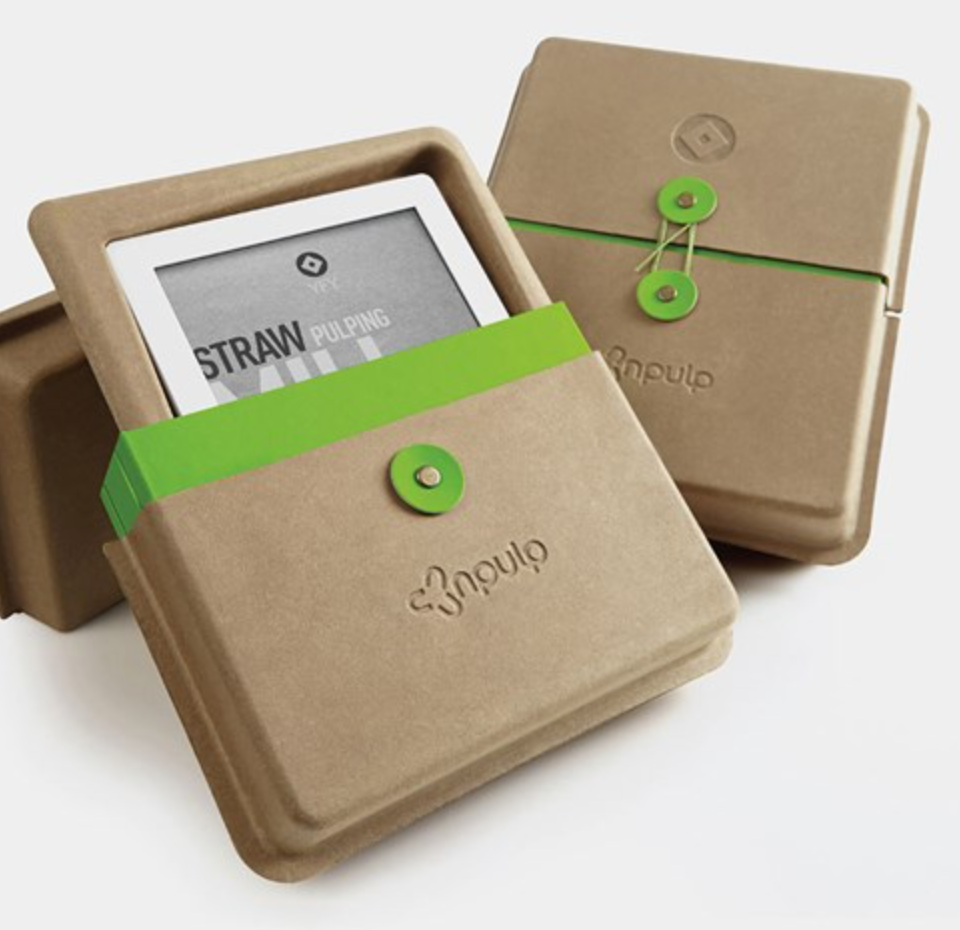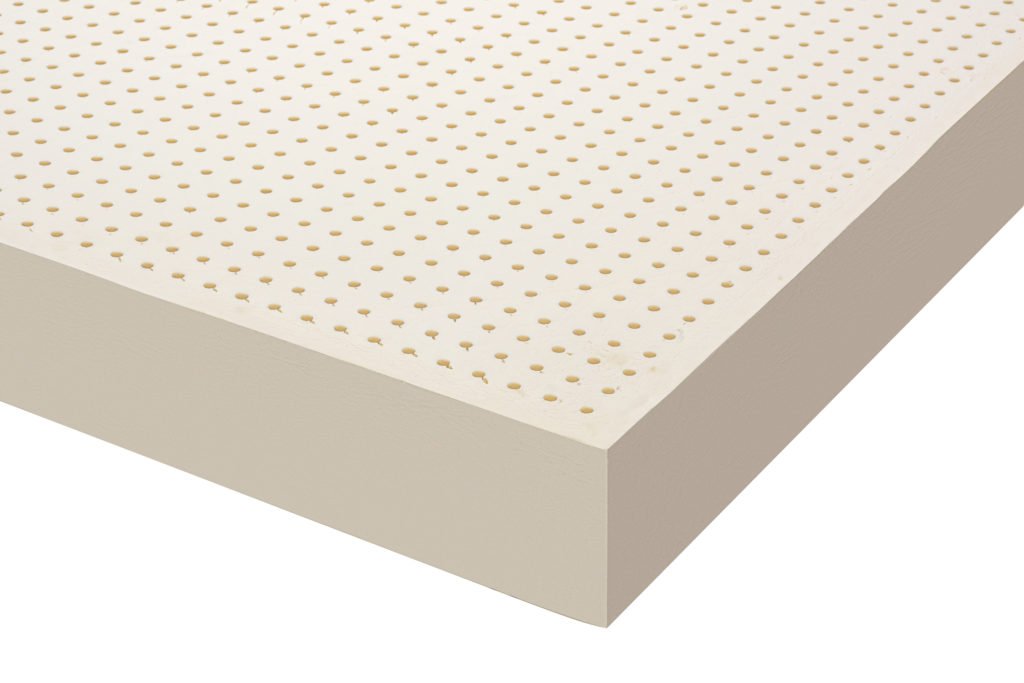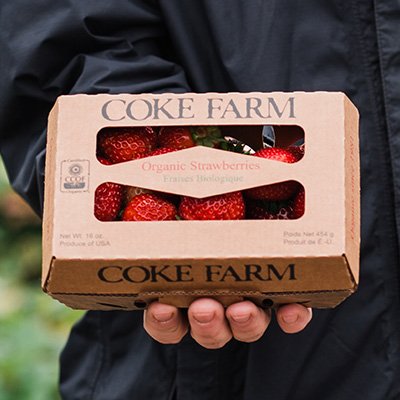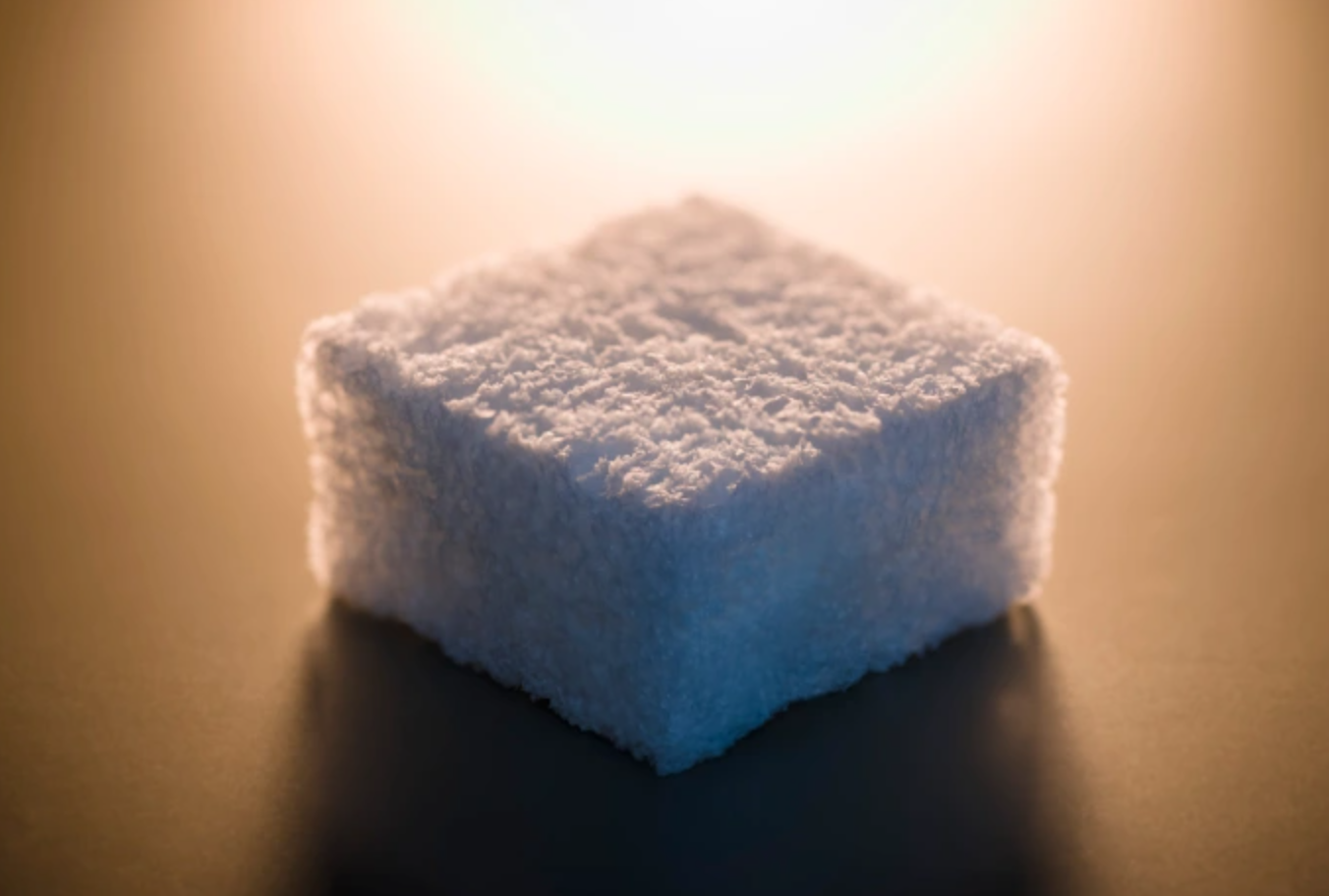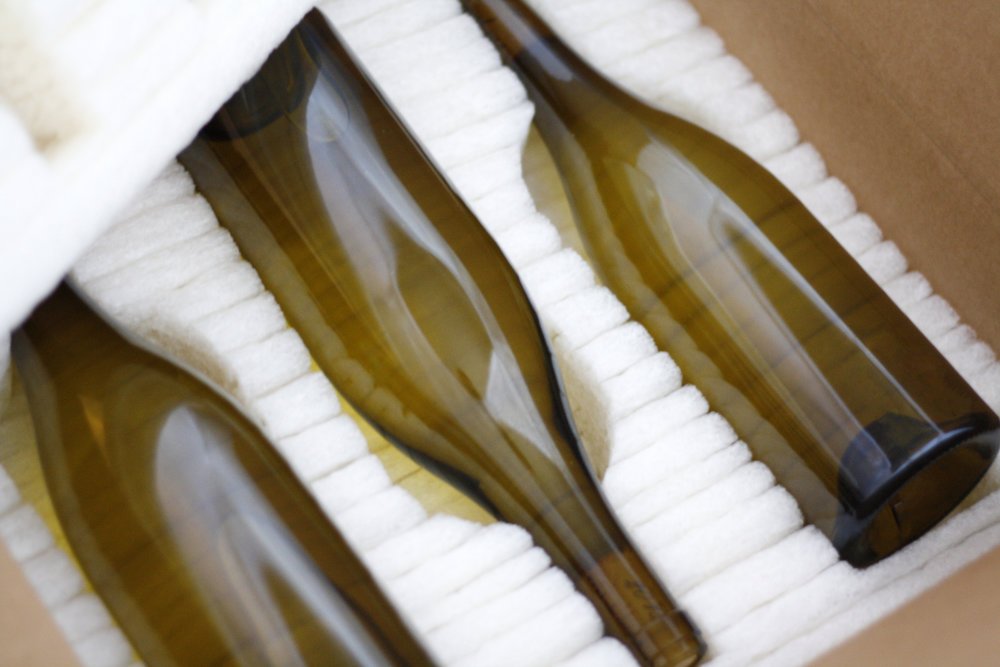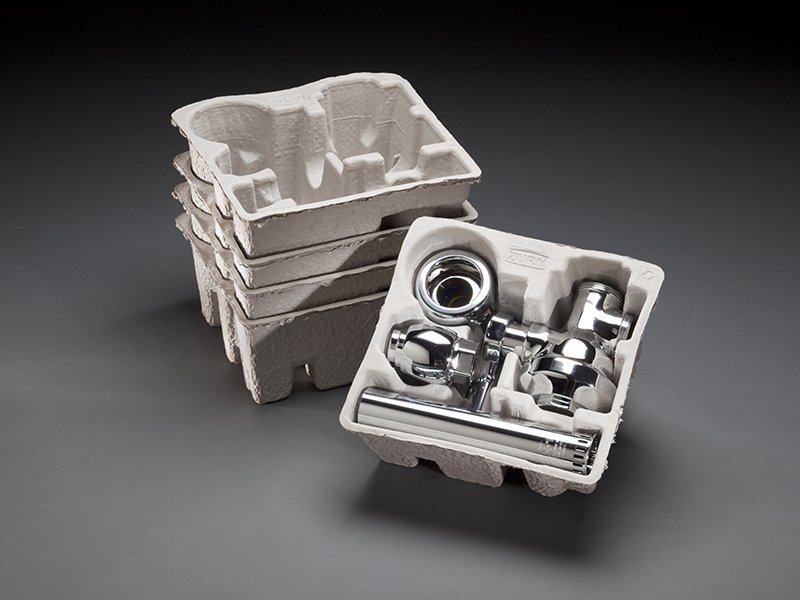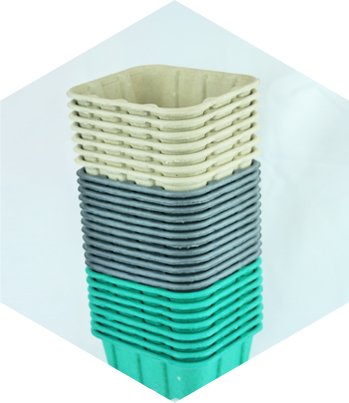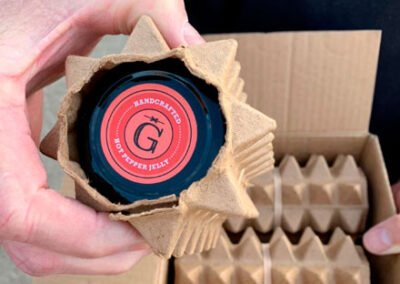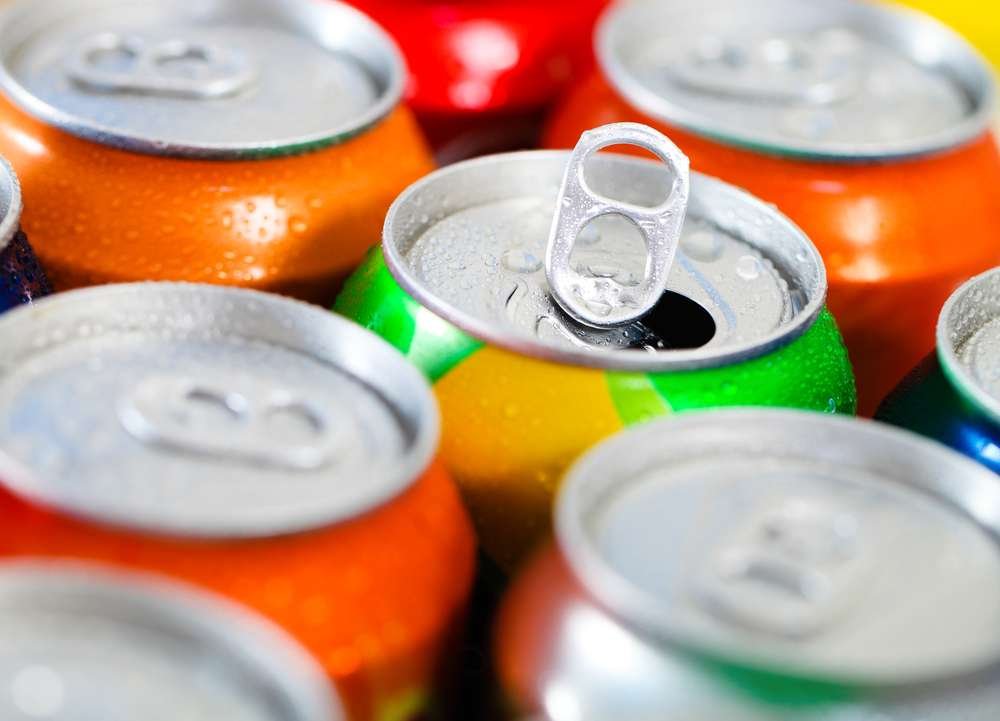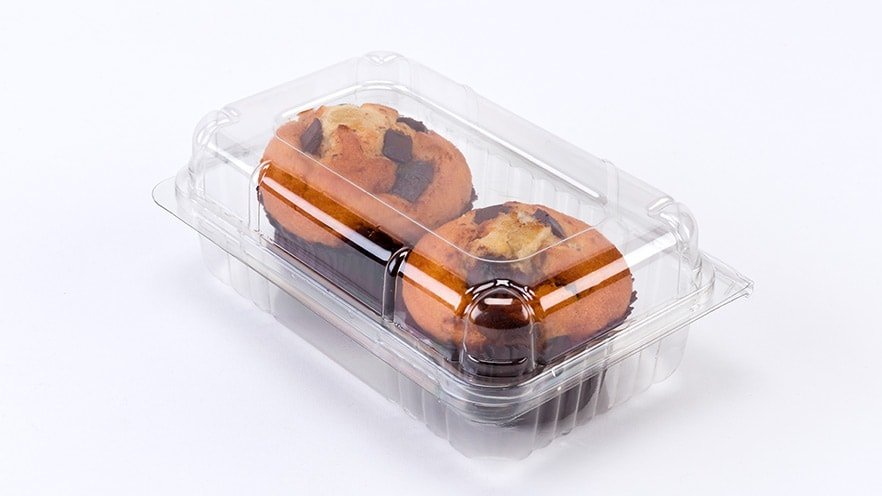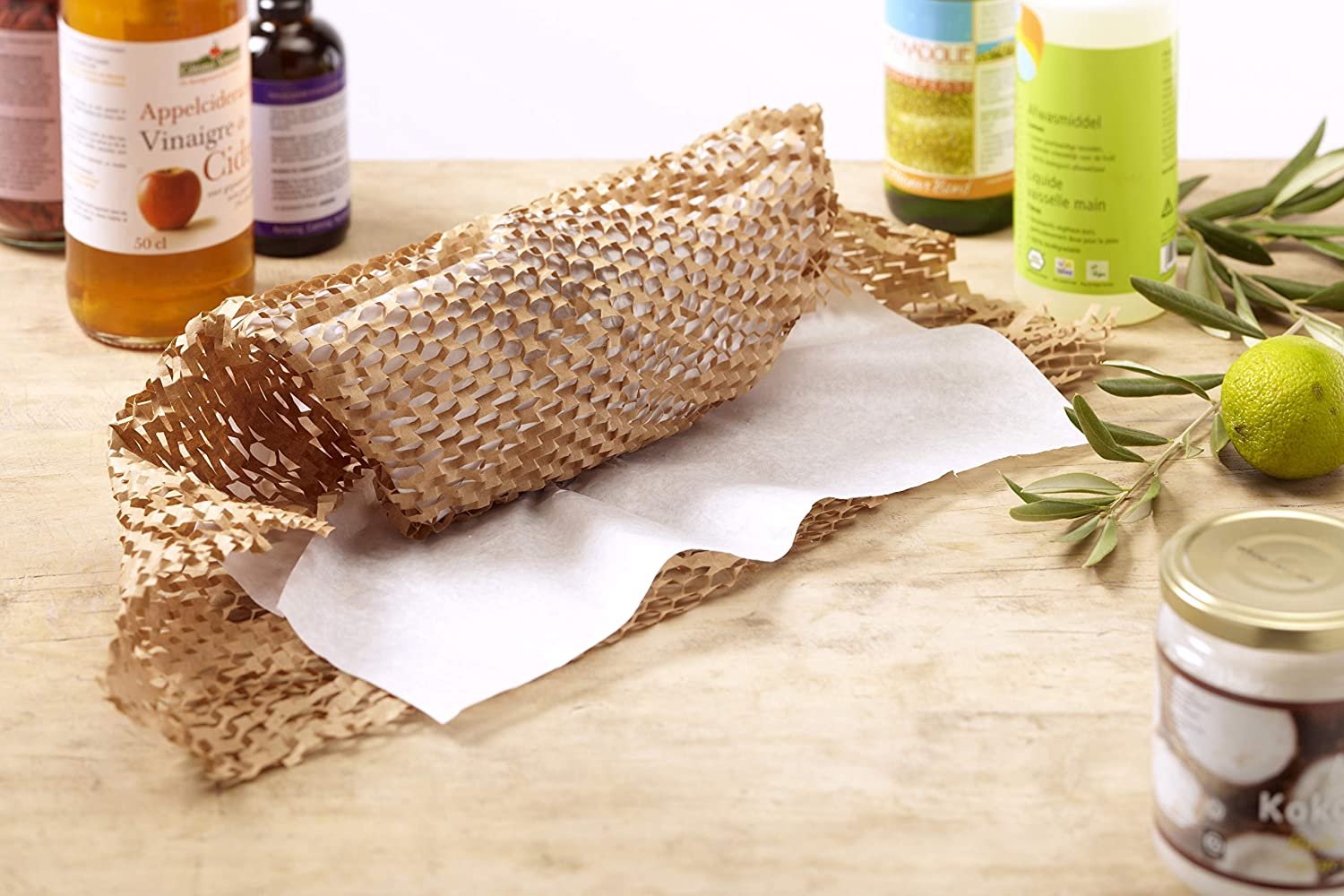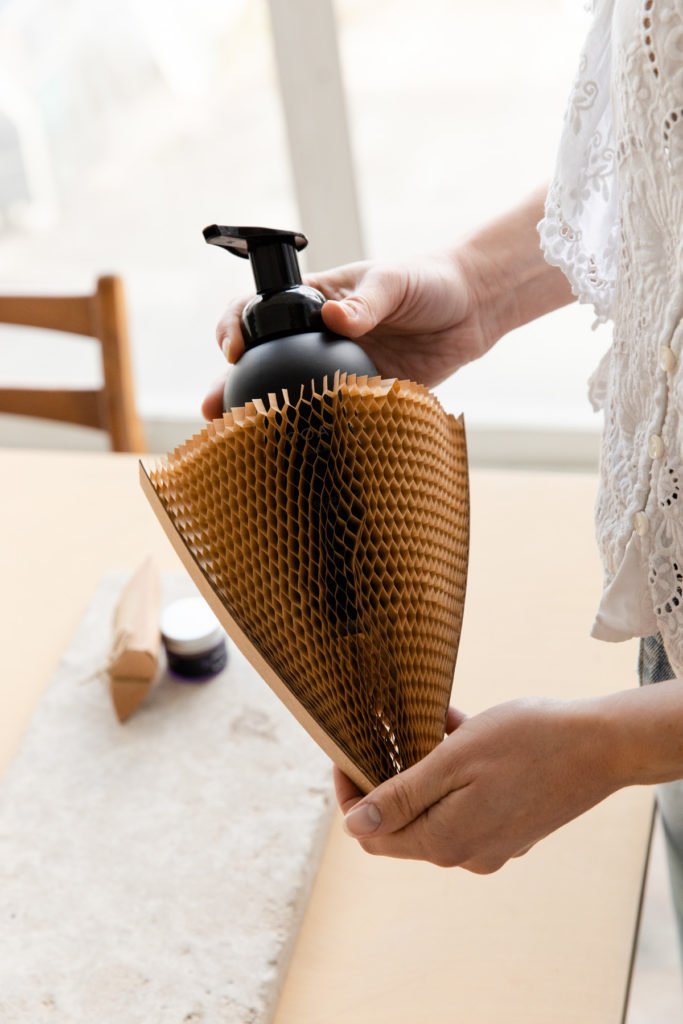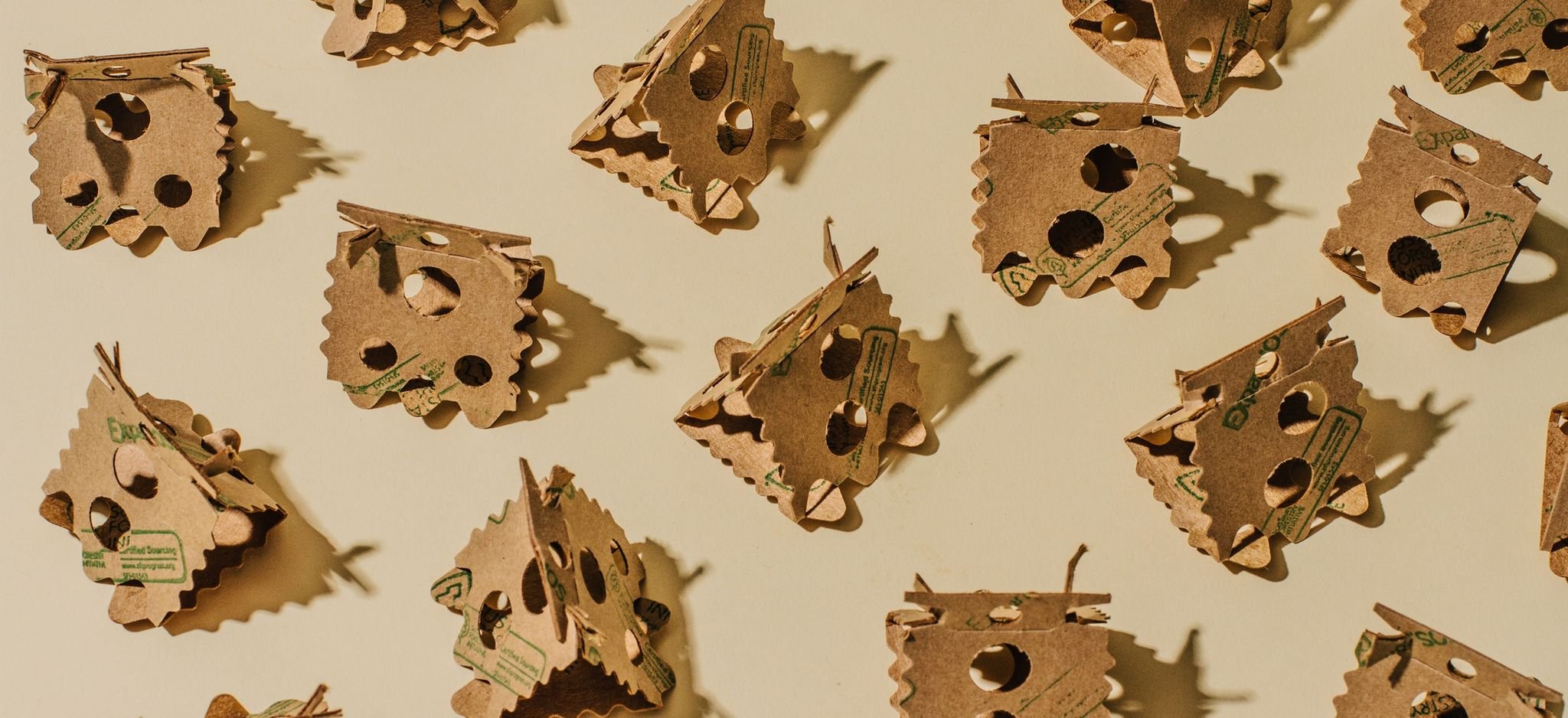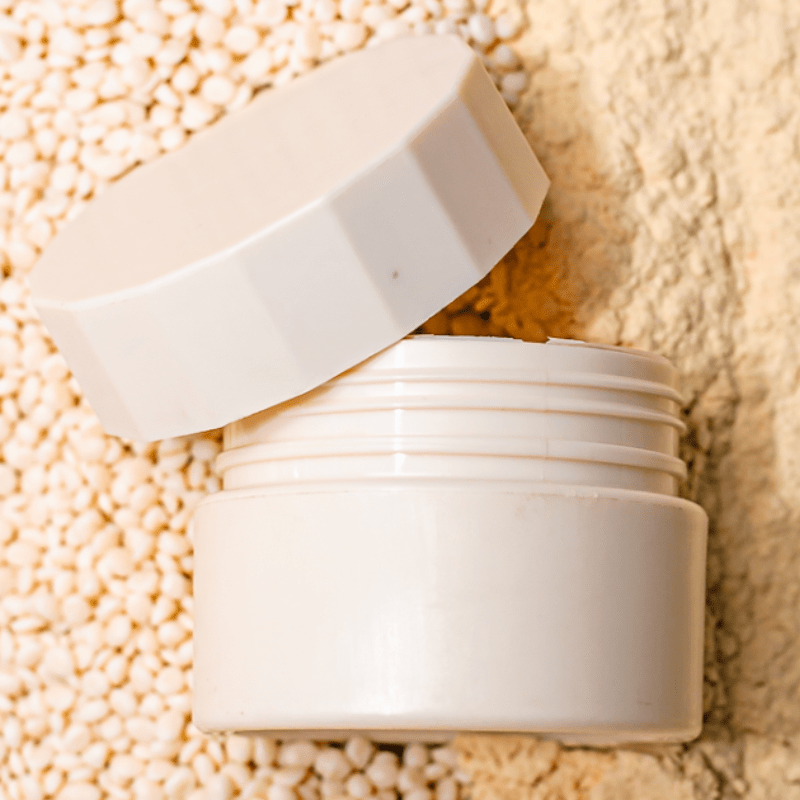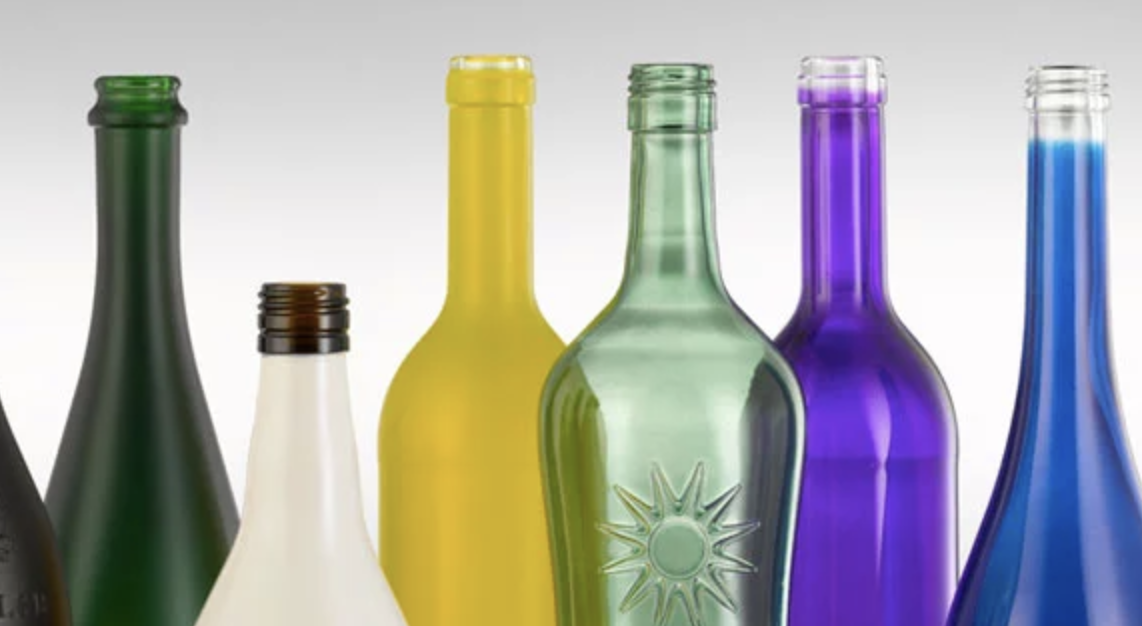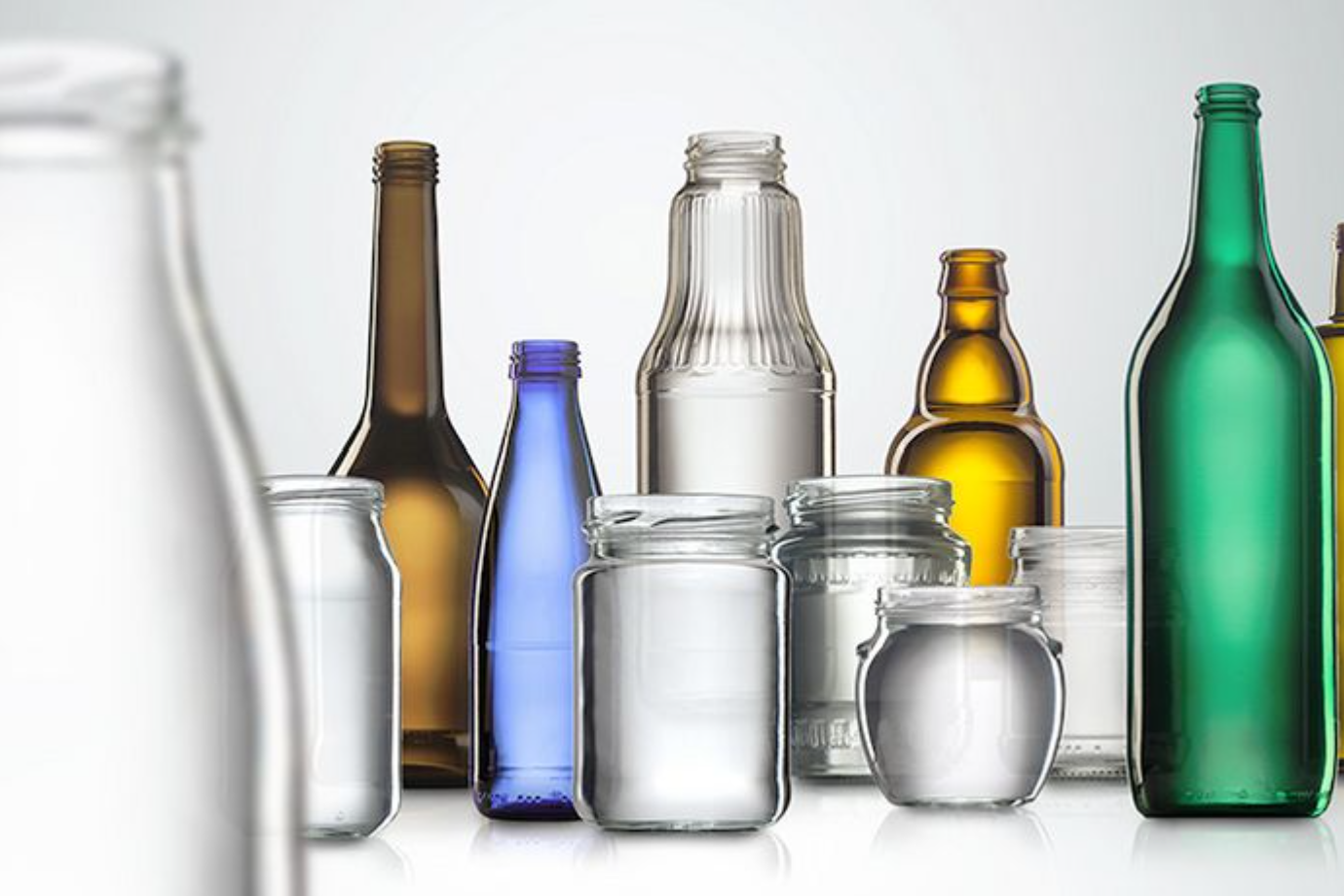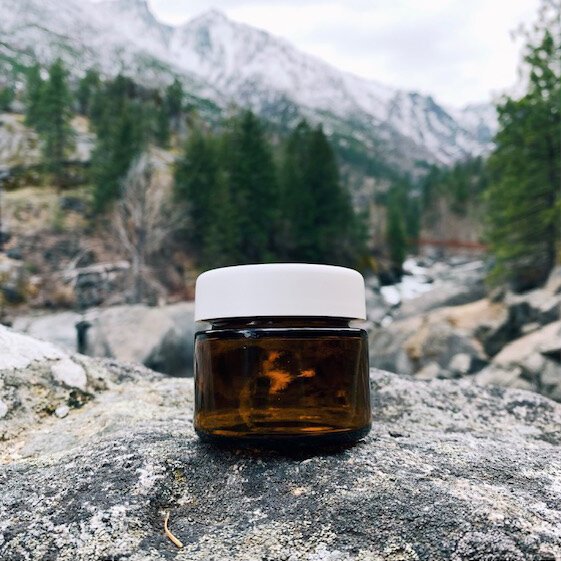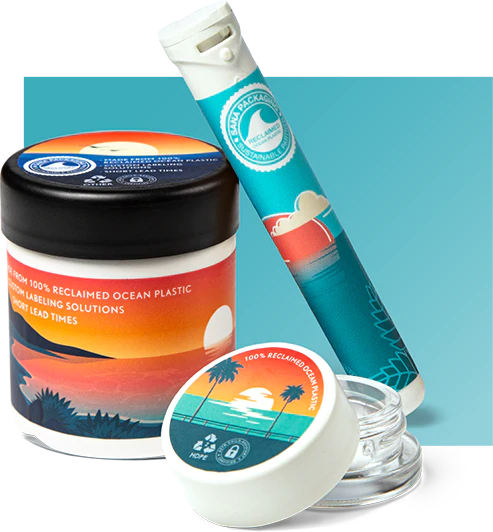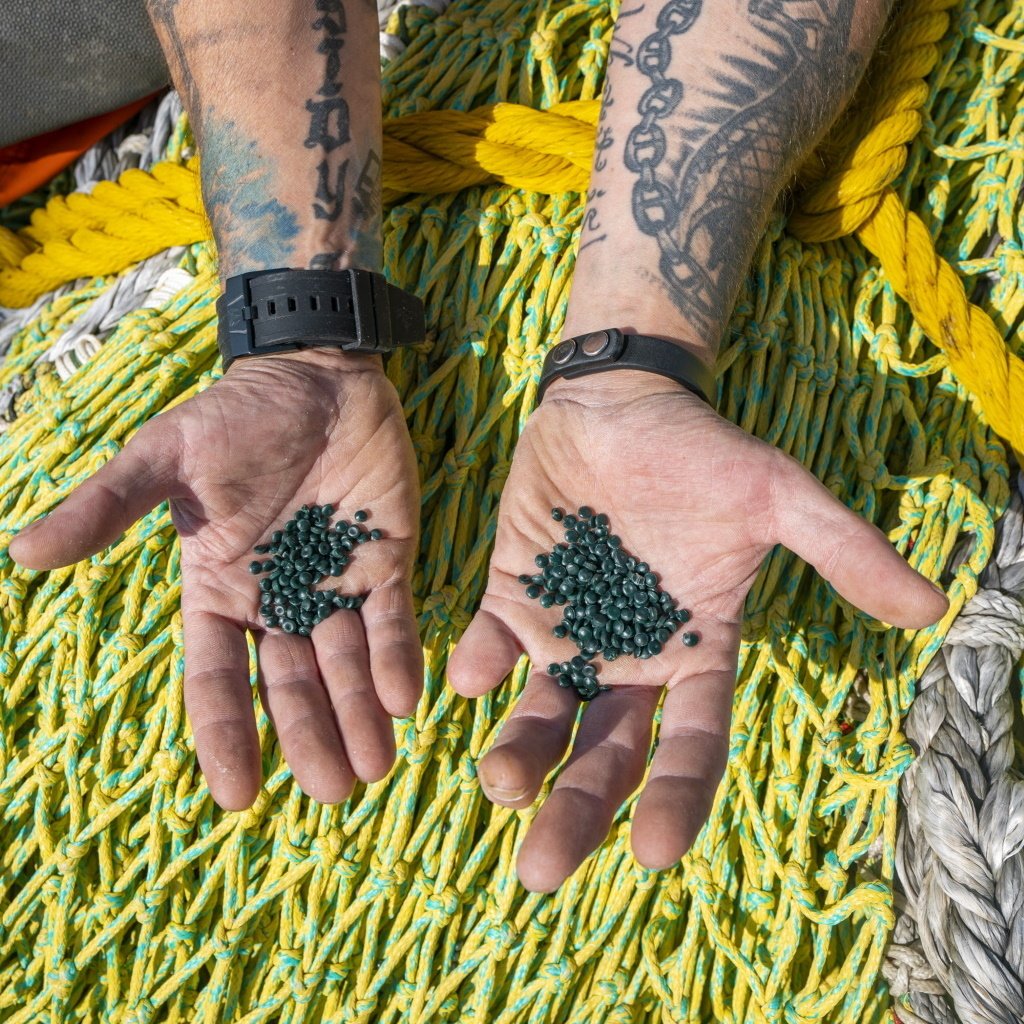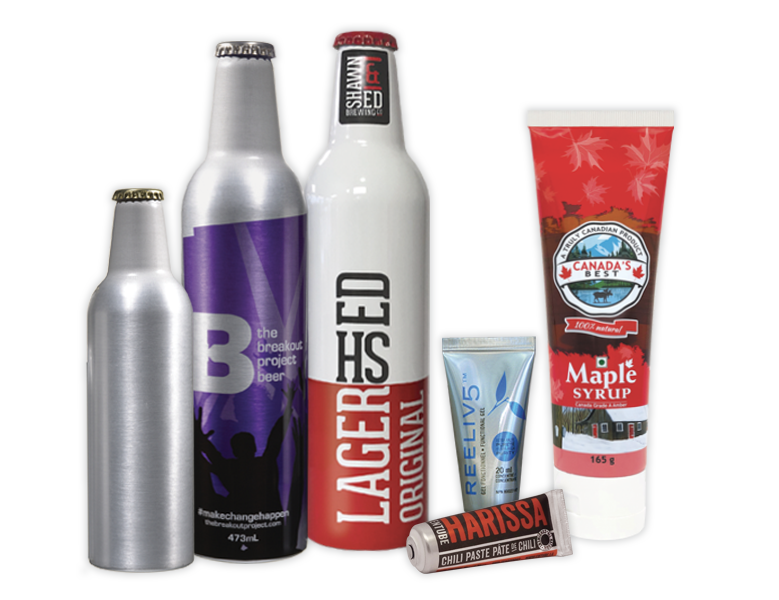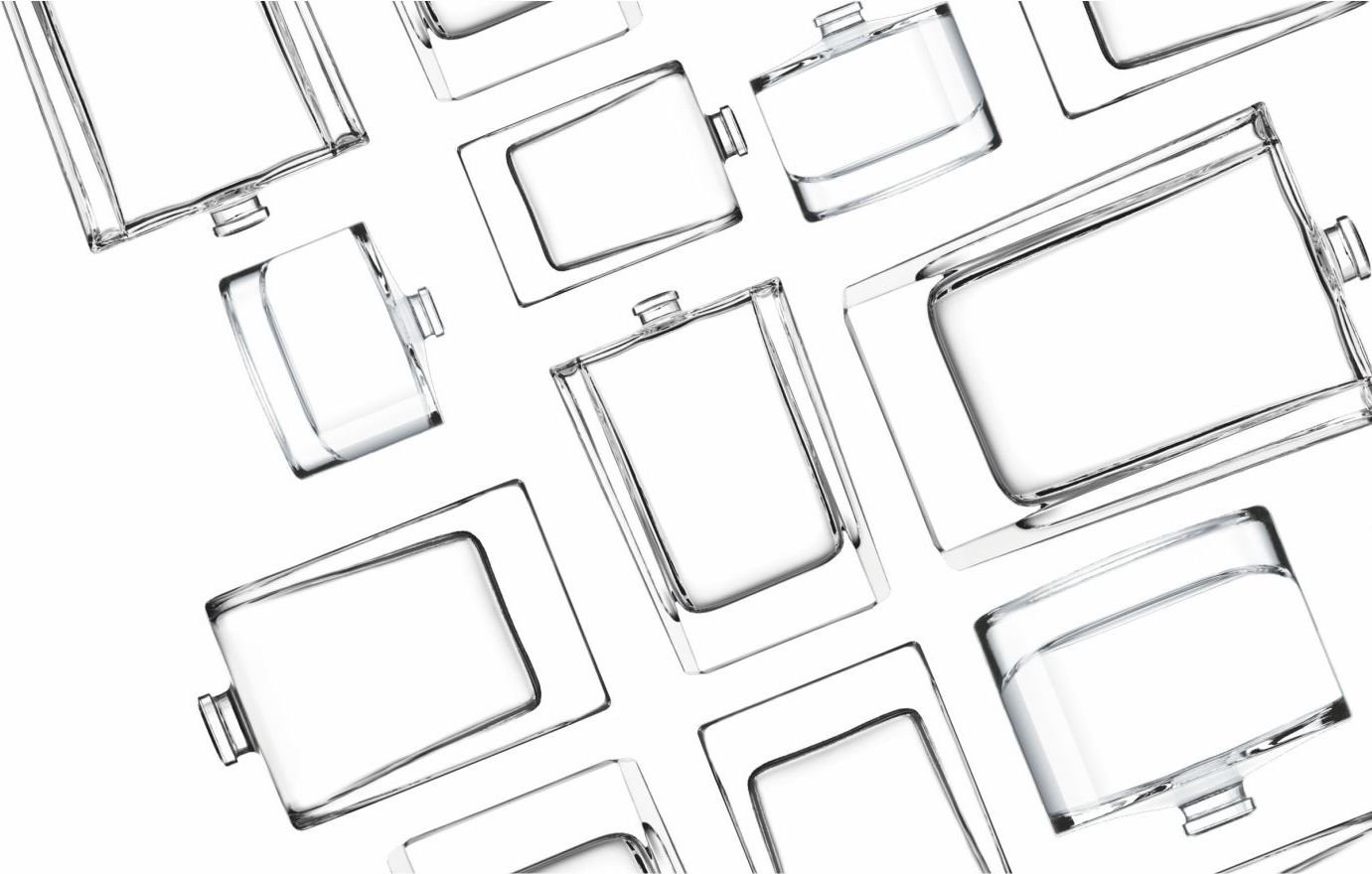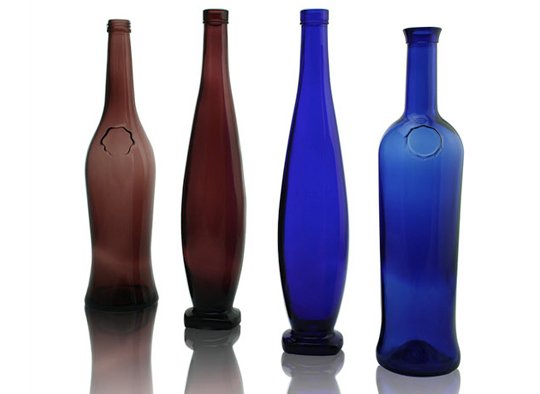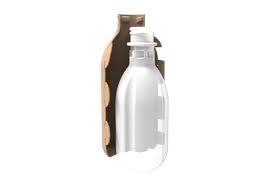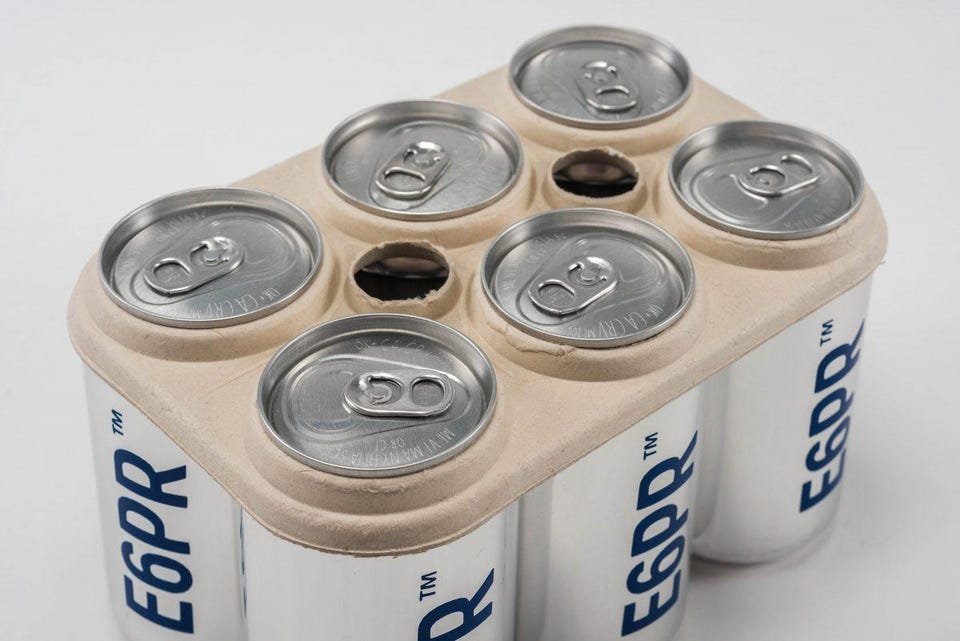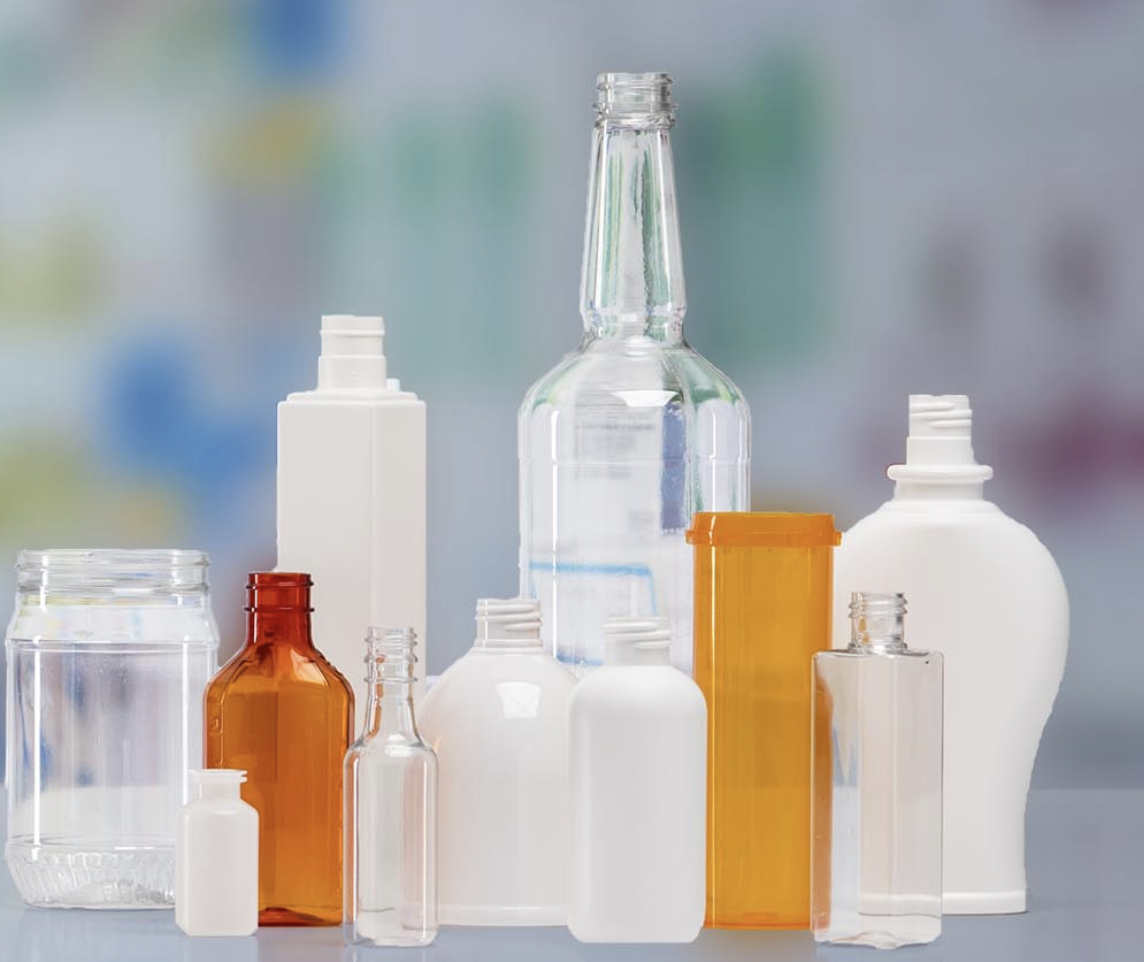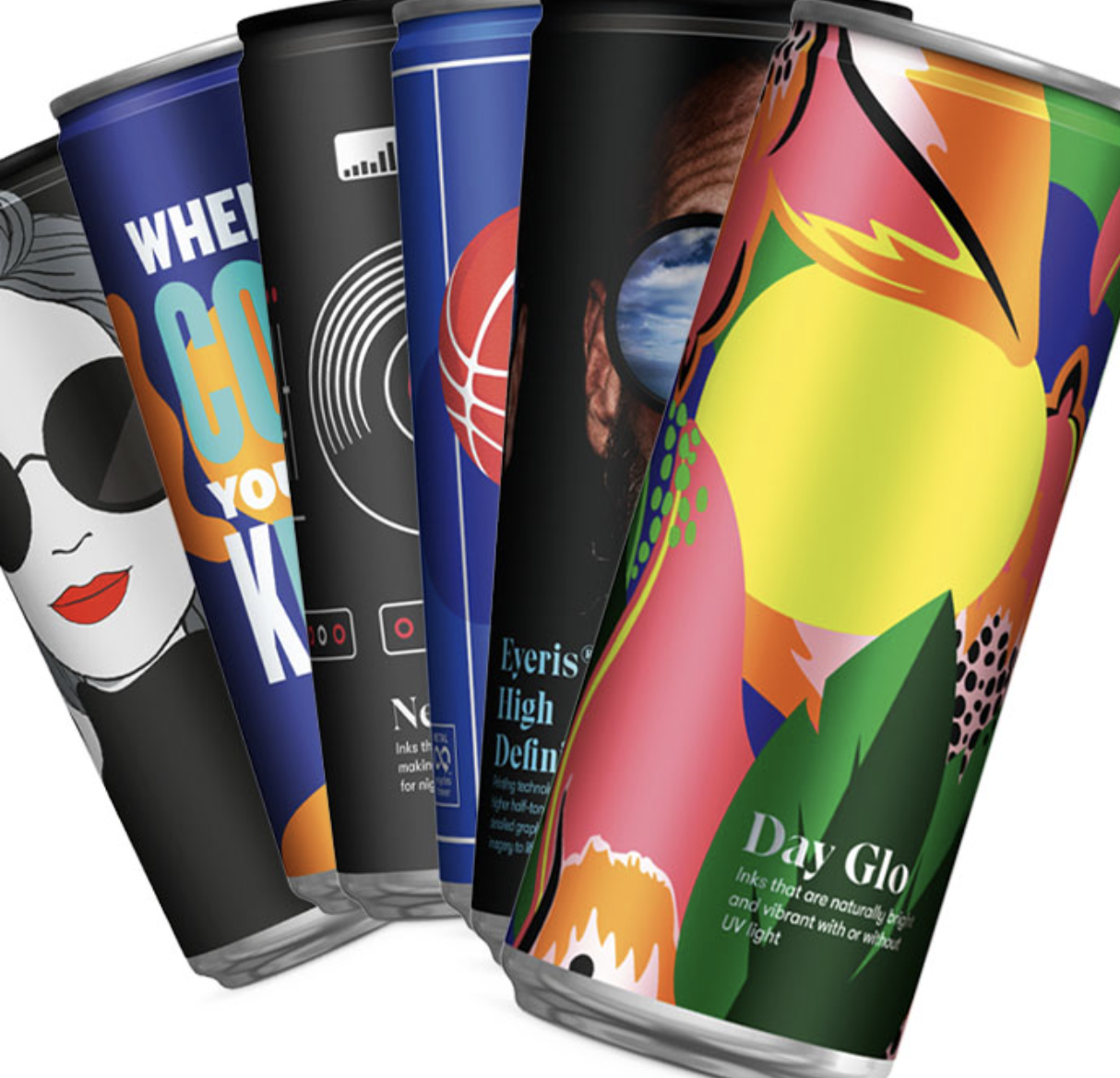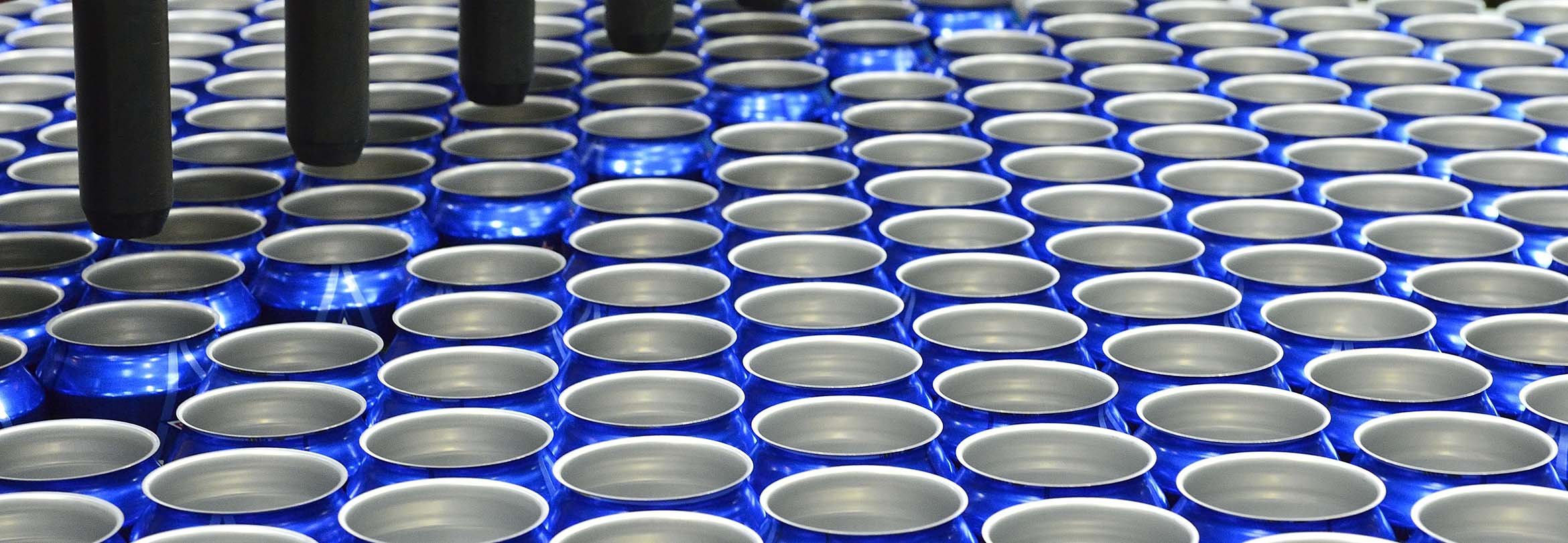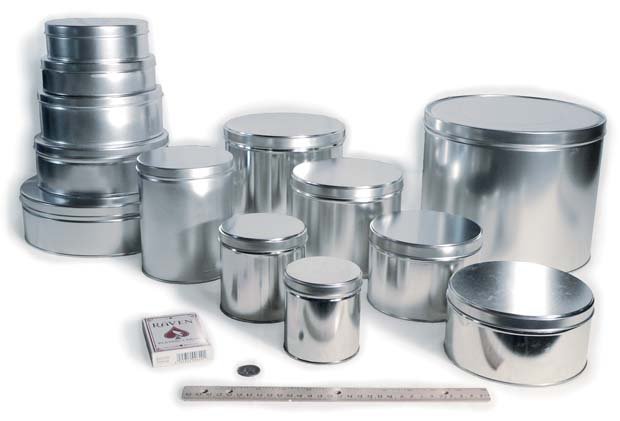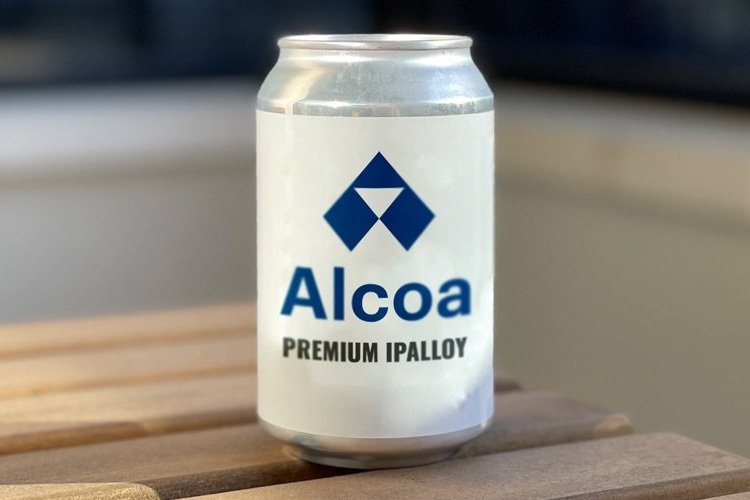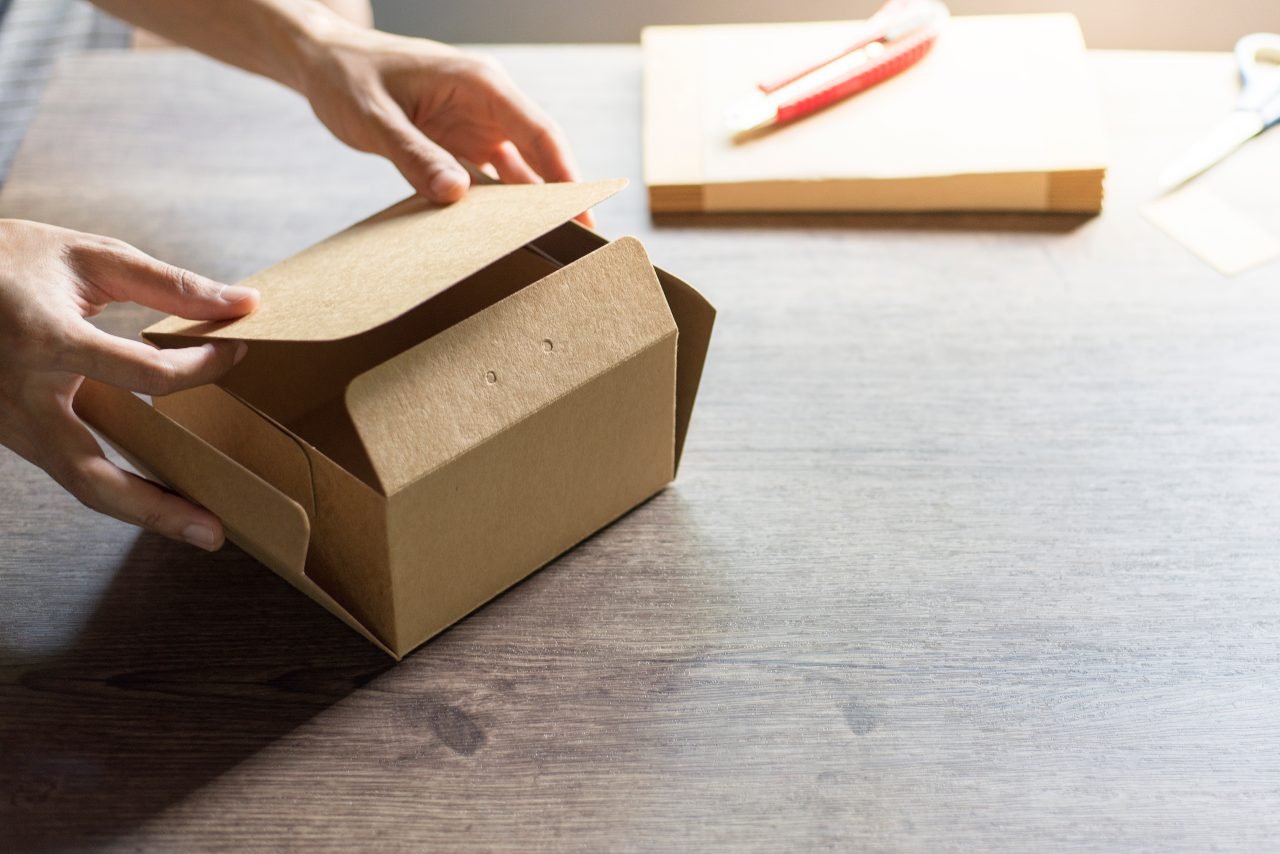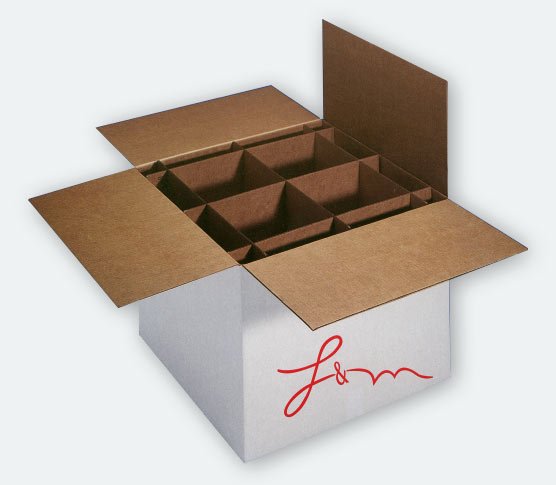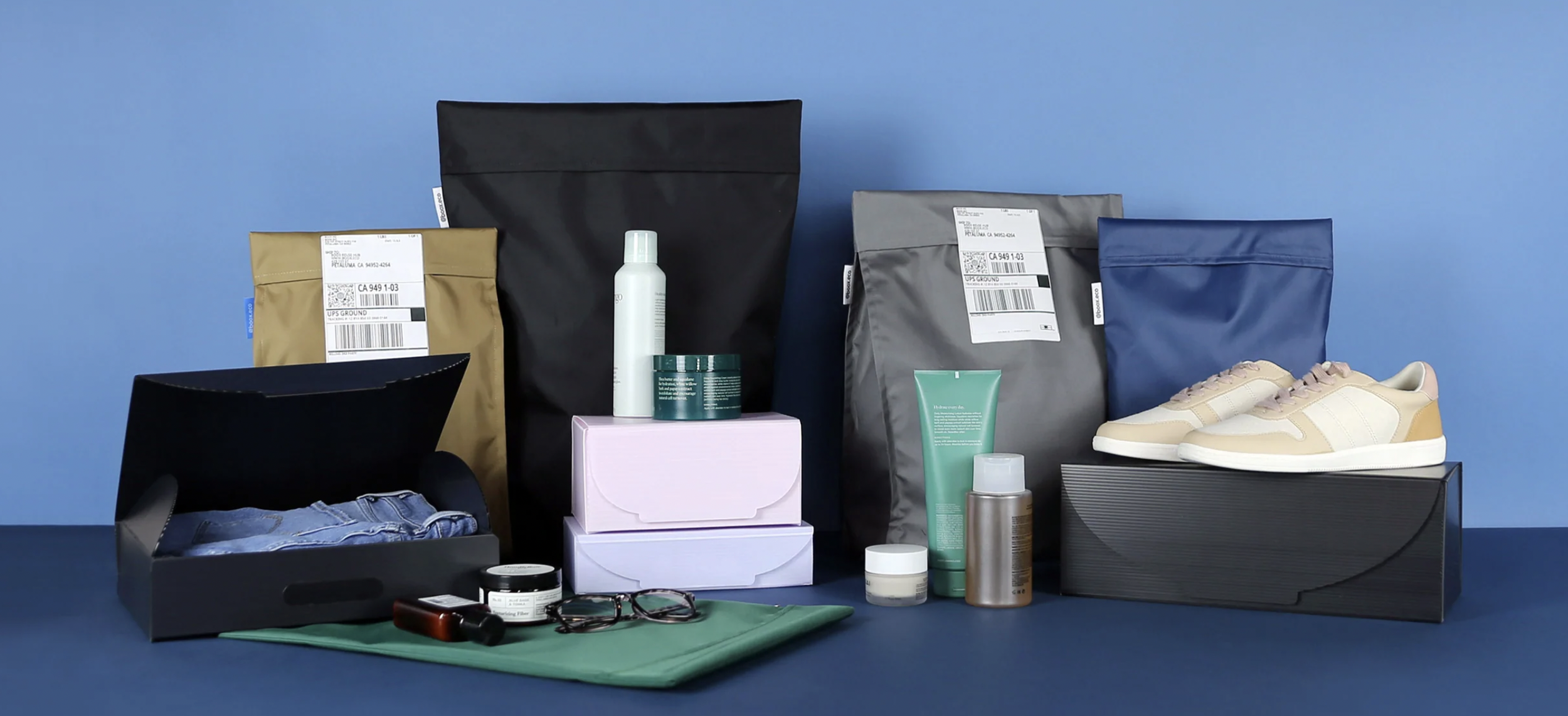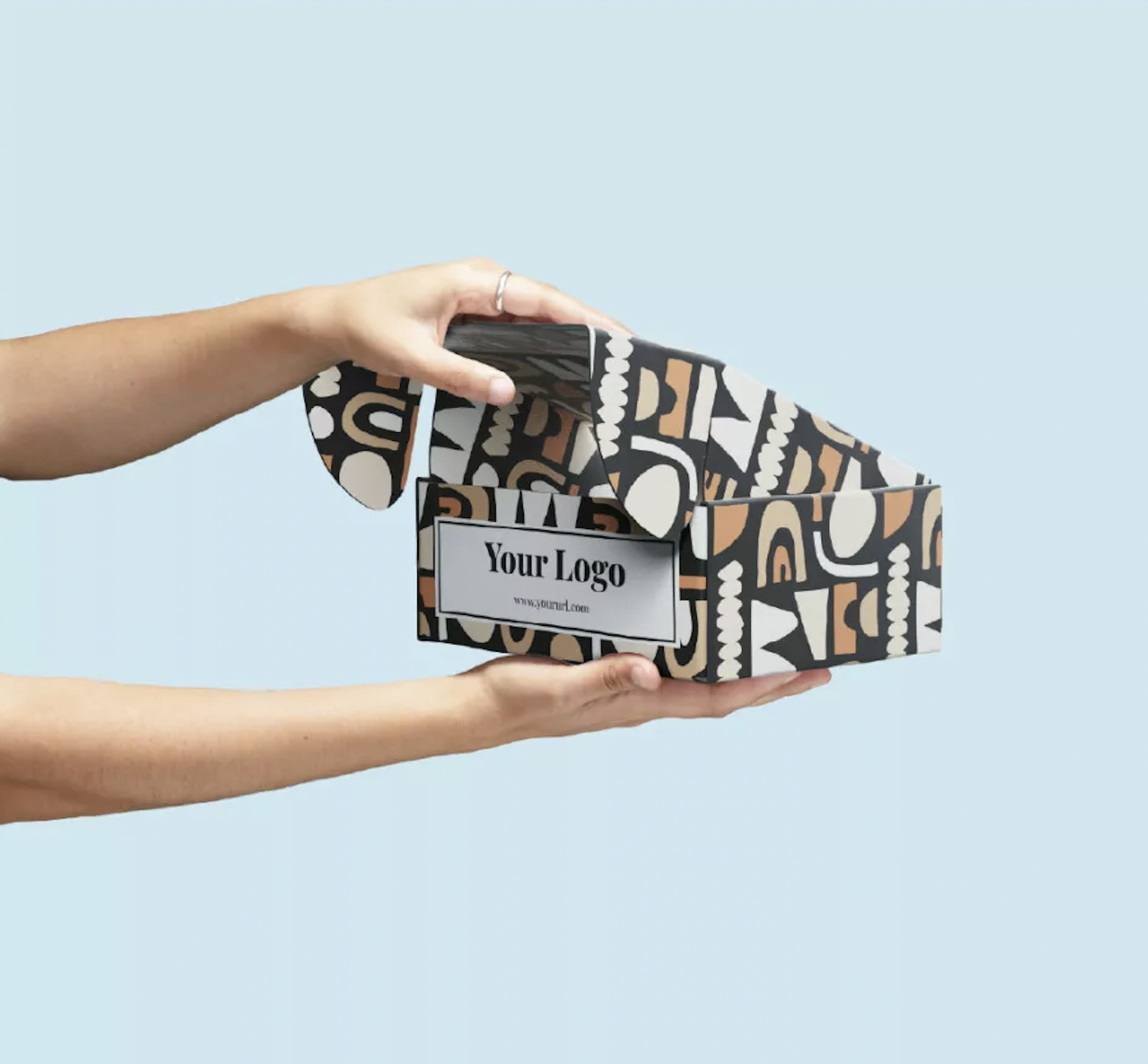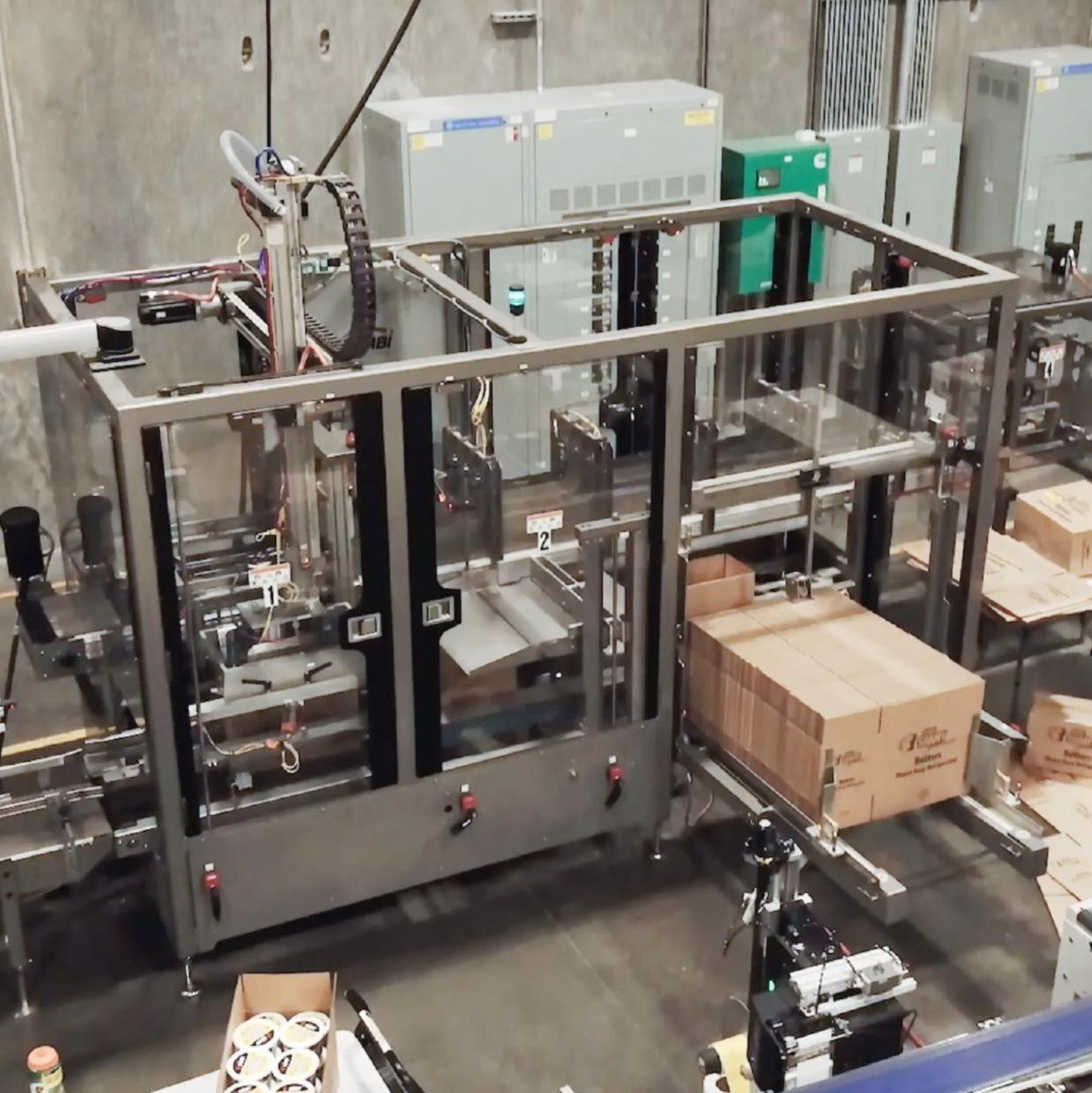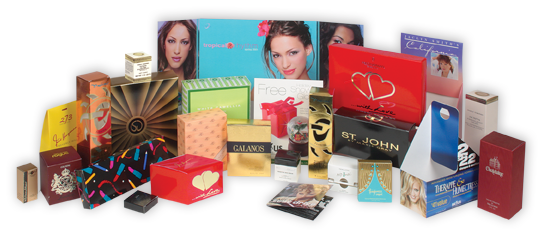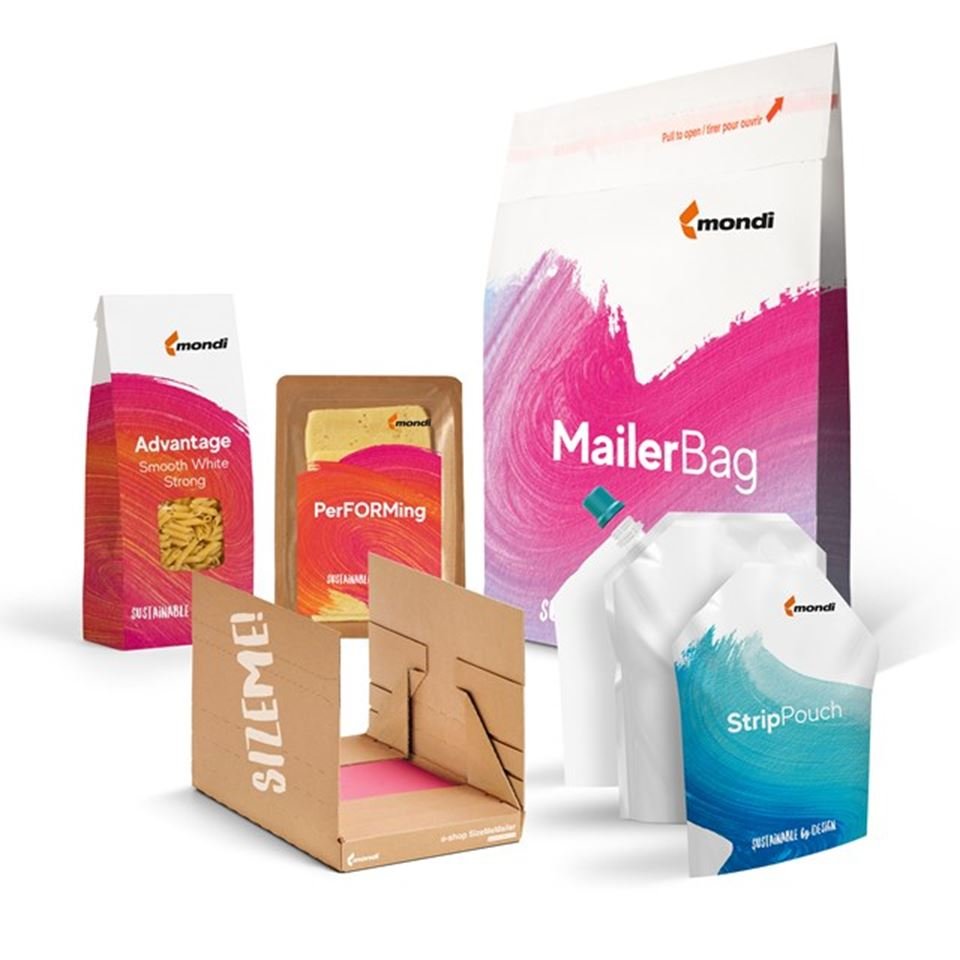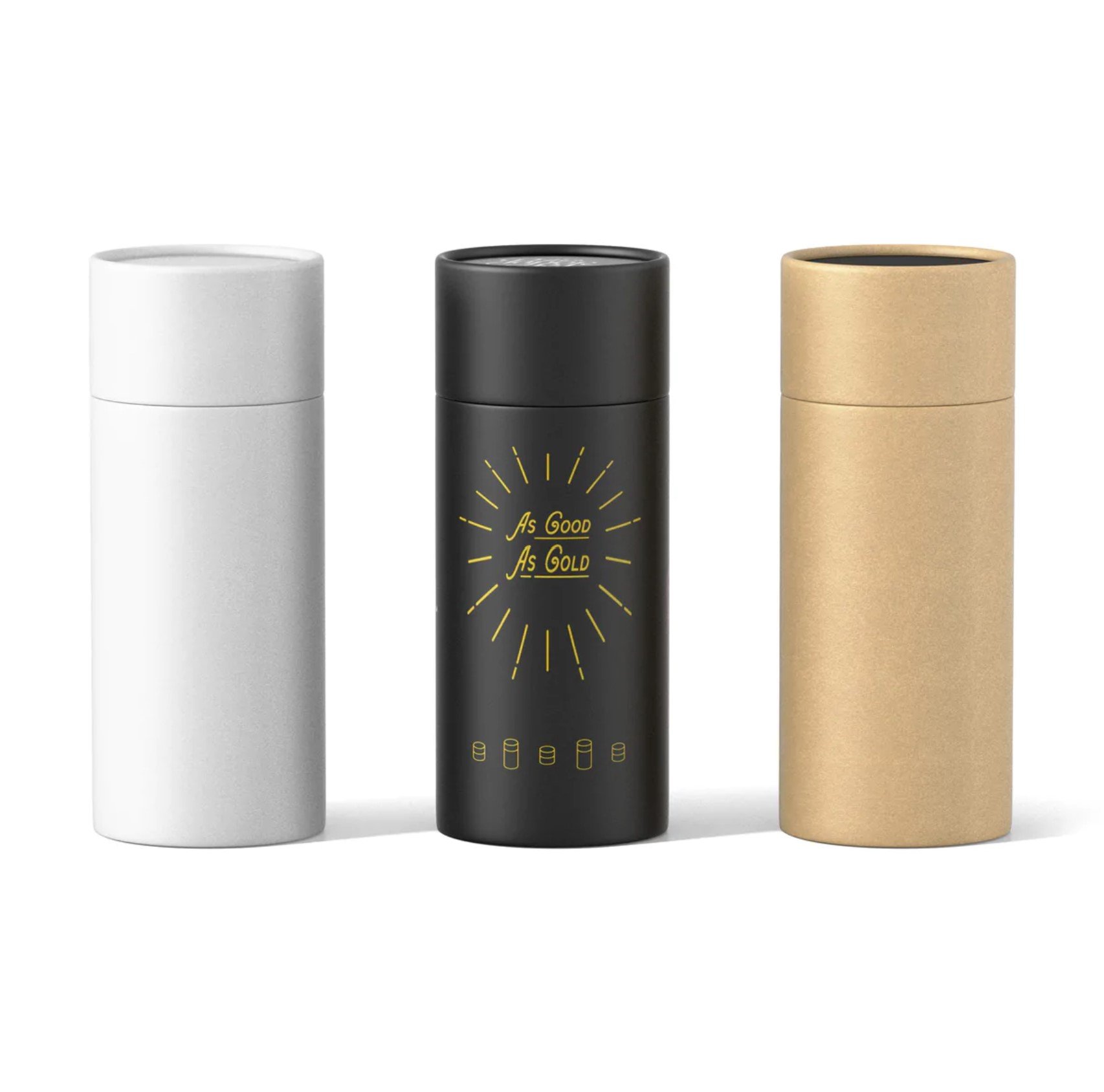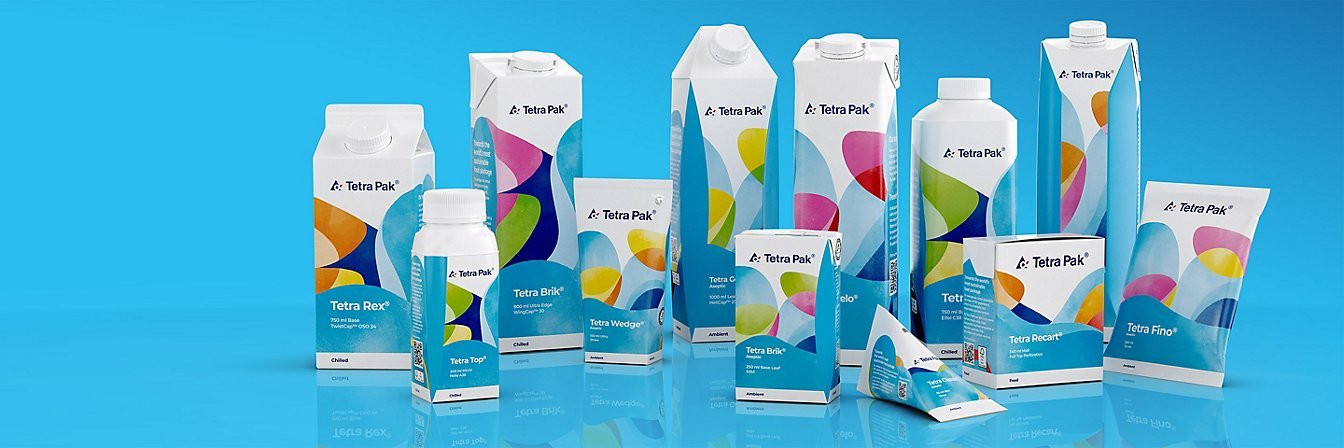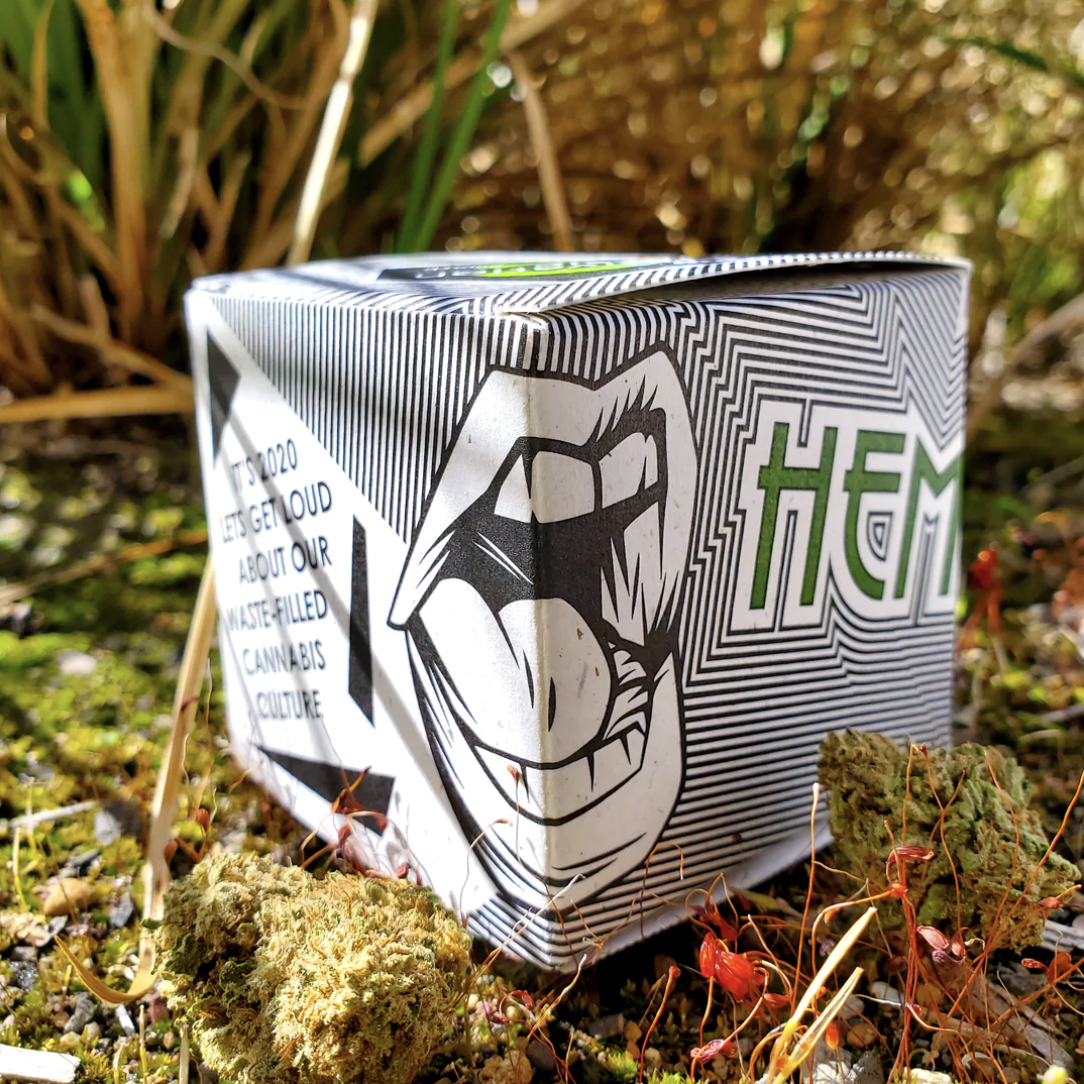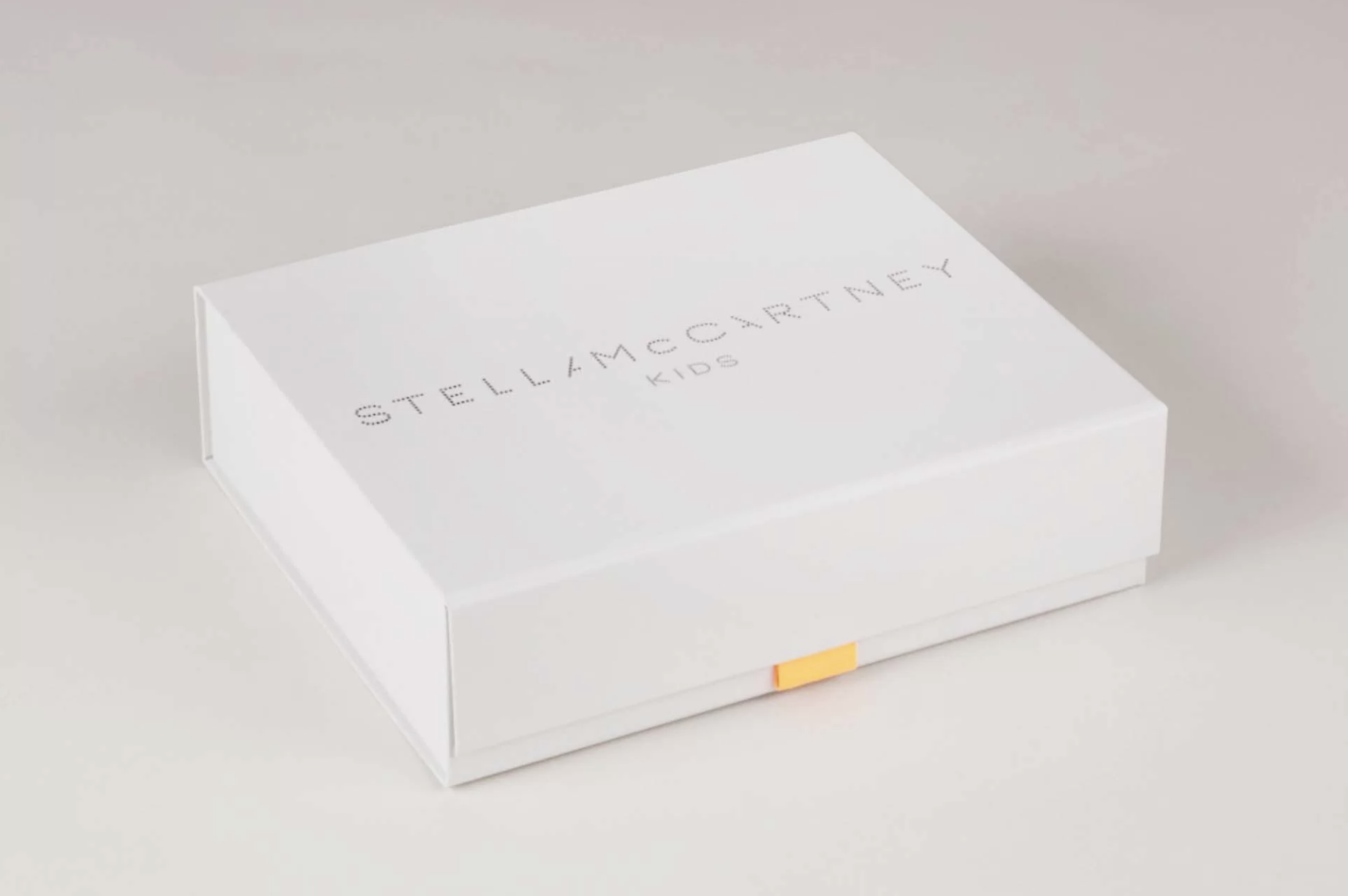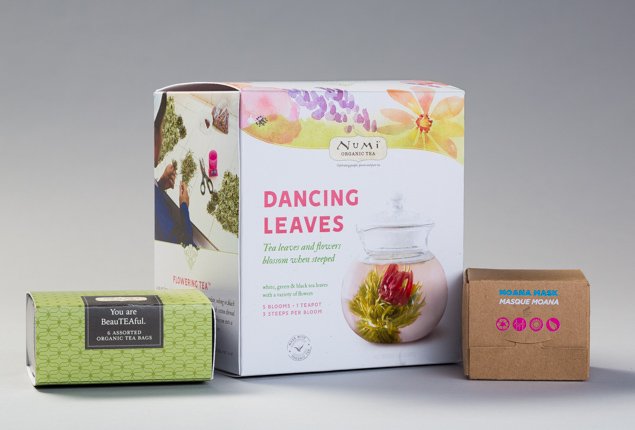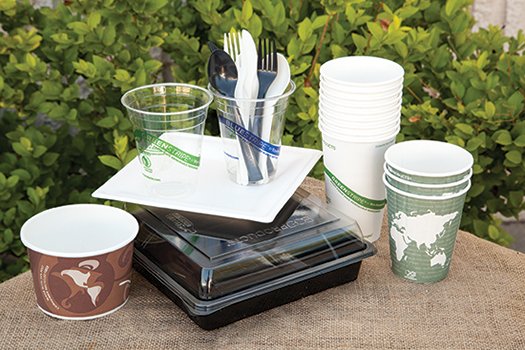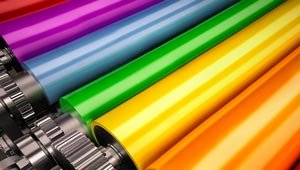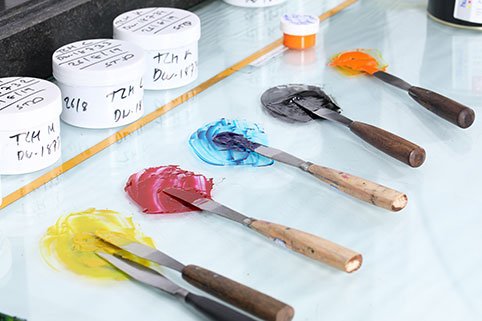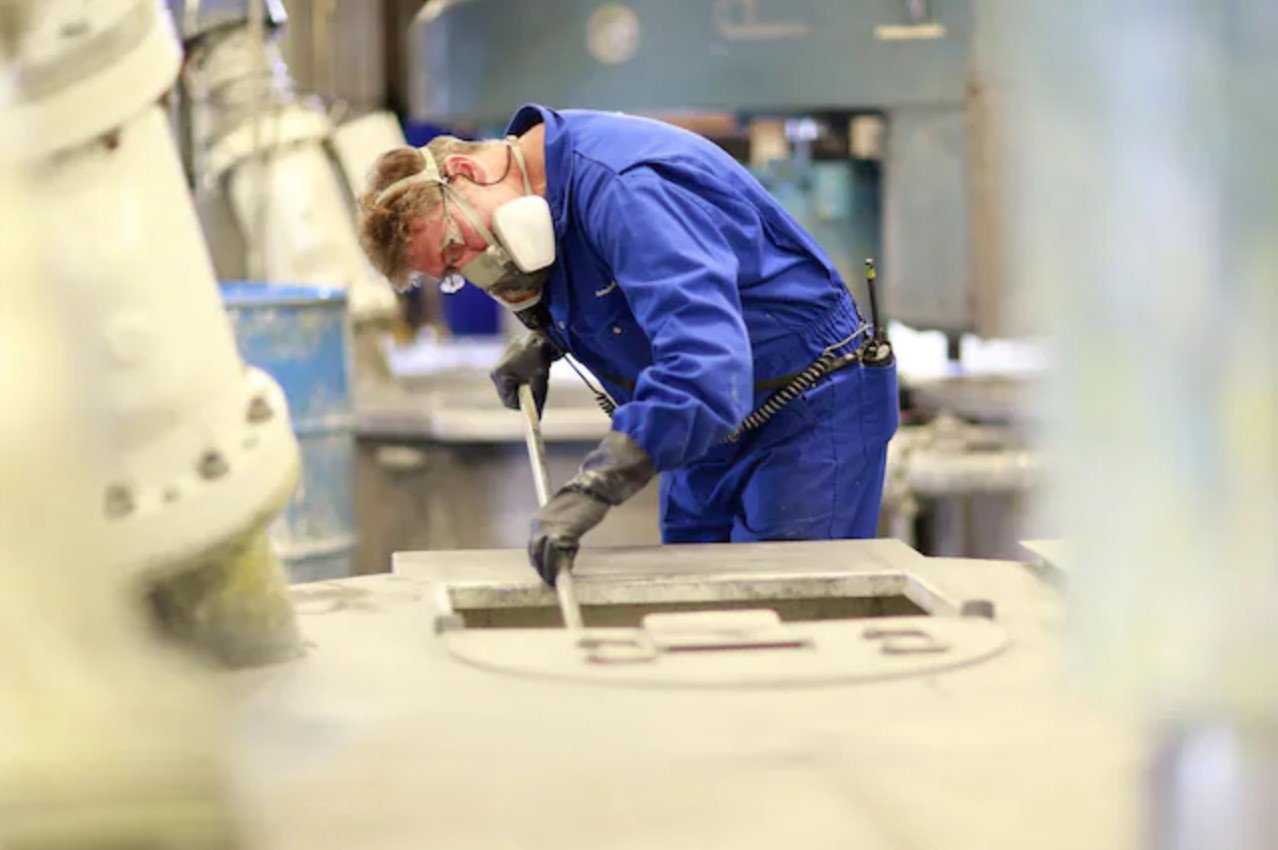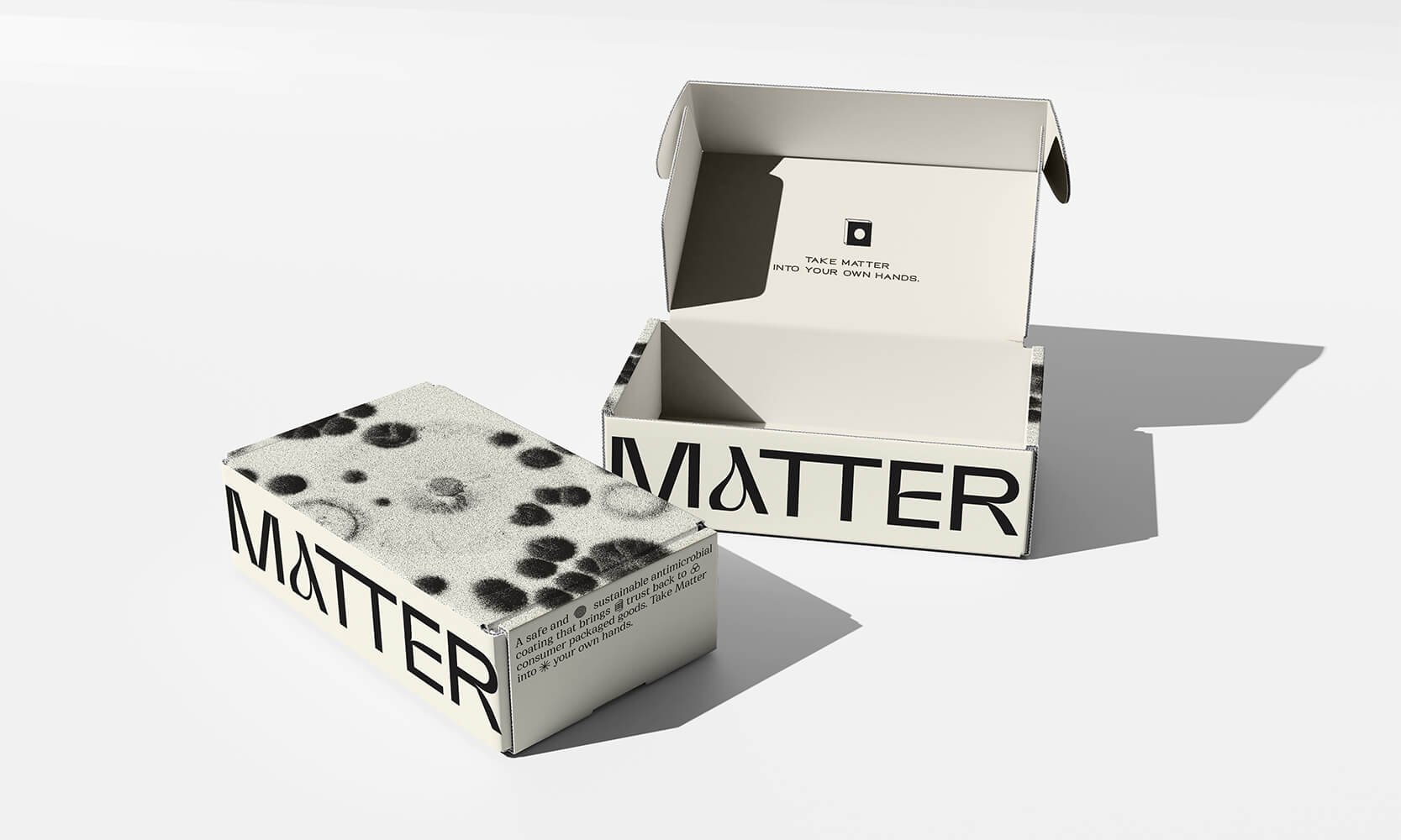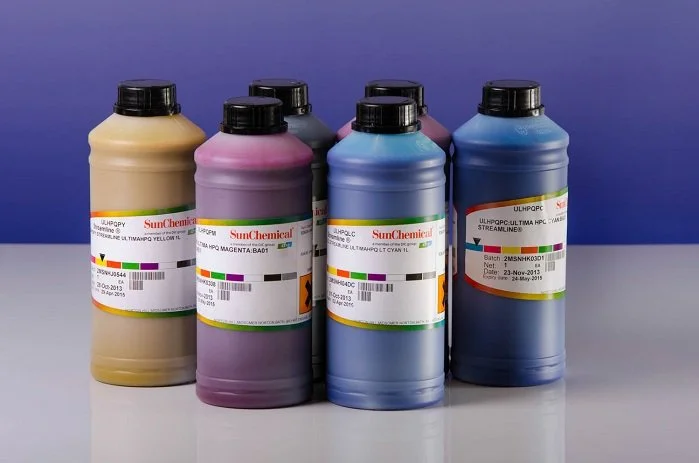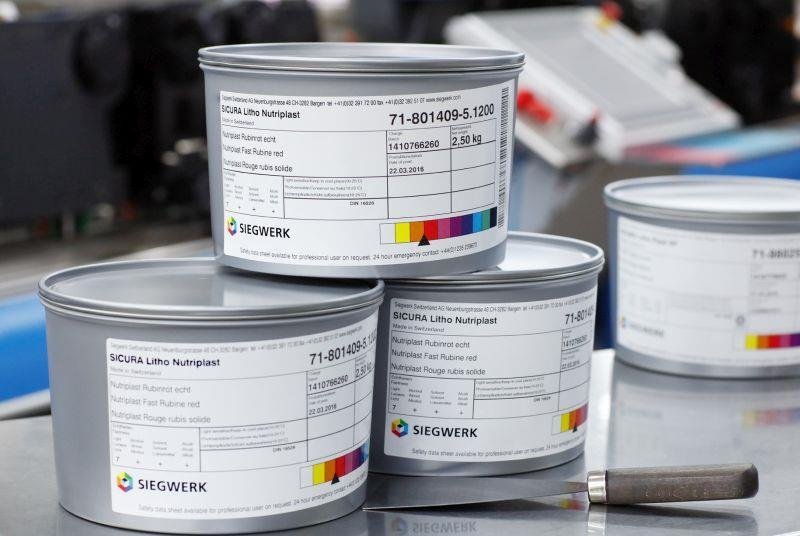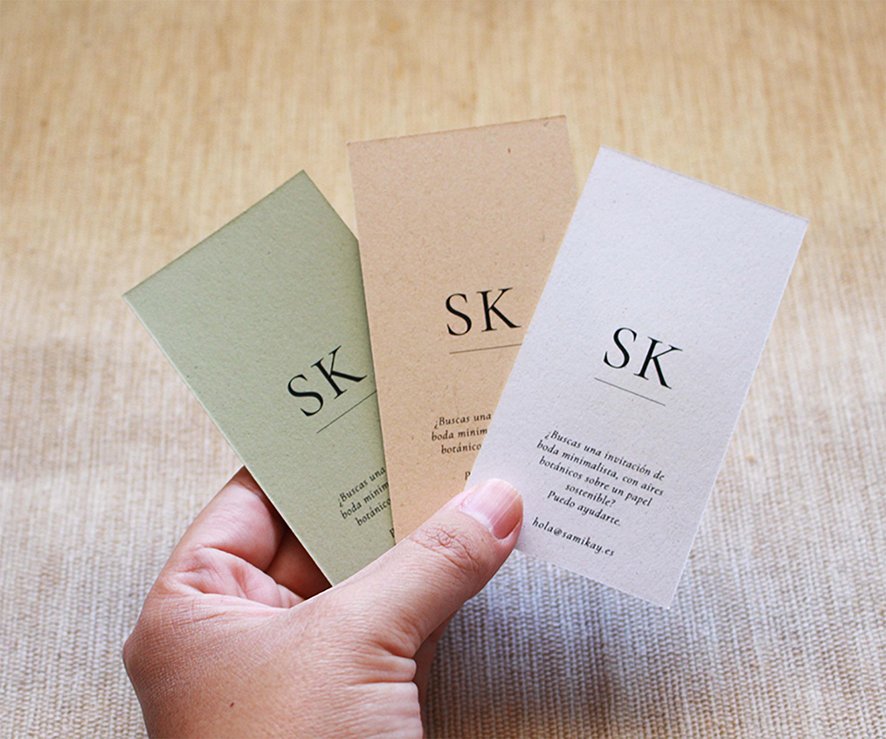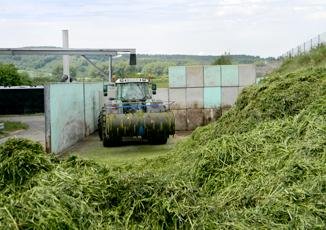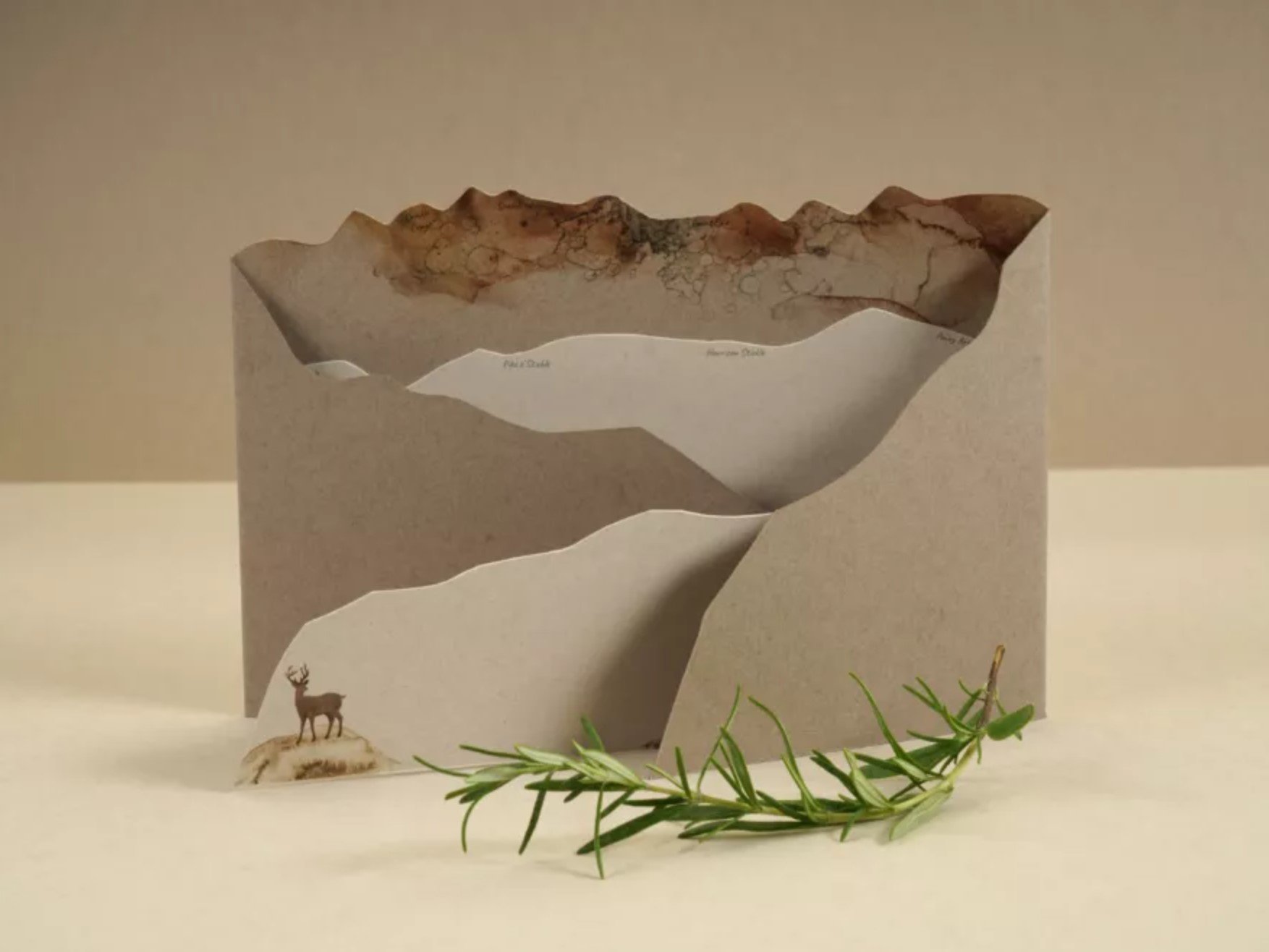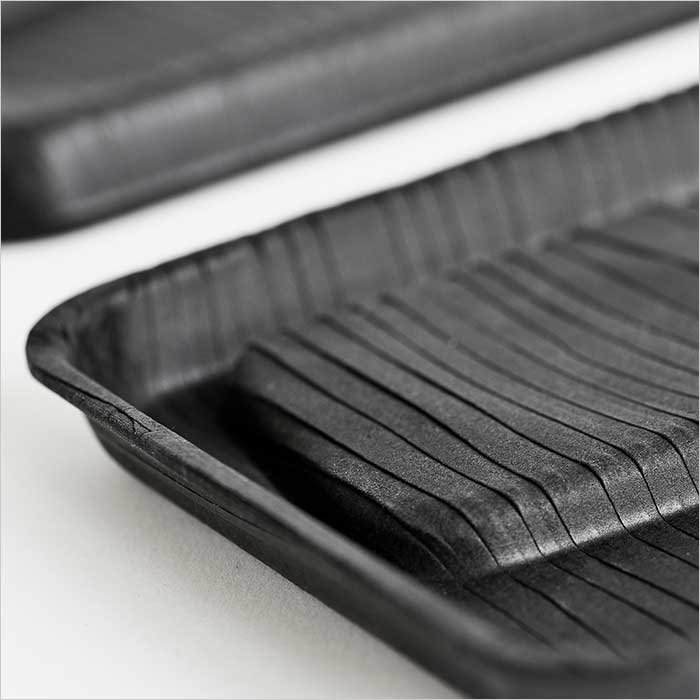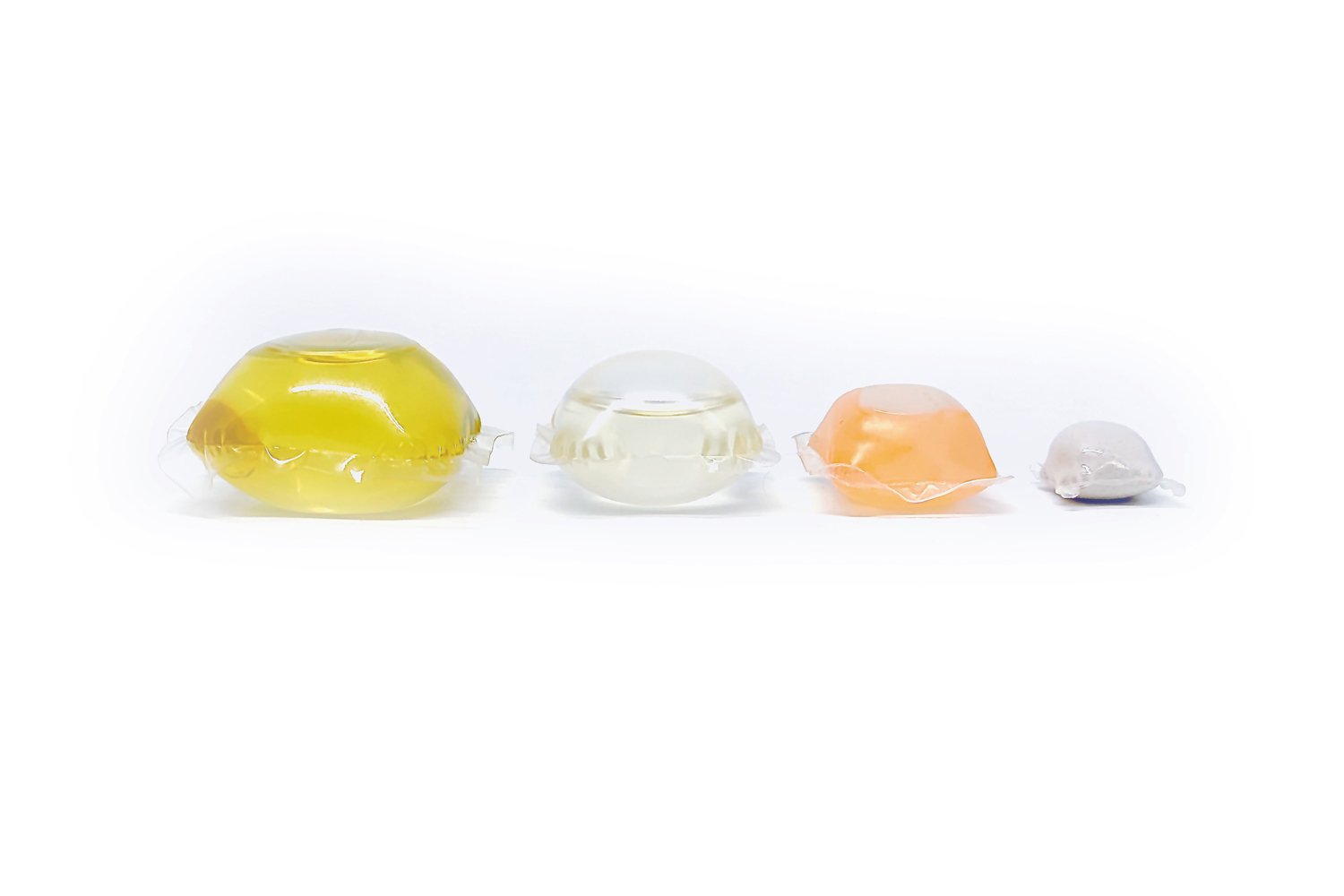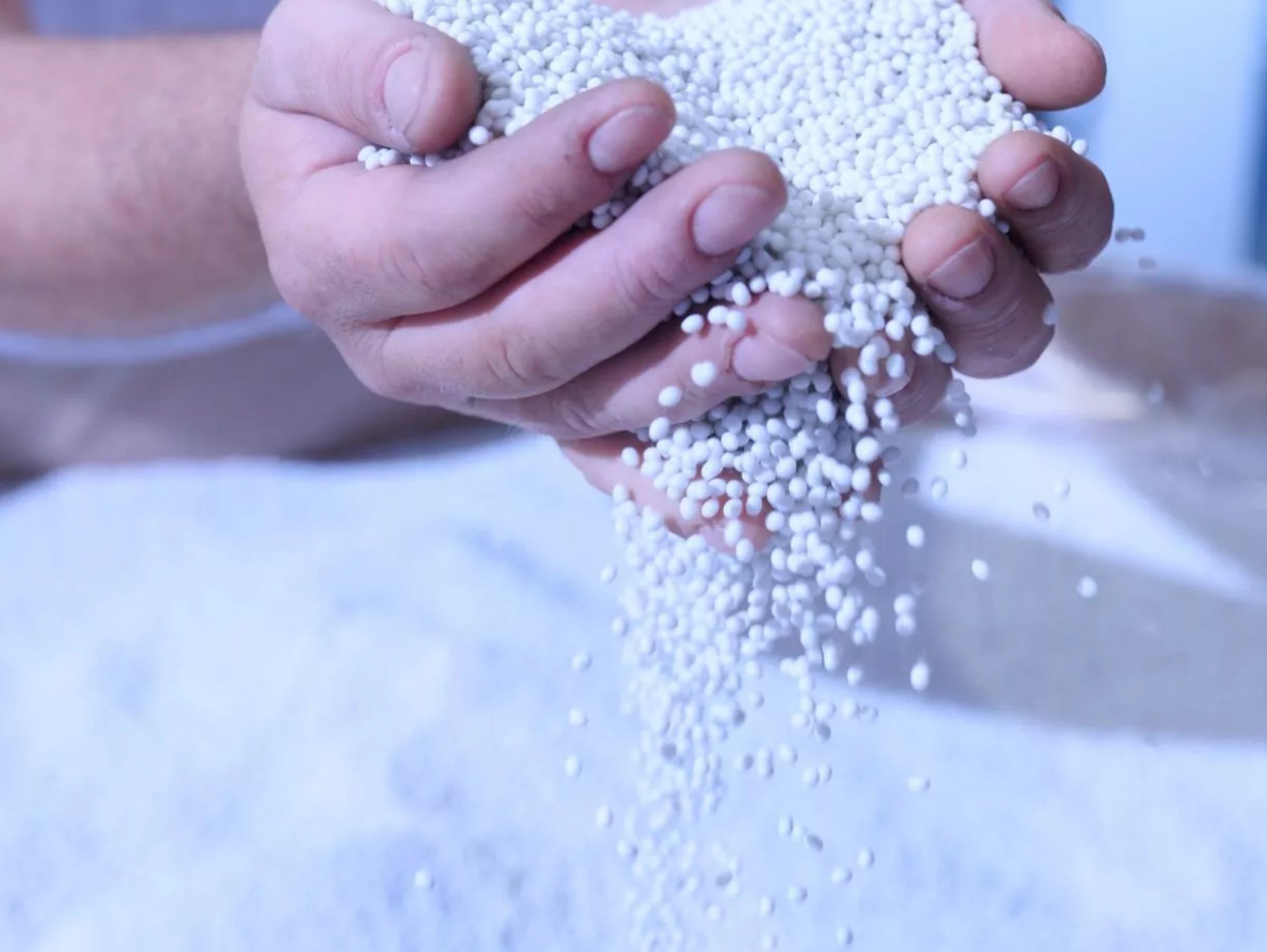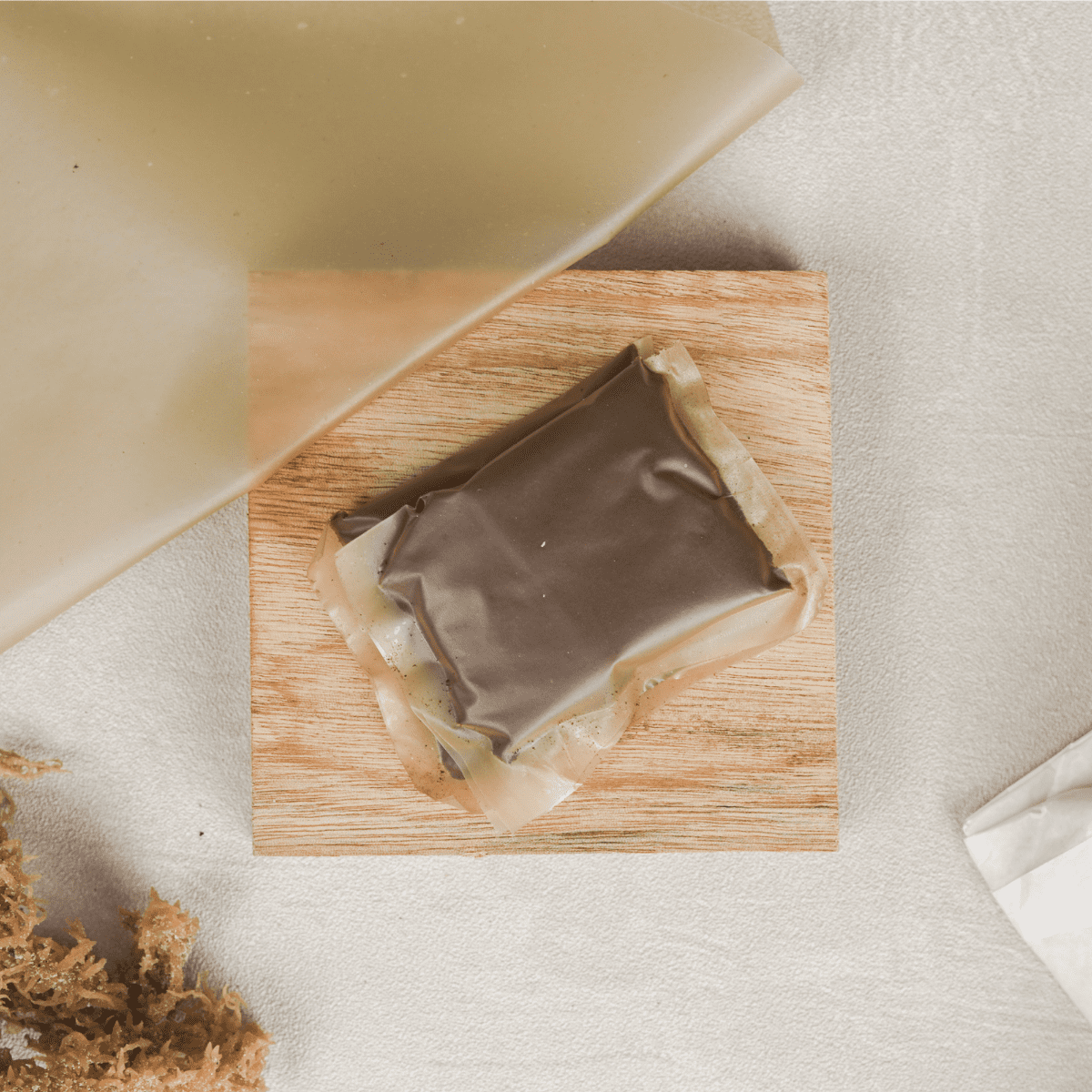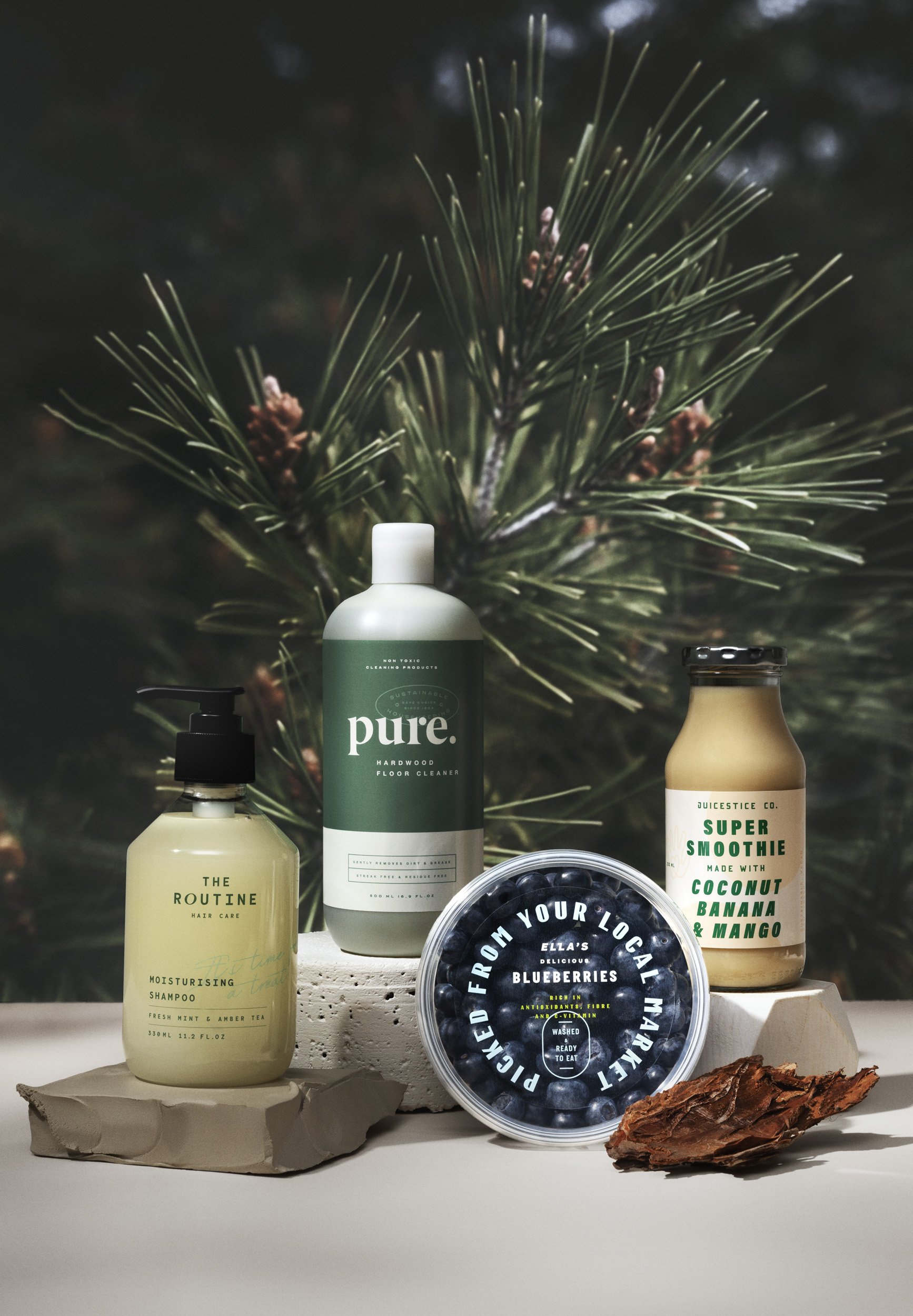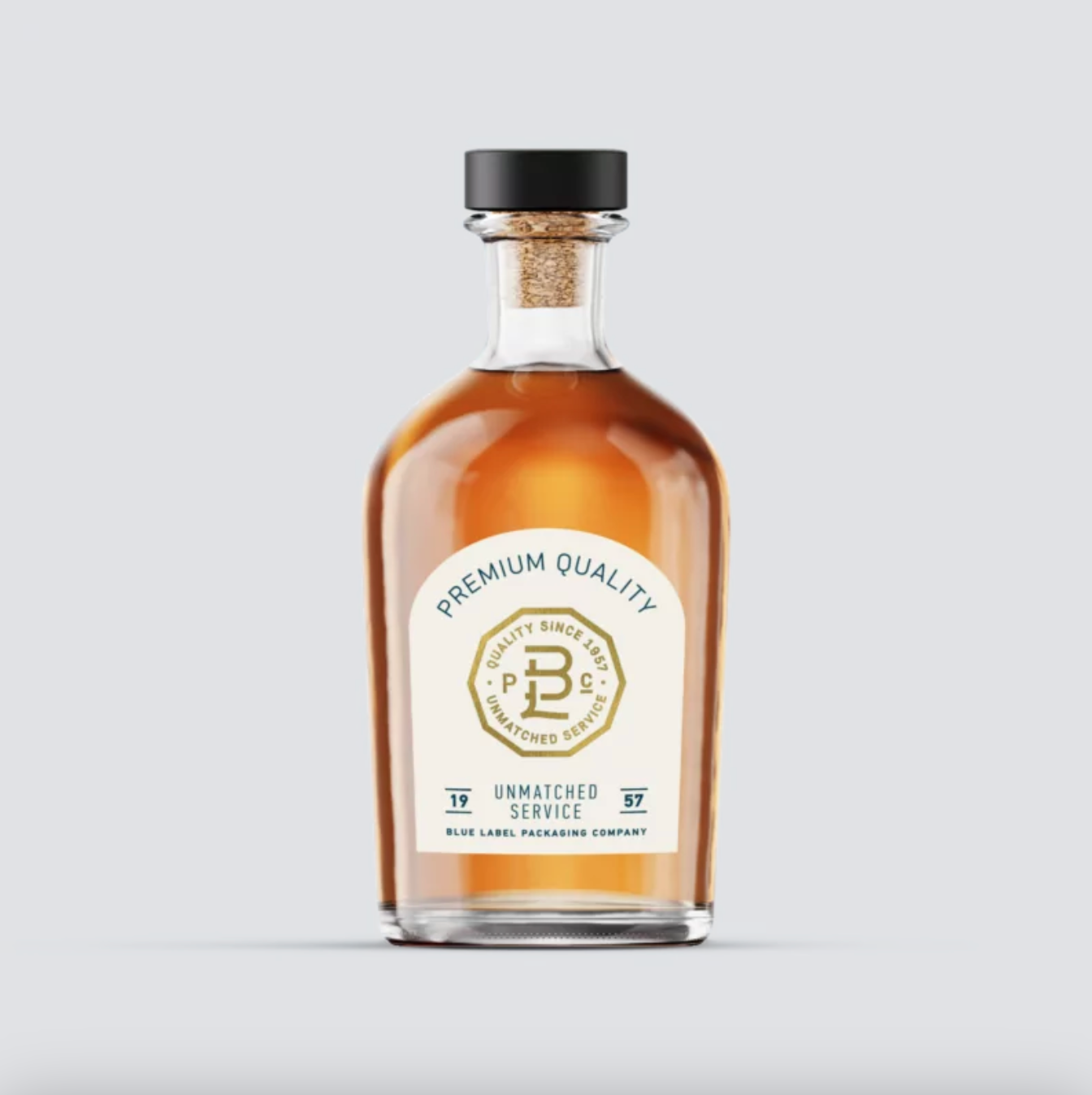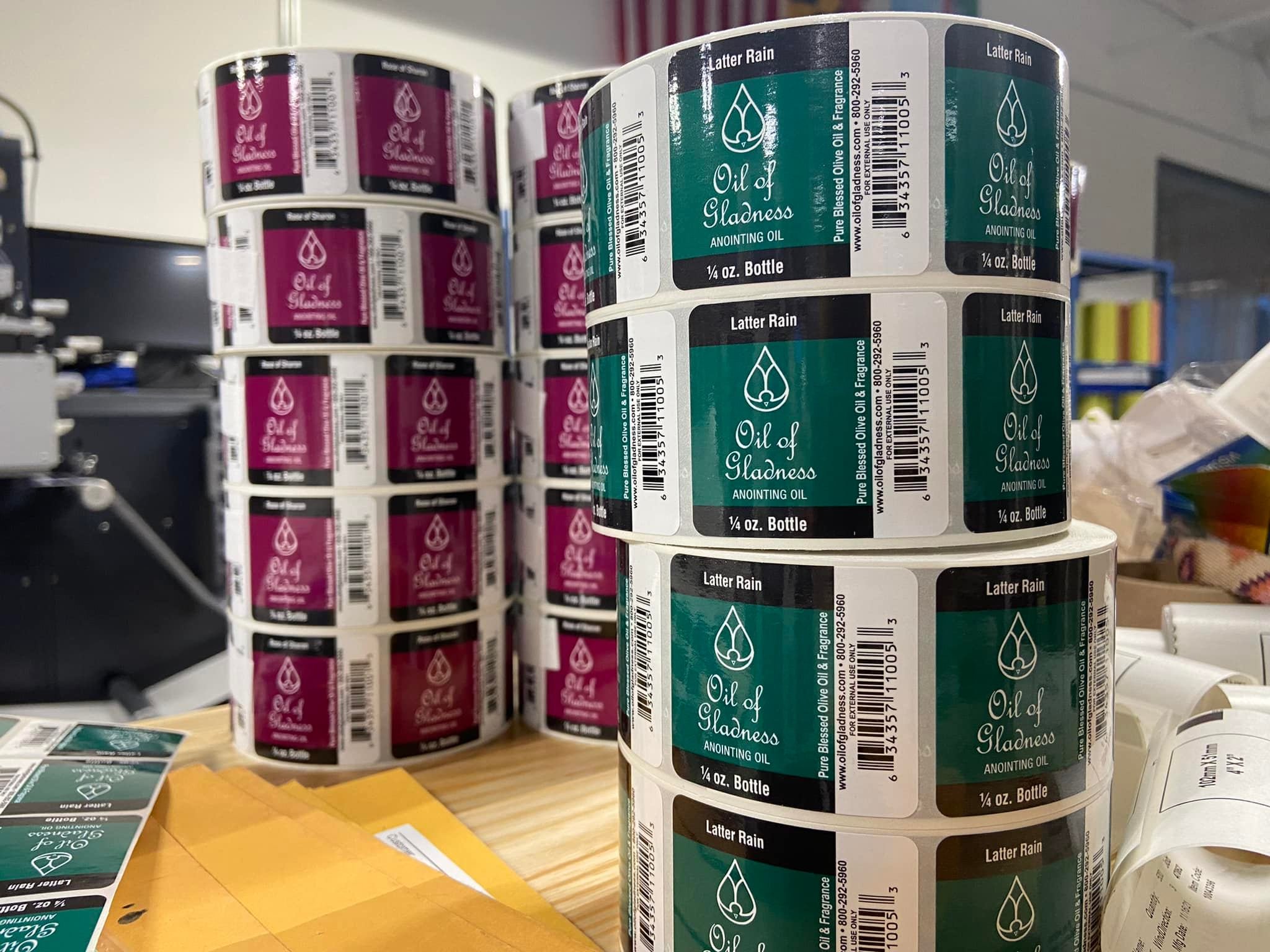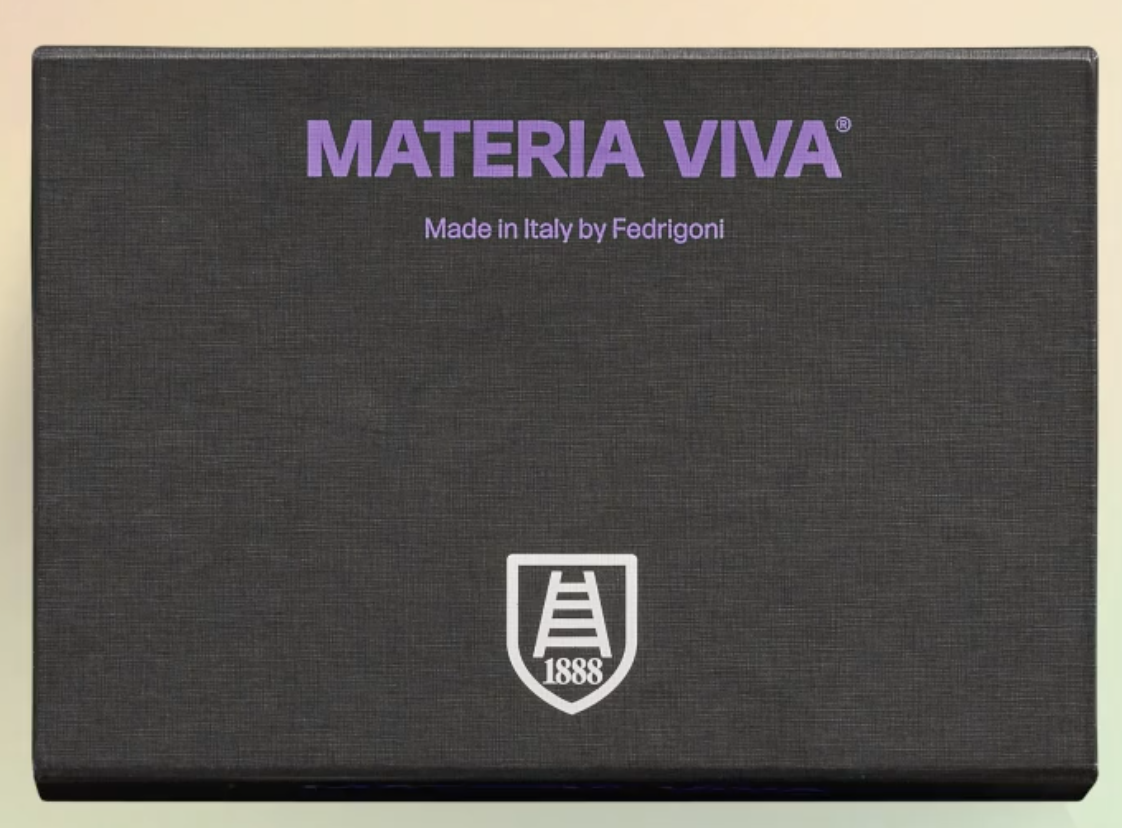Eco Enclose
EcoEnclose
🏭 US (Colorado)
What we like about EcoEnclose: Broad selection of thoughtfully considered stock packaging materials across shipping boxes, mailers, polybags, and cushioning. Unlike many suppliers, customization is available at low volumes. EcoEnclose offers black algae ink as a printing option at no upcharge on available products.

Paper Mailers
With options of flexible or rigid paper. Flexible kraft mailers can be made from 100% Recycled Content or 70% recycled content for more durability.
-
Kraft mailers have the feel of butcher paper, but the paper is typically thicker while still being flexible.
-
Paper is made from plants — a renewable resource. Most paper is made from trees. Trees sequester carbon, which is ultimately released back into the air at the paper's end of life when it biodegrades or is composted or incinerated.
Paper is lightweight in shipping and can be engineered for structural stability with flat pack shipping.
For more transparent sourcing, suppliers may source paper that has an FSC certification. The paper and forest industry created FSC certifications to set standards like stricter restrictions on clear cuts and pesticide use.
-
The best afterlife for most paper products — from collateral to boxes — is recycling. Most paper fibers can be recycled more than five times. Paper with tape or stickers can still be recycled, because non-paper materials are sifted out in the recycling process.
-
Printed designs will match the finish of the paper. For a shiny finish, you’ll need to inquire about added coatings. Coatings may also be necessary if your packaging needs extra water resistance.
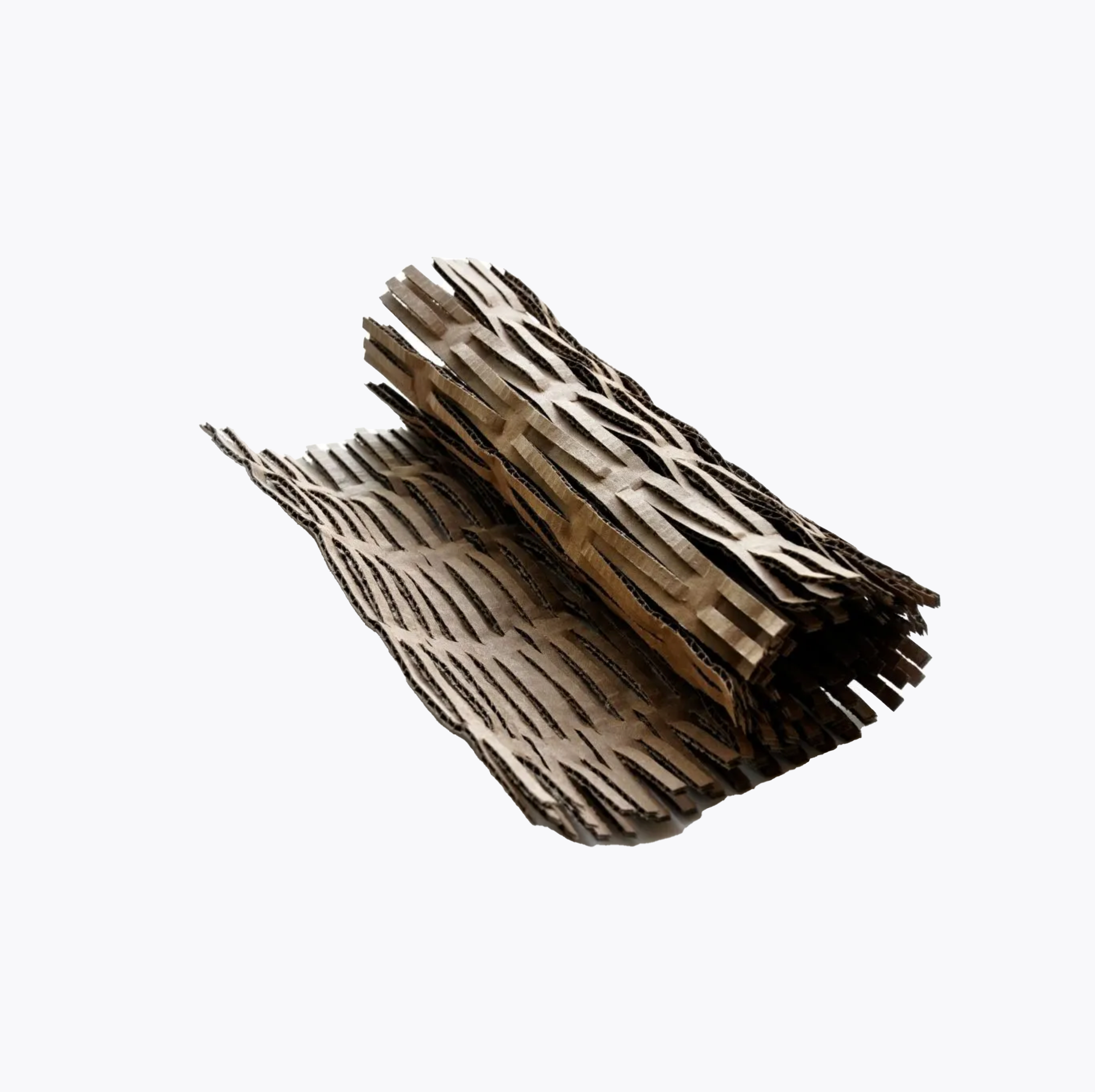
Corrugated Bubble
Made with 100% Recycled Cardboard with 95% post-consumer waste.
-
Corrugated bubbles is made from corrugated board, which is cut with a pattern of slits that enable it to bend and wrap as needed.
-
Paper is made from plants — a renewable resource. Most paper is made from trees. Trees sequester carbon, which is ultimately released back into the air at the paper's end of life when it biodegrades or is composted or incinerated.
EcoEnclose’s corrugated bubble is primarily made from scraps from their own box manufacturing, which is a great way to reduce their own manufacturing waste.
For more transparent sourcing, suppliers may source paper that has an FSC certification. The paper and forest industry created FSC certifications to set standards like stricter restrictions on clear cuts and pesticide use.
-
The best afterlife for most paper products — from collateral to boxes — is recycling. Most paper fibers can be recycled more than five times. Paper with tape or stickers can still be recycled, because non-paper materials are sifted out in the recycling process.
-
Technically, corrugated bubble could be printed before it’s converted, but it’s unclear if EcoEnclose offers those capabilities.

Poly Mailers
Made from 100% recycled content and 50% post-consumer waste. Available in ivory and gray.
-
Plastic film comes in various thicknesses, but it's thin enough to be flexible with a little stretch. EcoEnclose’s mailers come in gray or ivory. Dual adhesive strips are stock, for easy reuse and returns.
-
Traditional plastic is derived from fossil fuels which are a non-renewable resource. In addition to that, they release greenhouse gases in production and require a tremendous amount of energy, from oil drilling to manufacturing.
EcoEnclose’s mailers are entirely made from recycled plastic which lowers their reliance on virgin fossil fuels, and aids in capturing plastic waste.
The vast majority of plastic (over 90%) is not recycled and ends up in landfills or waterways. Whether it ends up in a landfill or waterway, plastic takes decades to degrade.
-
In 2021, the US recycled less than 6% of its plastic waste, according to a study by Beyond Plastics.
While plastics with the resin codes #1 and #2 (PET and HDPE) have a higher likelihood of being recycled, plastic as a whole has a very low likelihood of actually being recycled. This is due to several factors including the lack of recycling infrastructure, the number of plastic types, the sheer volume of plastic waste, and the quick degradation of the polymers in recycling. Even if plastic ends up in a recycling bin, most of it will end up in landfills or oceans.
To minimize the amount of plastic sent to landfills, use paper-based or glass alternatives, or opt for refillable or practically reusable designs.
-
Use discretion when using plastic resin codes (the recycling symbol surrounding a number). They can be misleading because they imply that a type of plastic is recyclable, when in many cities that's not the case. Plastics #1 and #2 (PET and HDPE) are most widely accepted for recycling, unless they're made into plastic film.
On your design, it's ideal to indicate the plastic type and encourage customers to look into the rules for their city before recycling.
Paper Mailers
Large offering of stock paper and plastic ecommerce solutions, with impressive PCR rates.
Manufacturer of boxes and paper mailers that also specializes in high quality adhesive and labels.
Expansive catalog of stock and custom ecommerce packaging, from mailers and boxes to tape and labels.
Selection of home compostable plastic mailers and bags. They also carry compostable tape and labels.
Poly Bags & Films
Large offering of stock paper and plastic ecommerce solutions, with impressive PCR rates.
Biopolymer extracted from nature to take many forms: films, rigid containers, and more.
Selection of home compostable plastic mailers and bags. They also carry compostable tape and labels.
Trays & Inserts
Specializes in corn starch foam, a dissolvable, home-compostable alternative to plastic foam and insulation.
Cushioning
Large offering of stock paper and plastic ecommerce solutions, with impressive PCR rates.
Specializes in corn starch foam, a dissolvable, home-compostable alternative to plastic foam and insulation.
Jars & Bottles
Industrially compostable bamboo bioplastic jars and bottles for personal care products.
Glass bottles and jars for food and beverage, made from an average of 60% recycled content.
Personal care packaging like bottles and tubes made from 100% post consumer recycled plastic, sugarcane, or aluminum.
Glass containers made from high percentages of recycled glass and ocean-bound plastic caps.
Glass manufacturer, specializing in cosmetics and perfume, with options for plastic closures.
Jars and bottles, with options for recycled content in addition to mono-material pouches.
Corrugated
US-based corrugated manufacturer with 100% recycled content Envirokraft line. Strongest TikTok game in the corrugated manufacturing world.
Corrugated manufacturer with options for a water and grease barrier that’s compatible with paper recycling.
US-based supplier carrying a good array of stock options and are capable of doing custom solutions.
Manufacturer of boxes and paper mailers that also specializes in high quality adhesive and labels.
Expansive catalog of stock and custom ecommerce packaging, from mailers and boxes to tape and labels.
Folding Cartons
Utah PaperBox is a folding carton and rigid packaging manufacturer based in Salt Lake City.
European manufacturer offering recyclable paper packaging with barrier protection against water and grease.
Folding cartons and collateral made from paper blend made from 50% hemp 50% recycled paper.
Specializing in paperboard boxes, folding cartons, and collateral, with options for 100% recycled paper.
Expansive catalog of stock and custom ecommerce packaging, from mailers and boxes to tape and labels.
Personal care packaging like bottles and tubes made from 100% post consumer recycled plastic, sugarcane, or aluminum.
Food Service
Large catalog of low minimum compostable options. Be wary of PLA with further research.
Inks & Coatings
Raw Materials
Industrially compostable bamboo bioplastic jars and bottles for personal care products.
European manufacturer offering recyclable paper packaging with barrier protection against water and grease.
Folding cartons and collateral made from paper blend made from 50% hemp 50% recycled paper.
Biopolymer extracted from nature to take many forms: films, rigid containers, and more.
Labels
High-performing self-adhesive paper and film products for an extensive set of end-uses, with a range of fossil fuel-free options.
Quality custom labels, shrink sleeves, and hang tags with fast turn around for a variety of industries.
Manufacturer of boxes and paper mailers that also specializes in high quality adhesive and labels.
Expansive catalog of stock and custom ecommerce packaging, from mailers and boxes to tape and labels.
Selection of home compostable plastic mailers and bags. They also carry compostable tape and labels.
Specialty Papers
European manufacturer offering recyclable paper packaging with barrier protection against water and grease.
Folding cartons and collateral made from paper blend made from 50% hemp 50% recycled paper.

